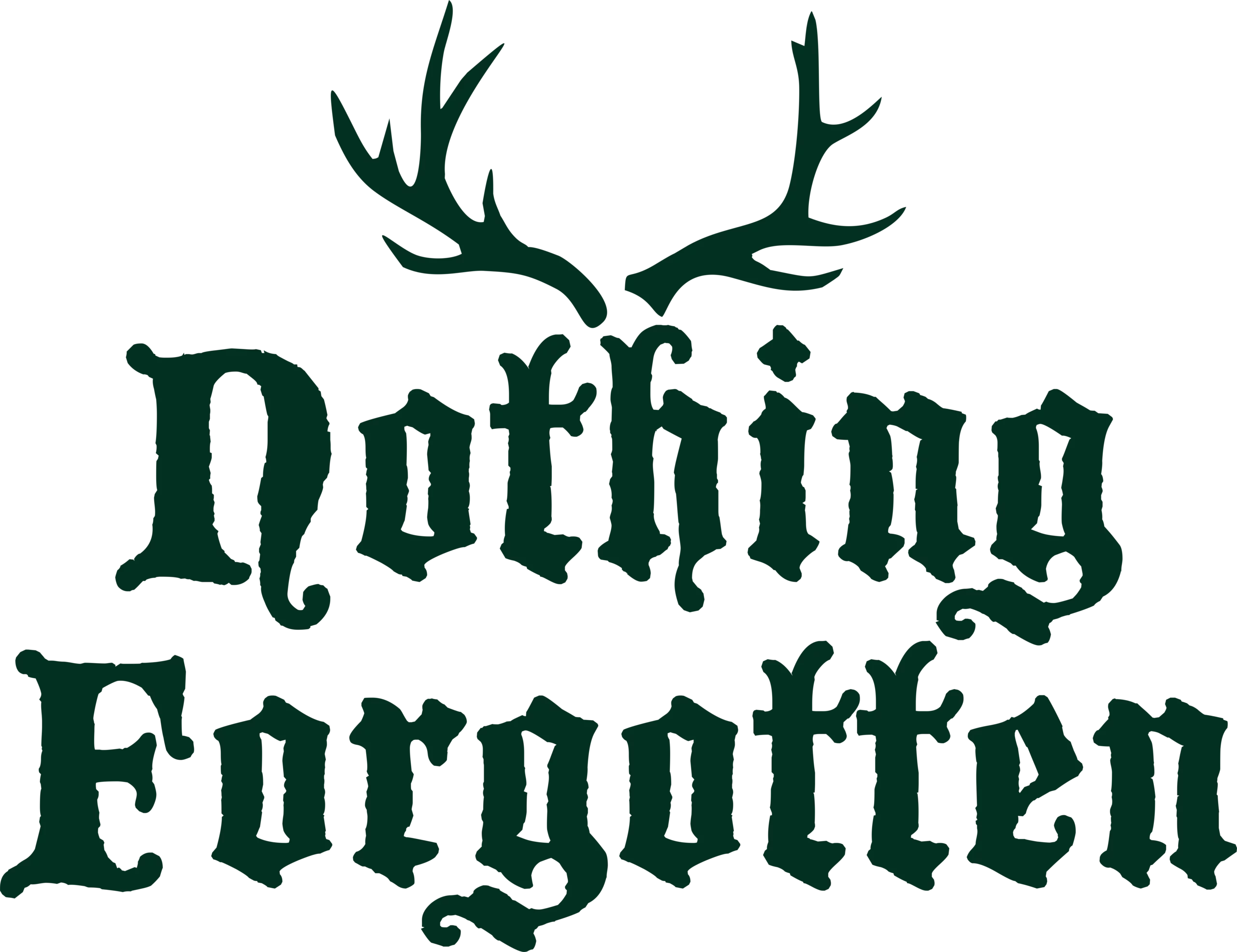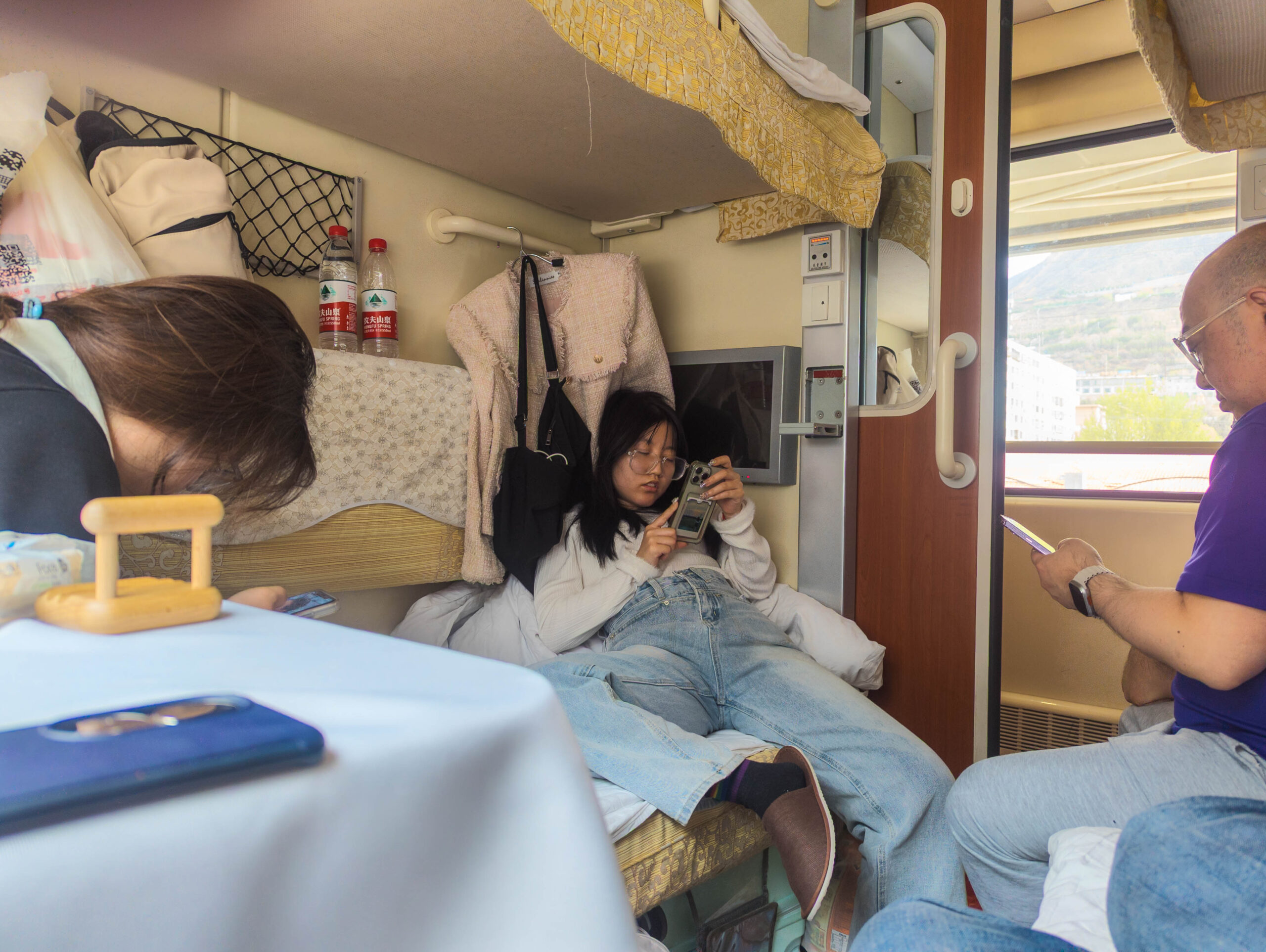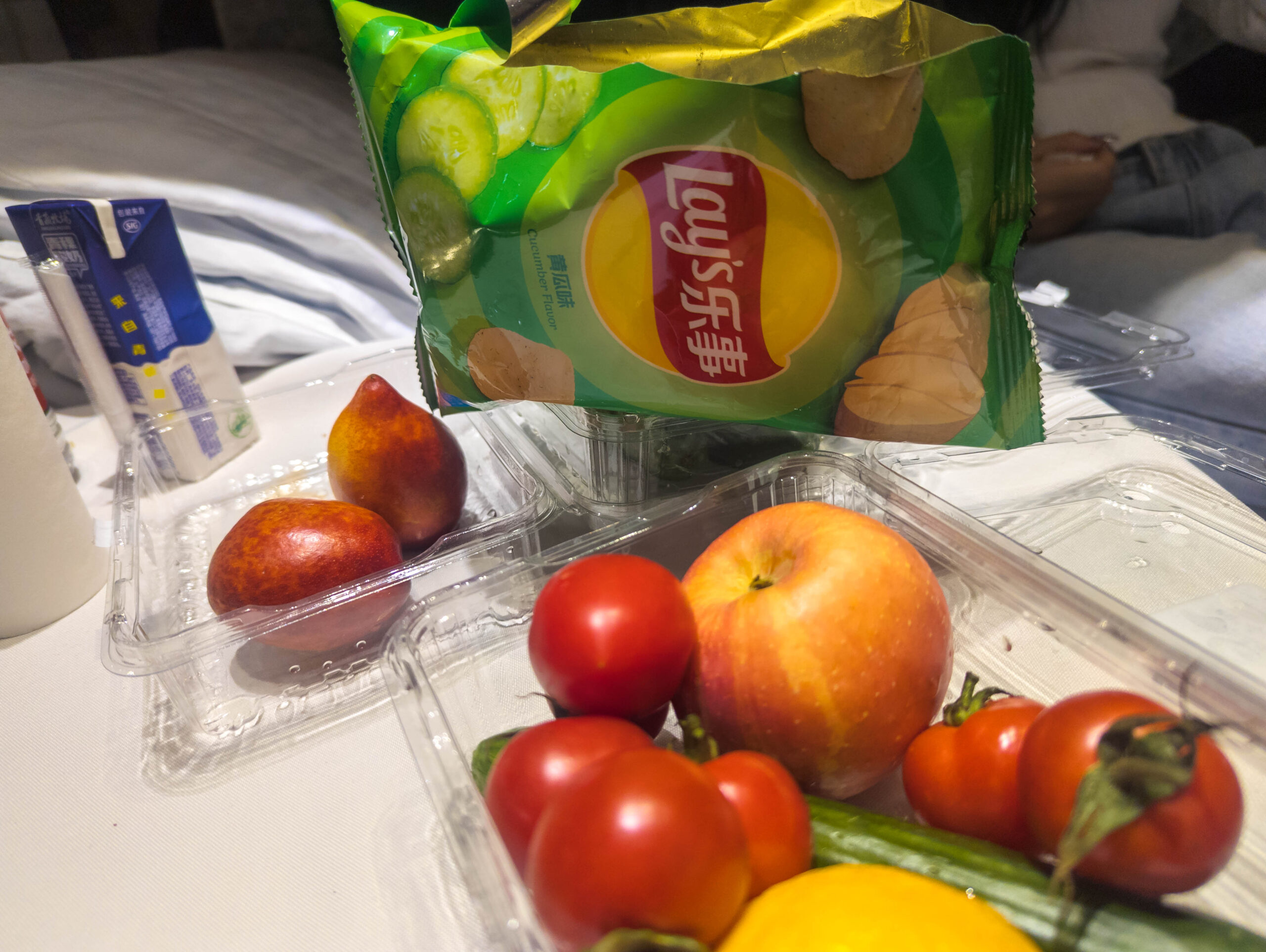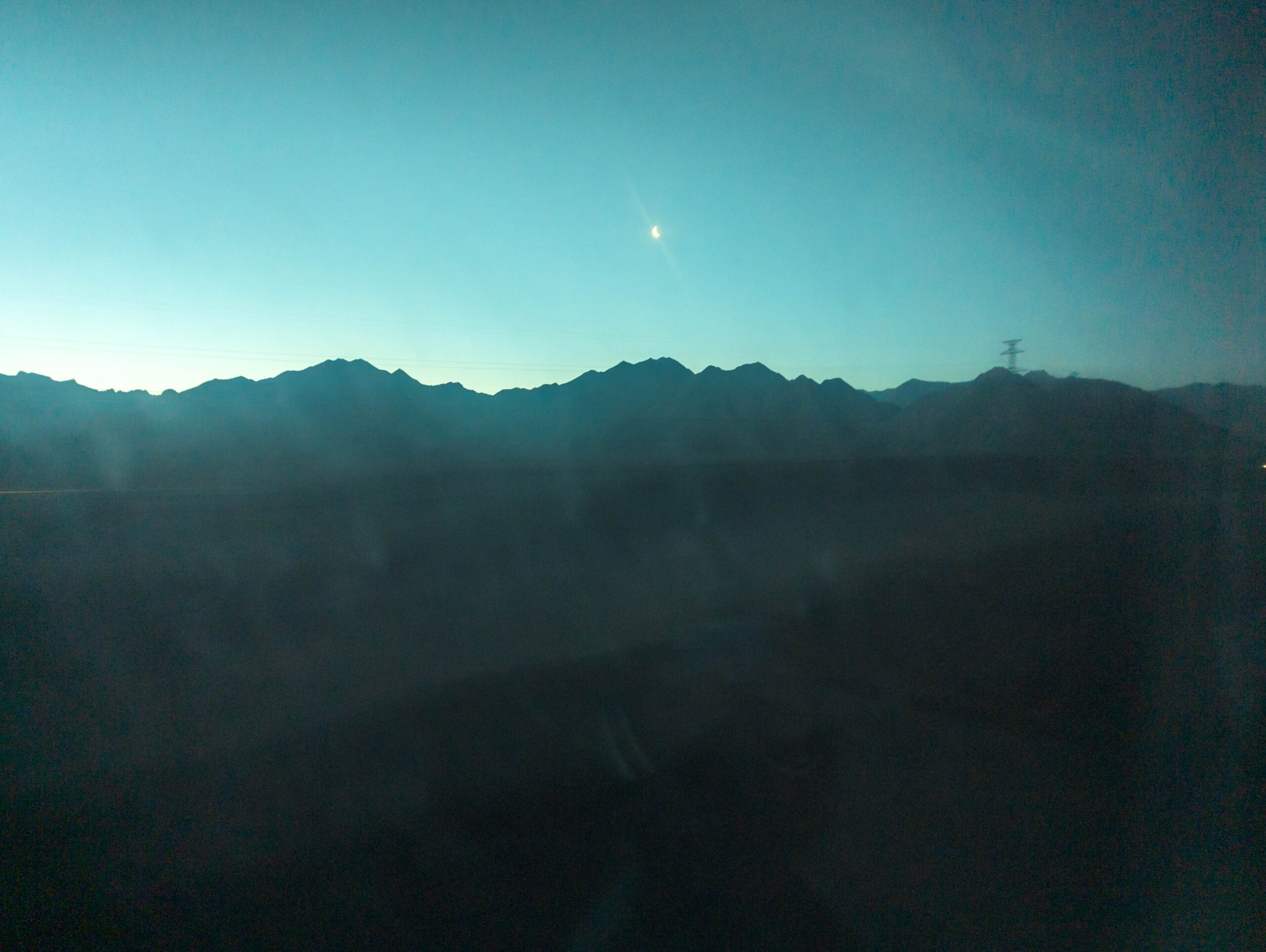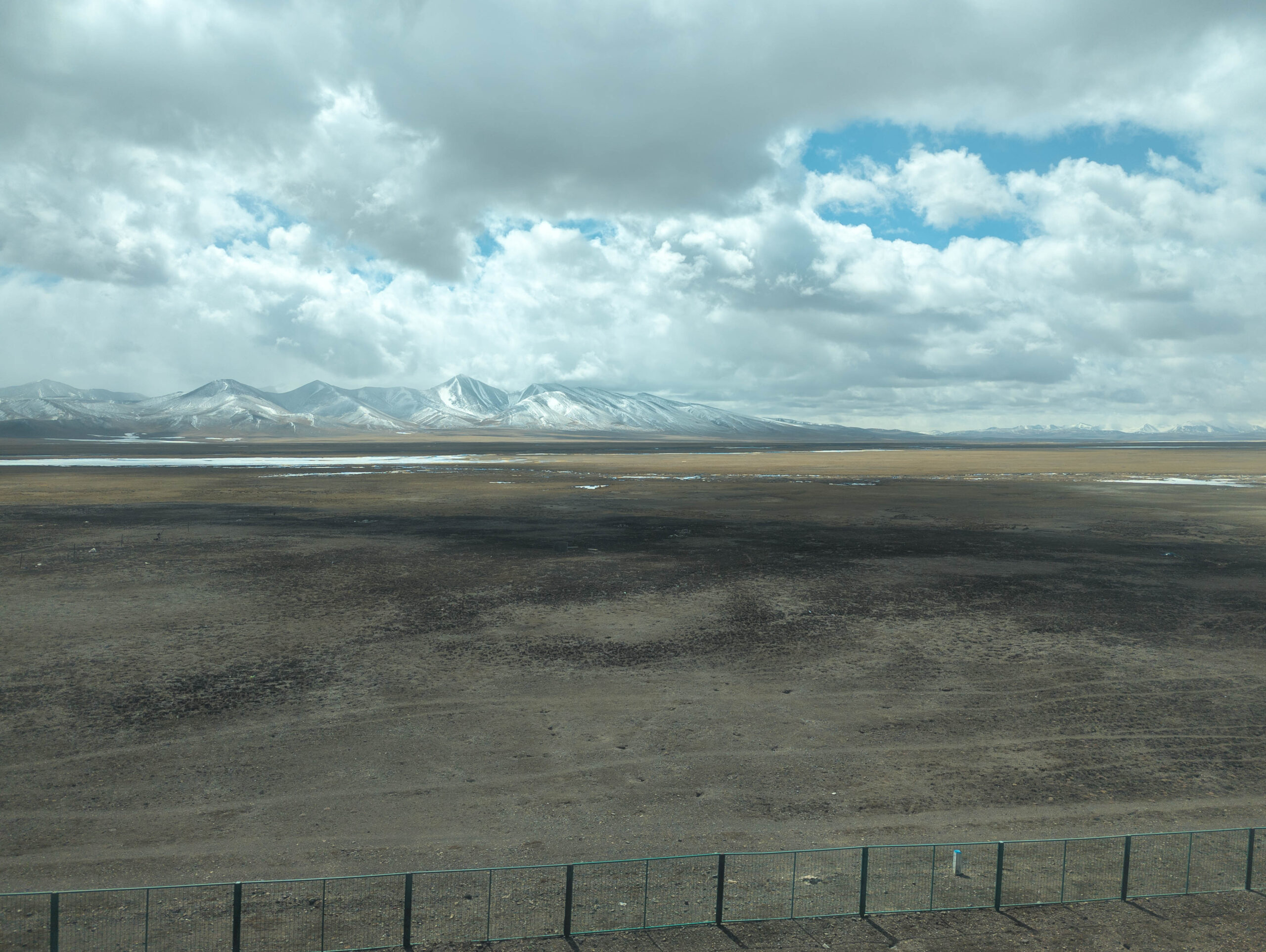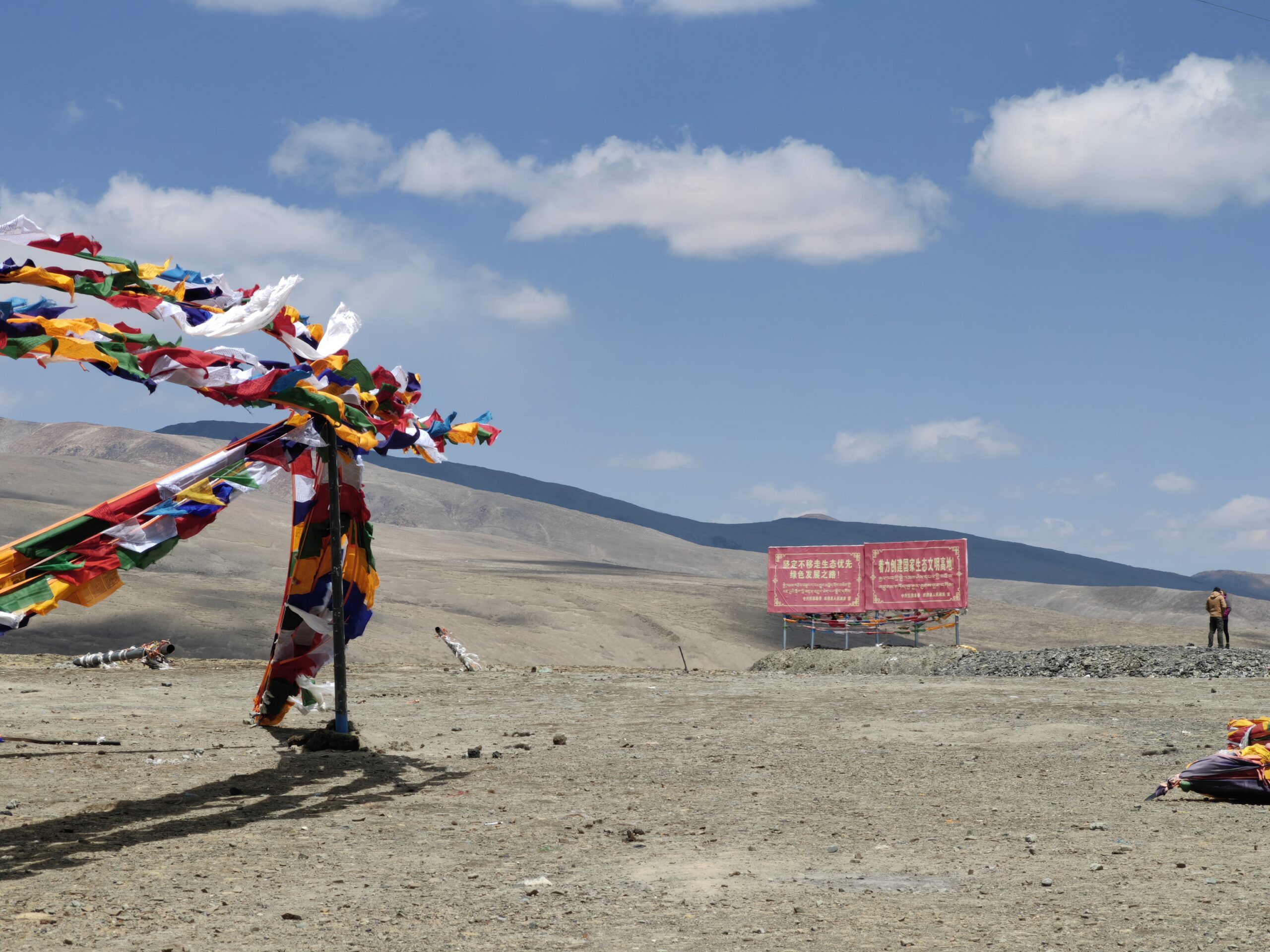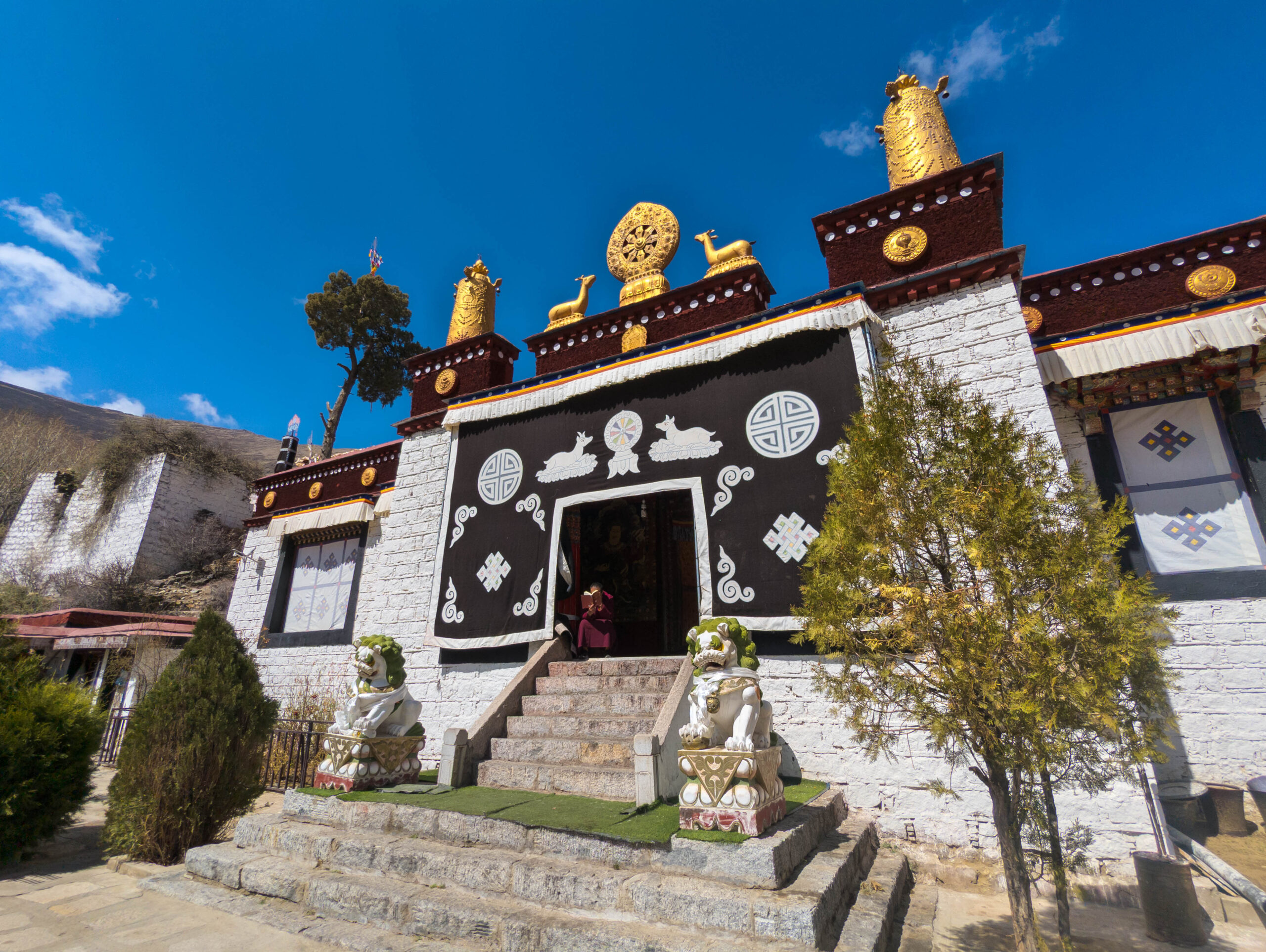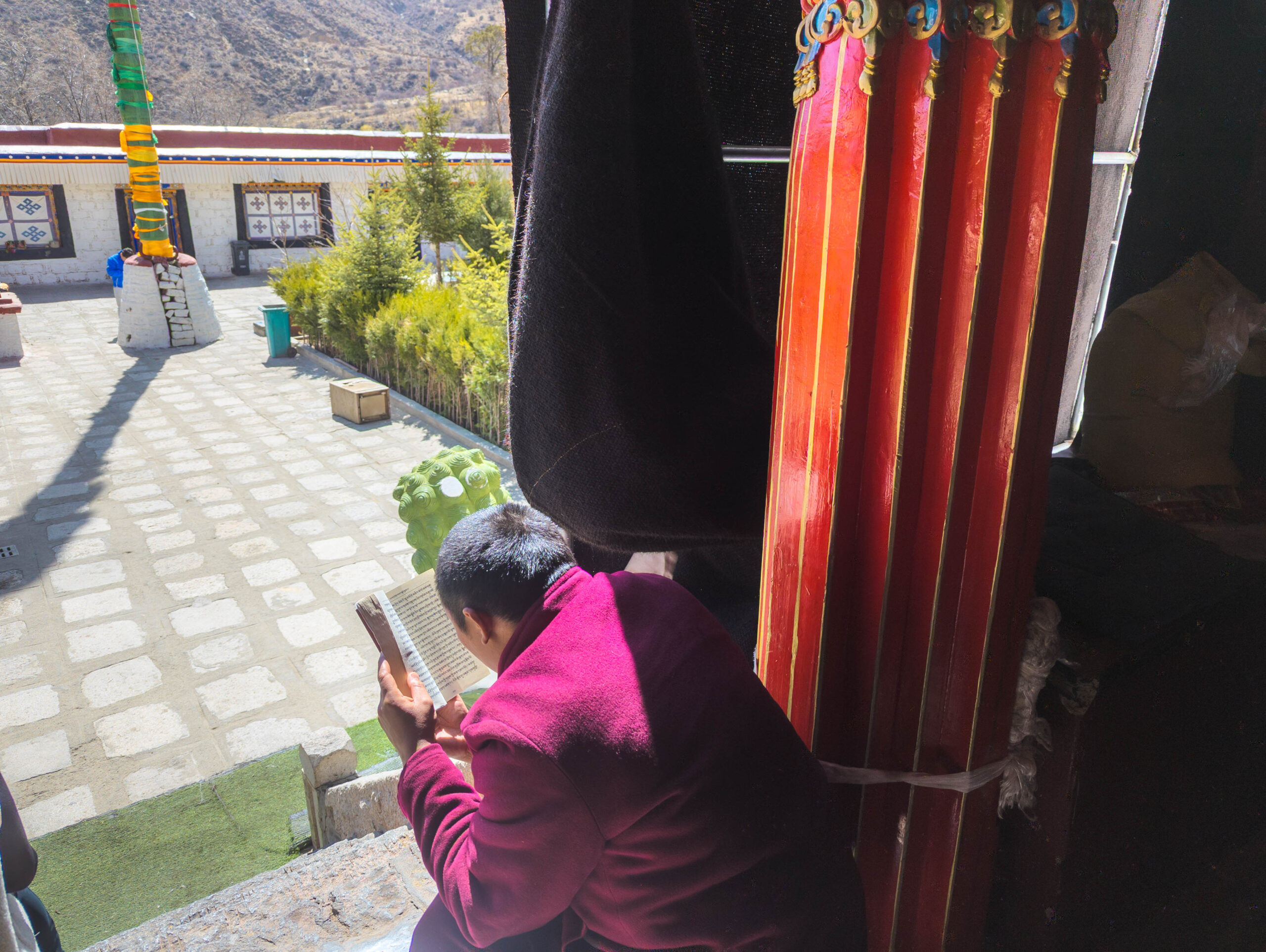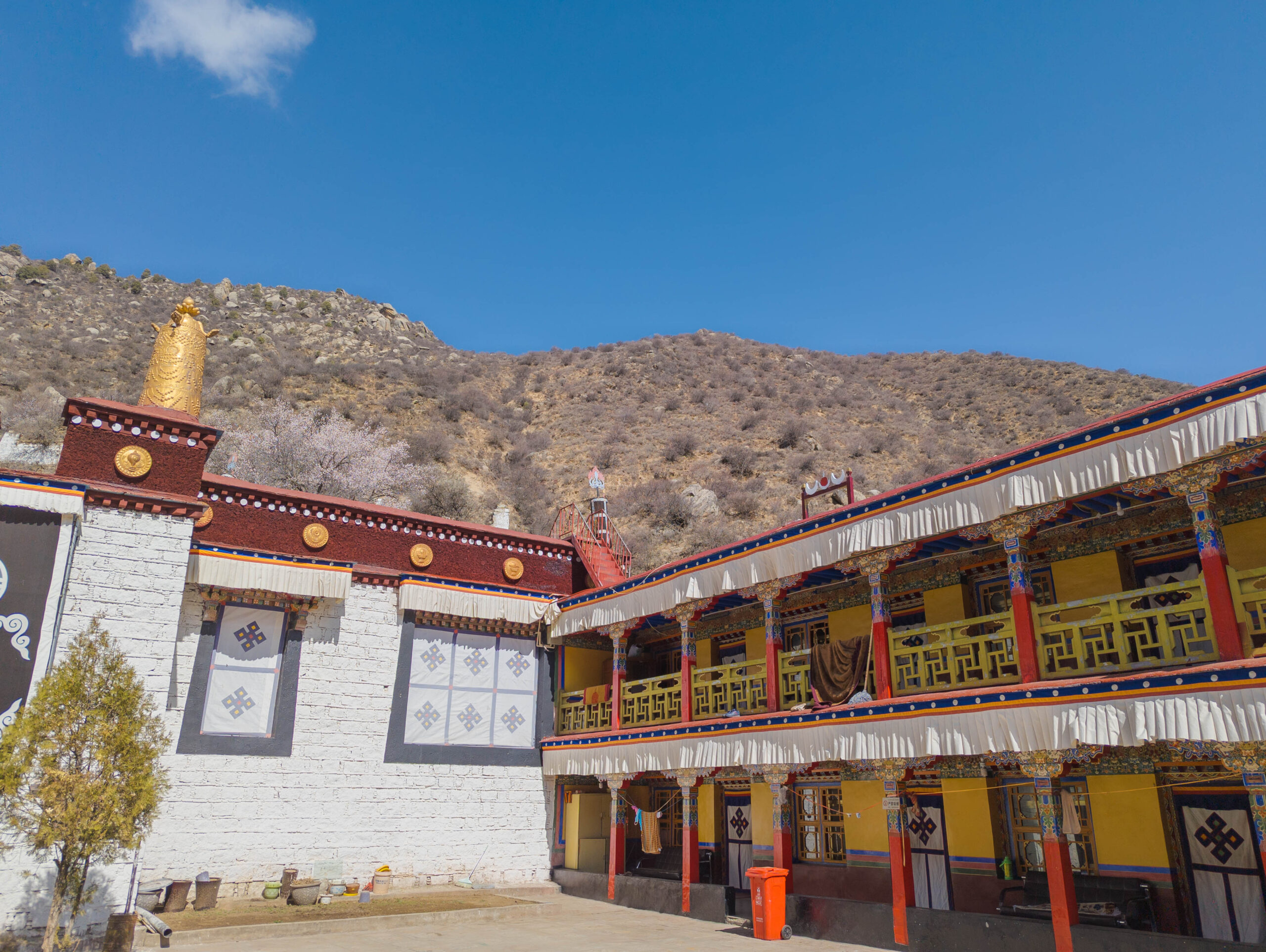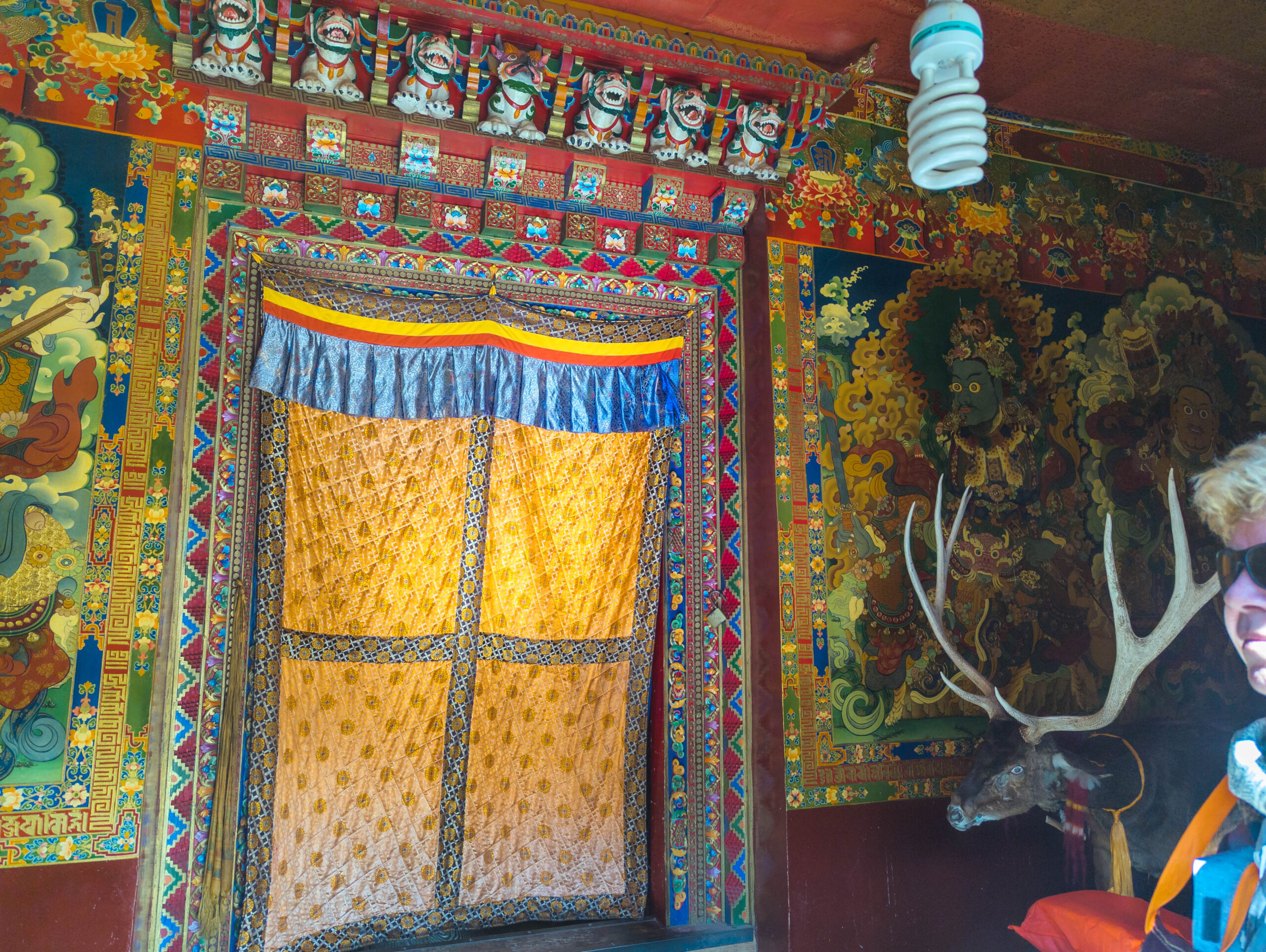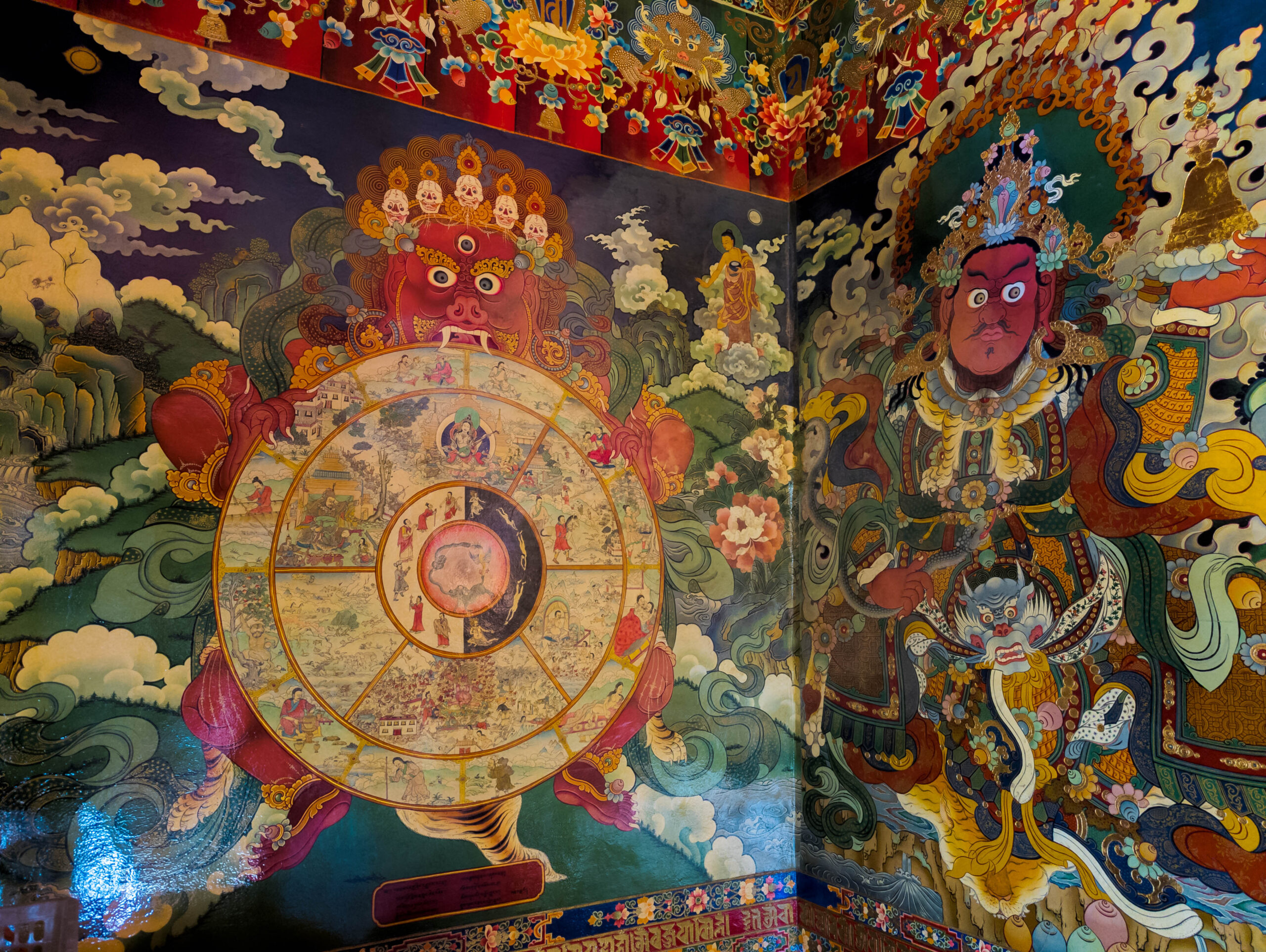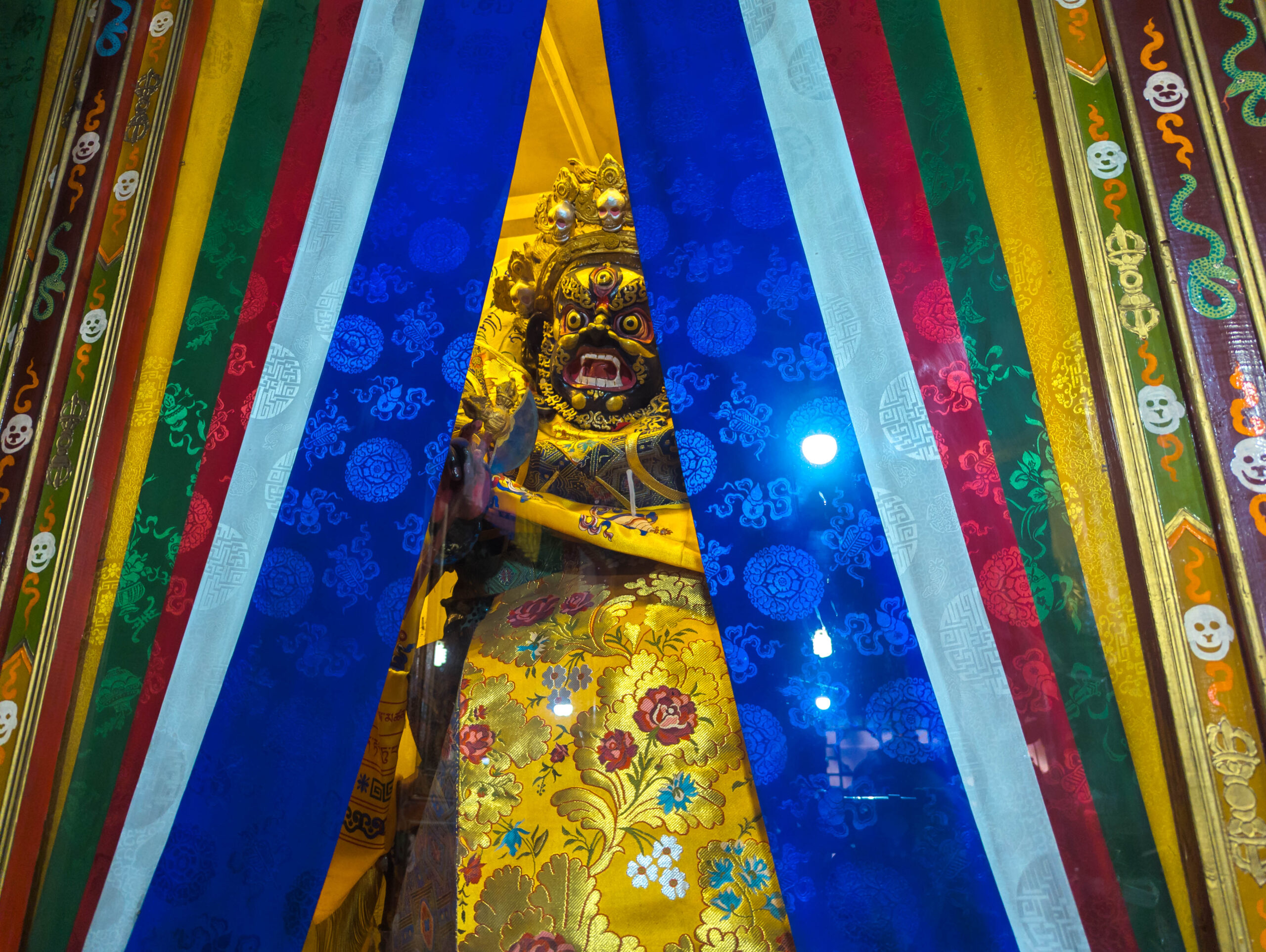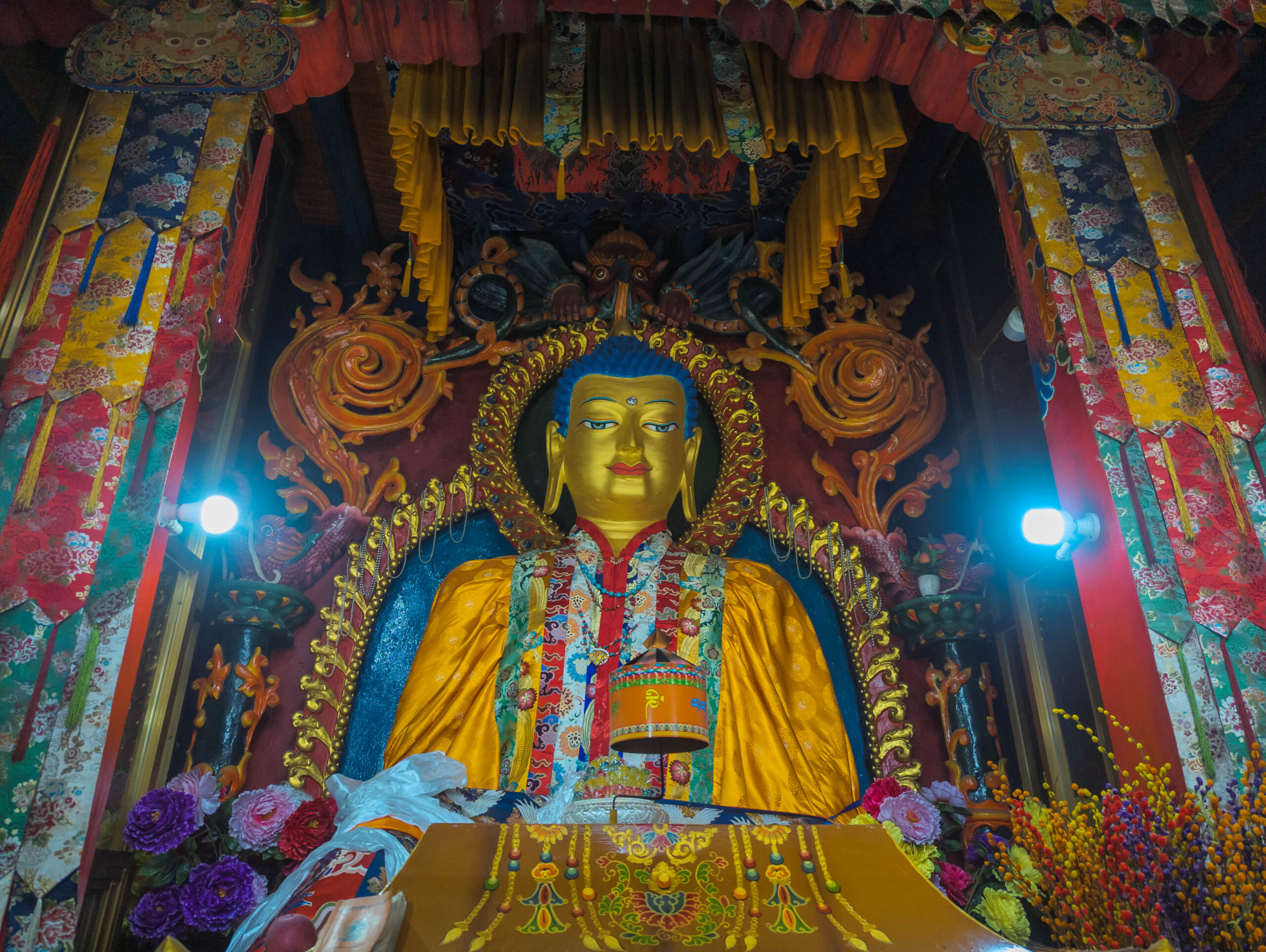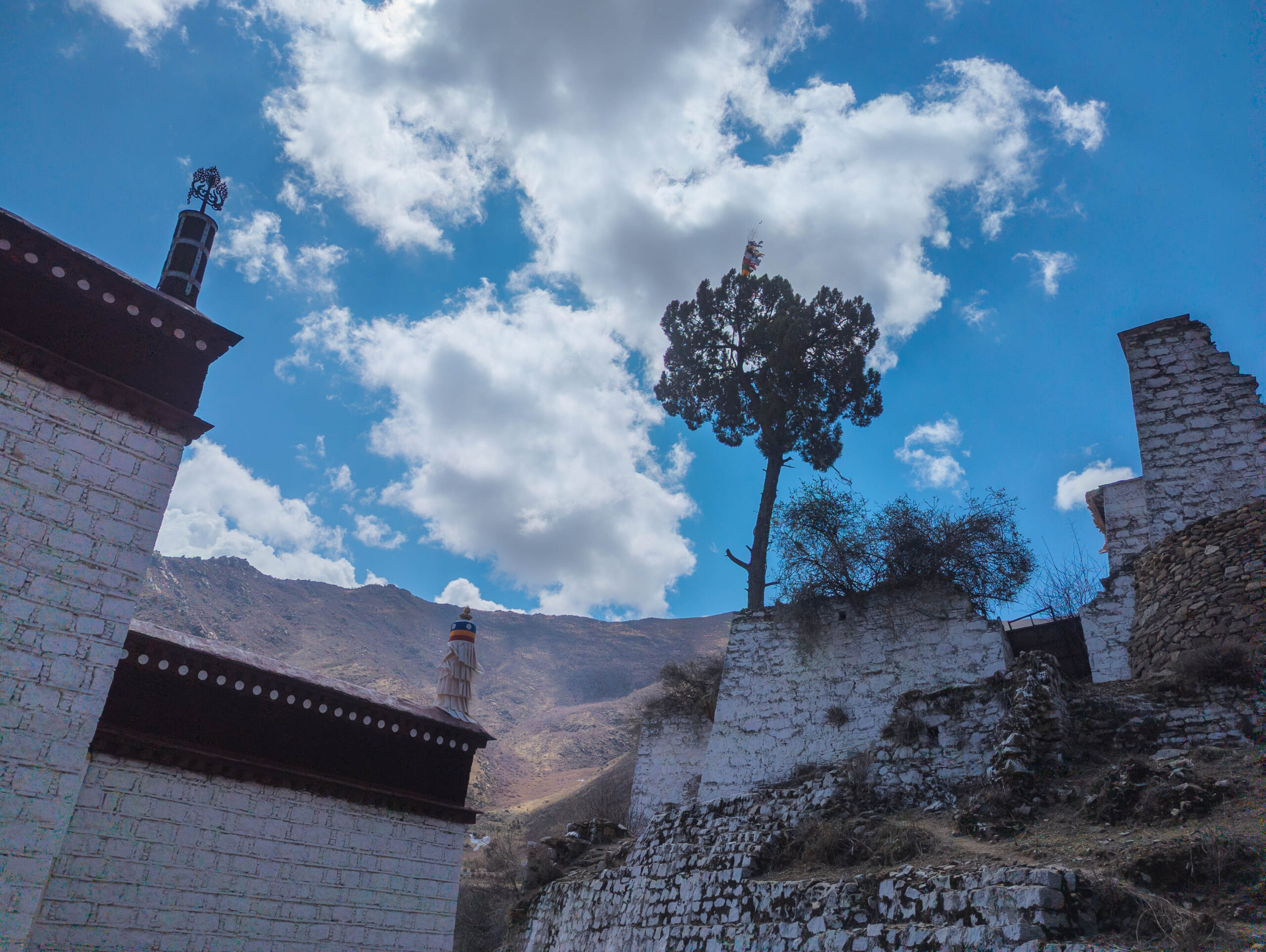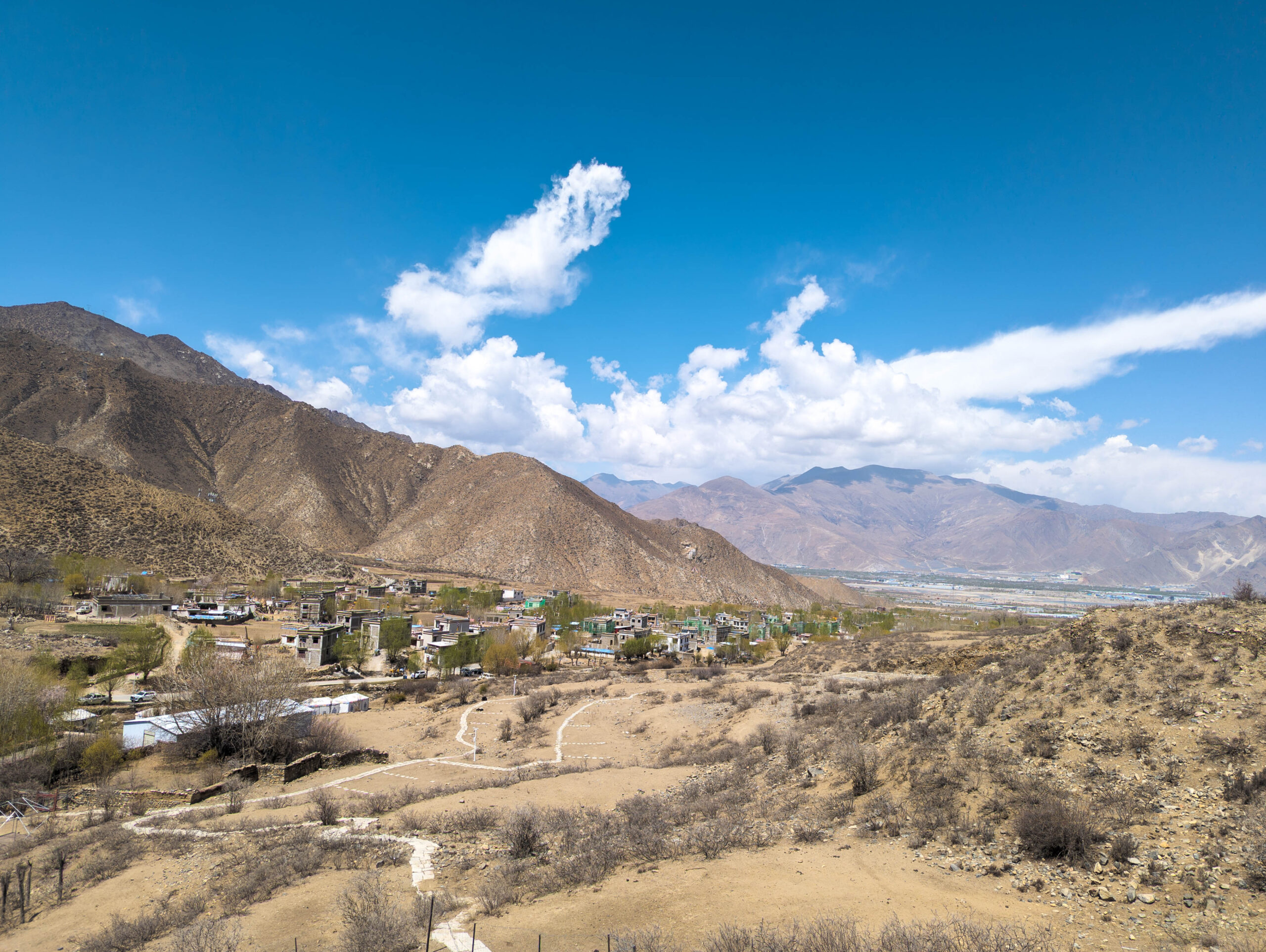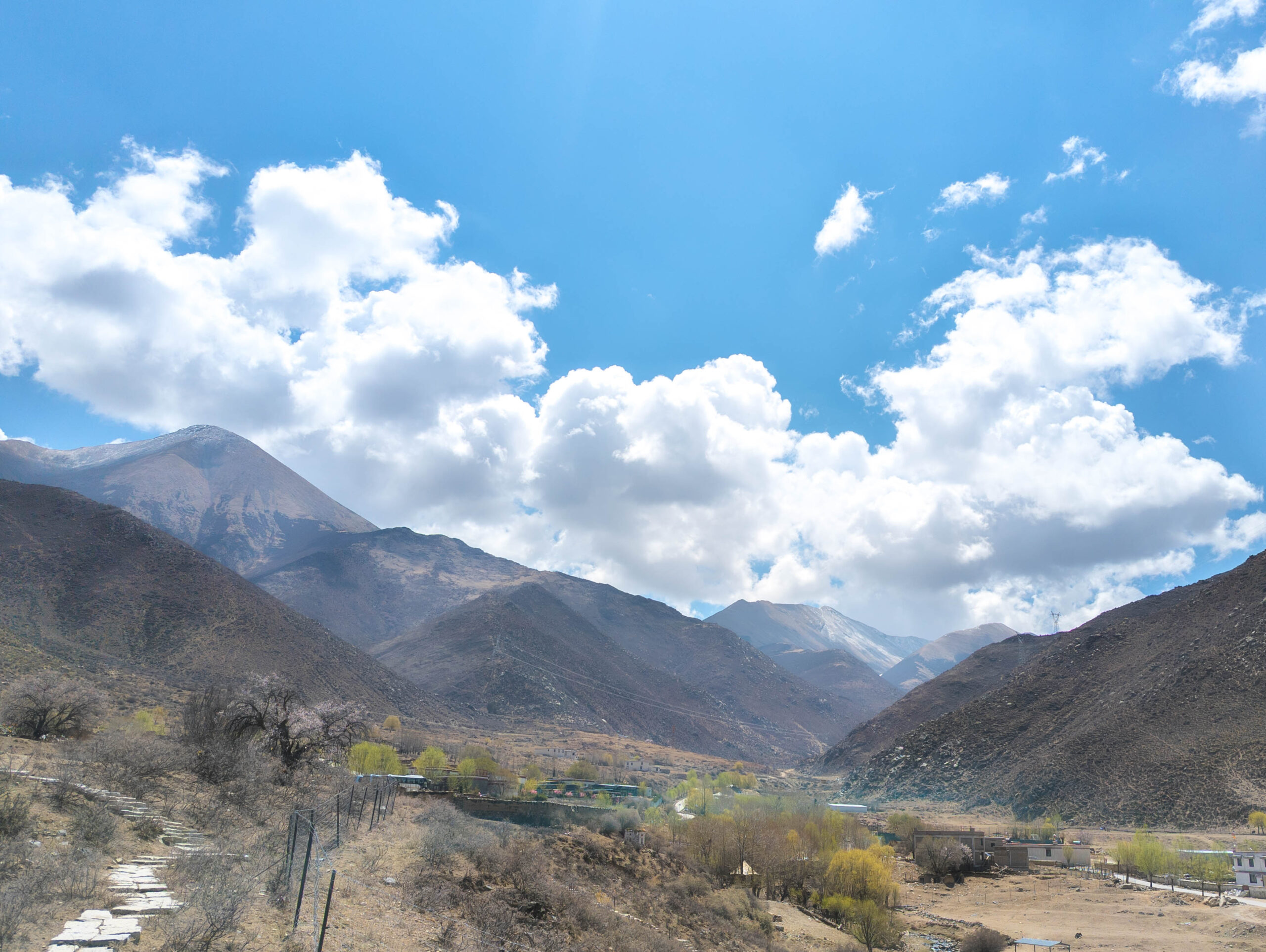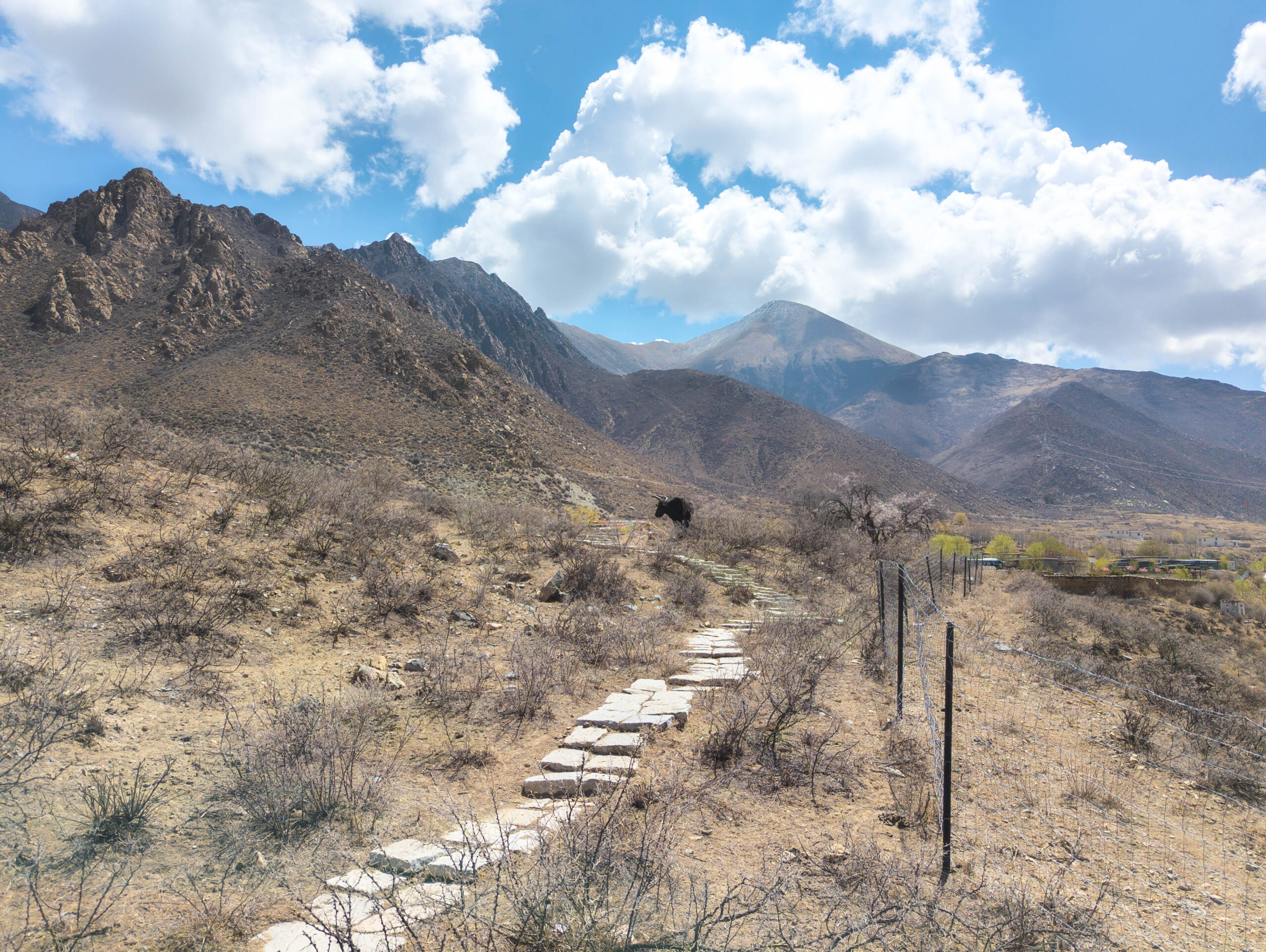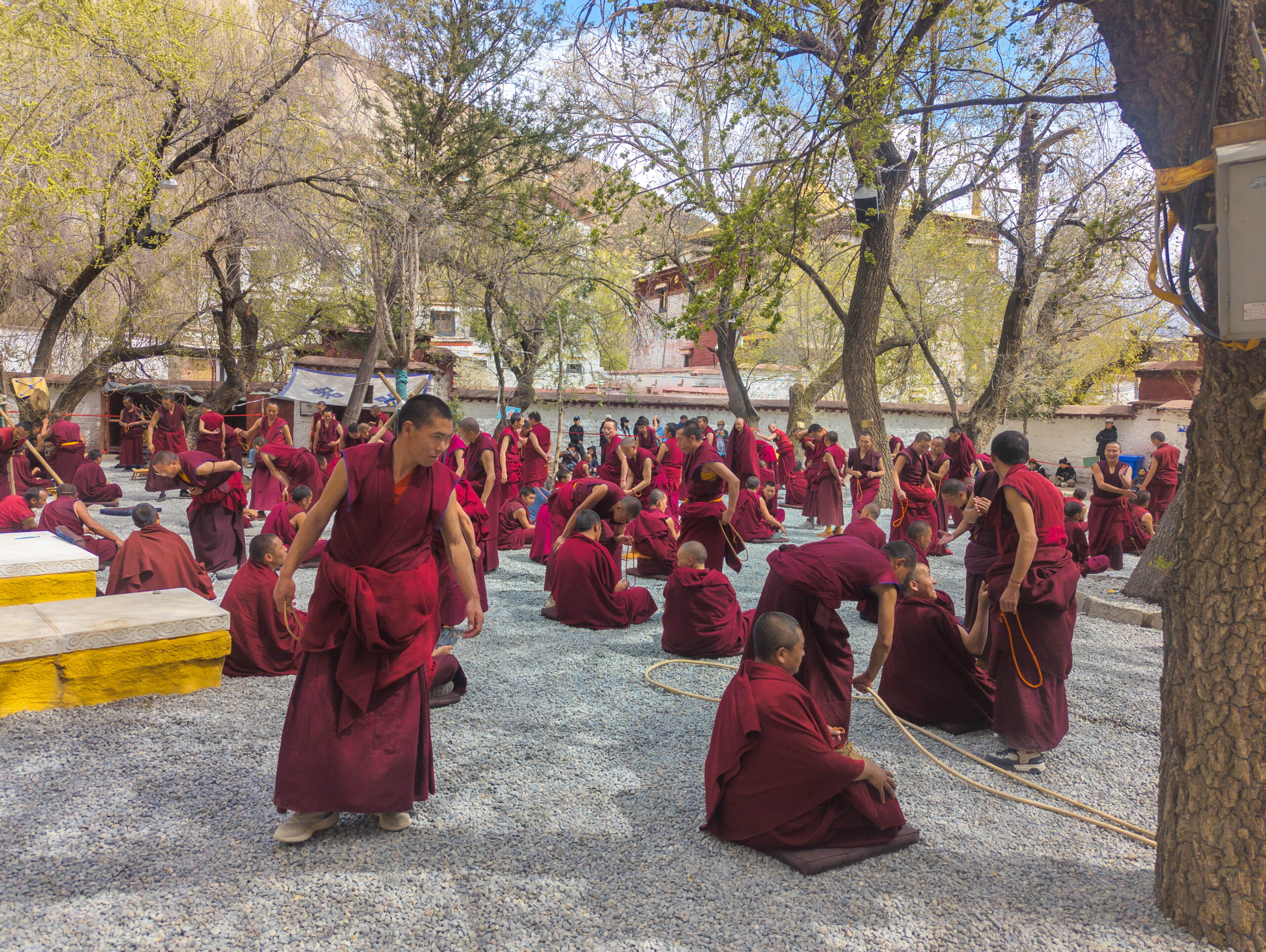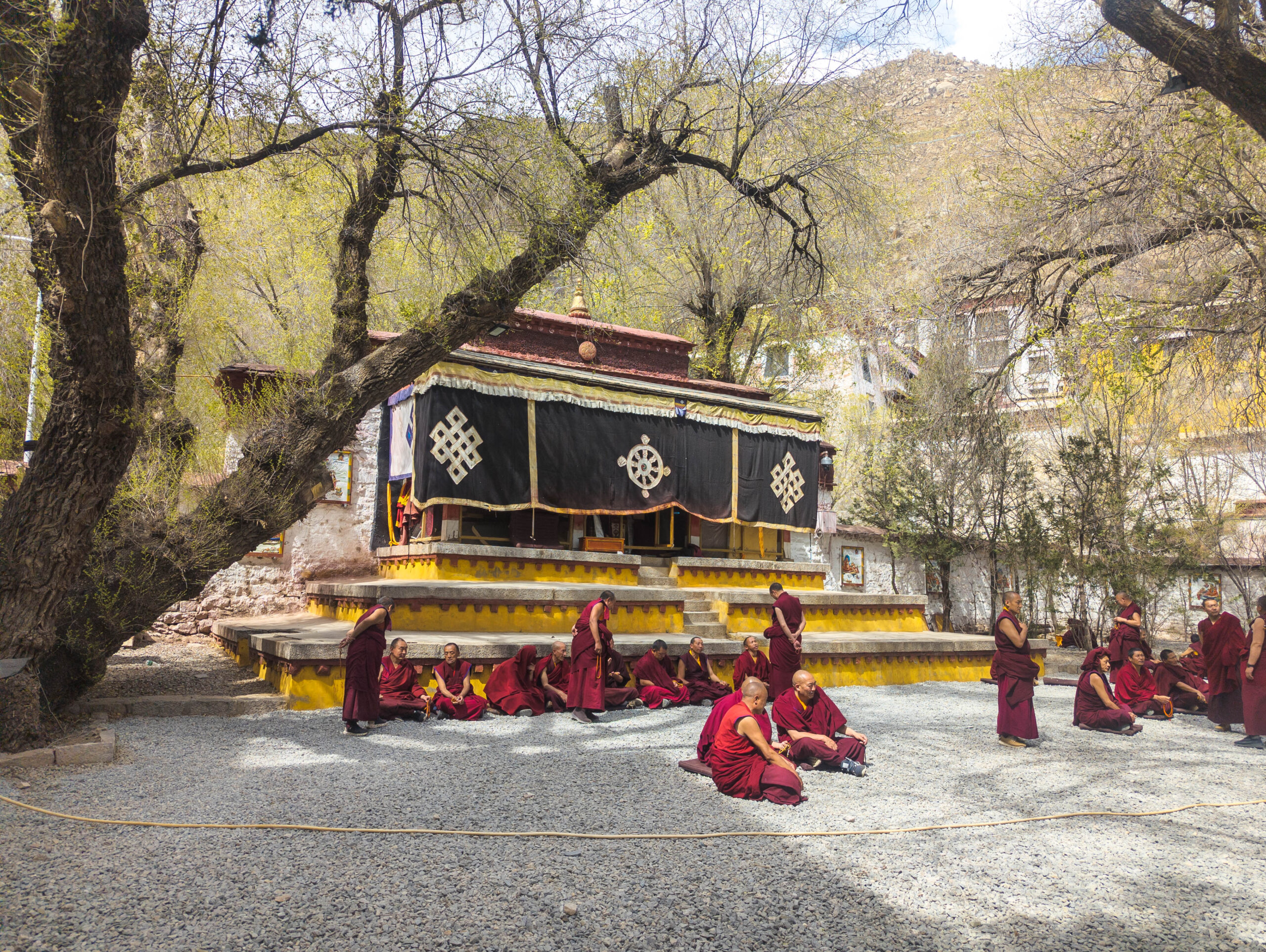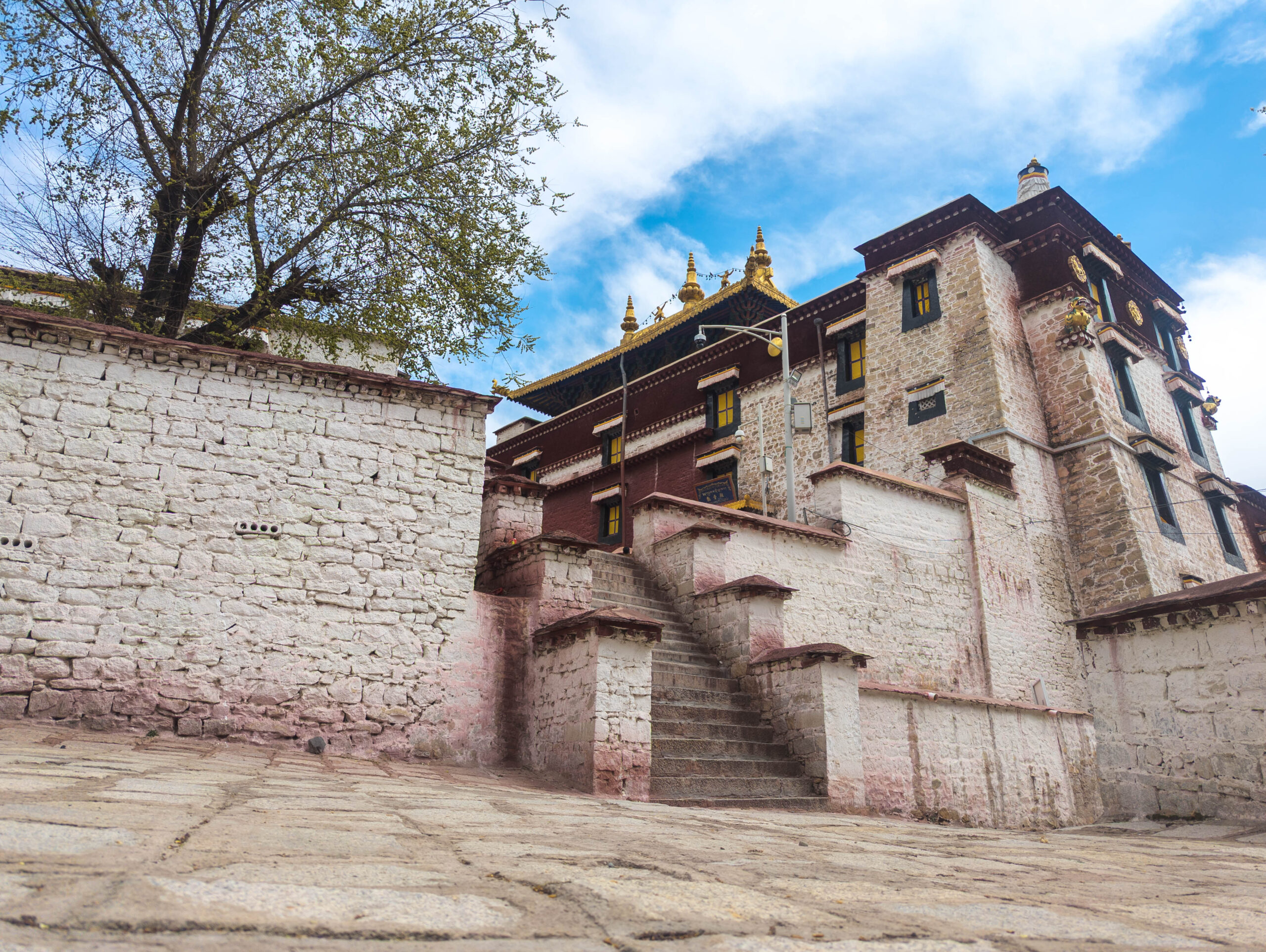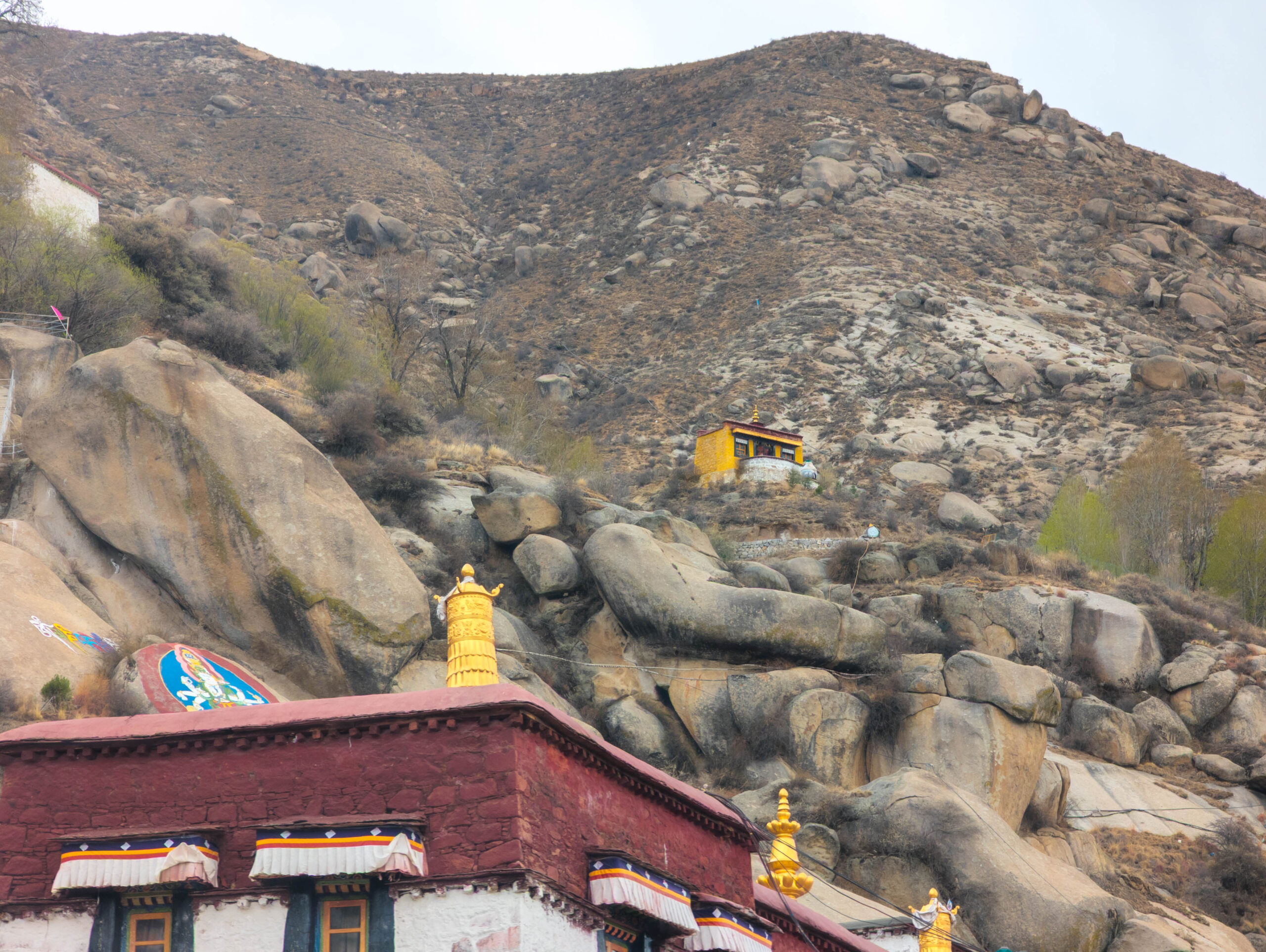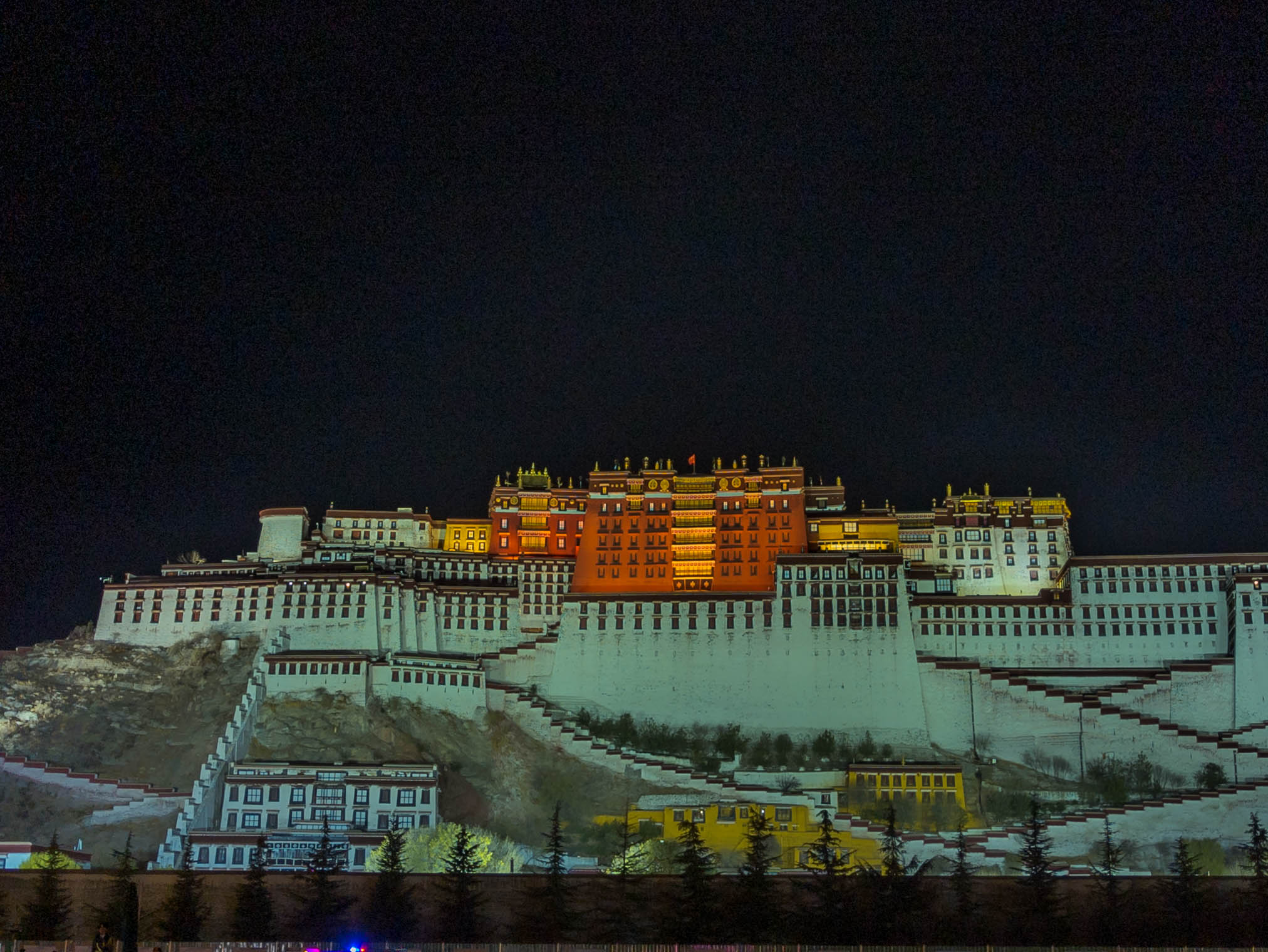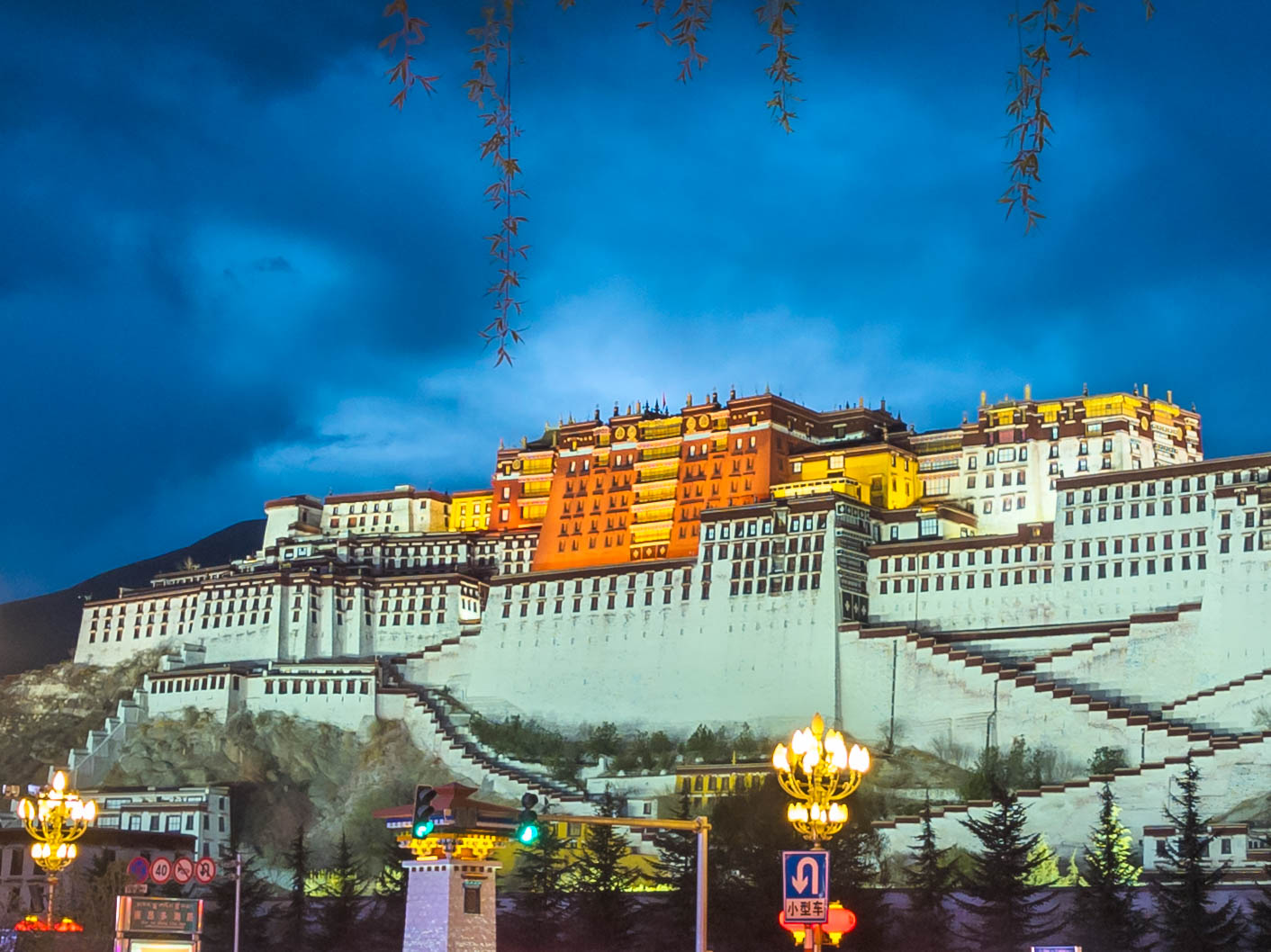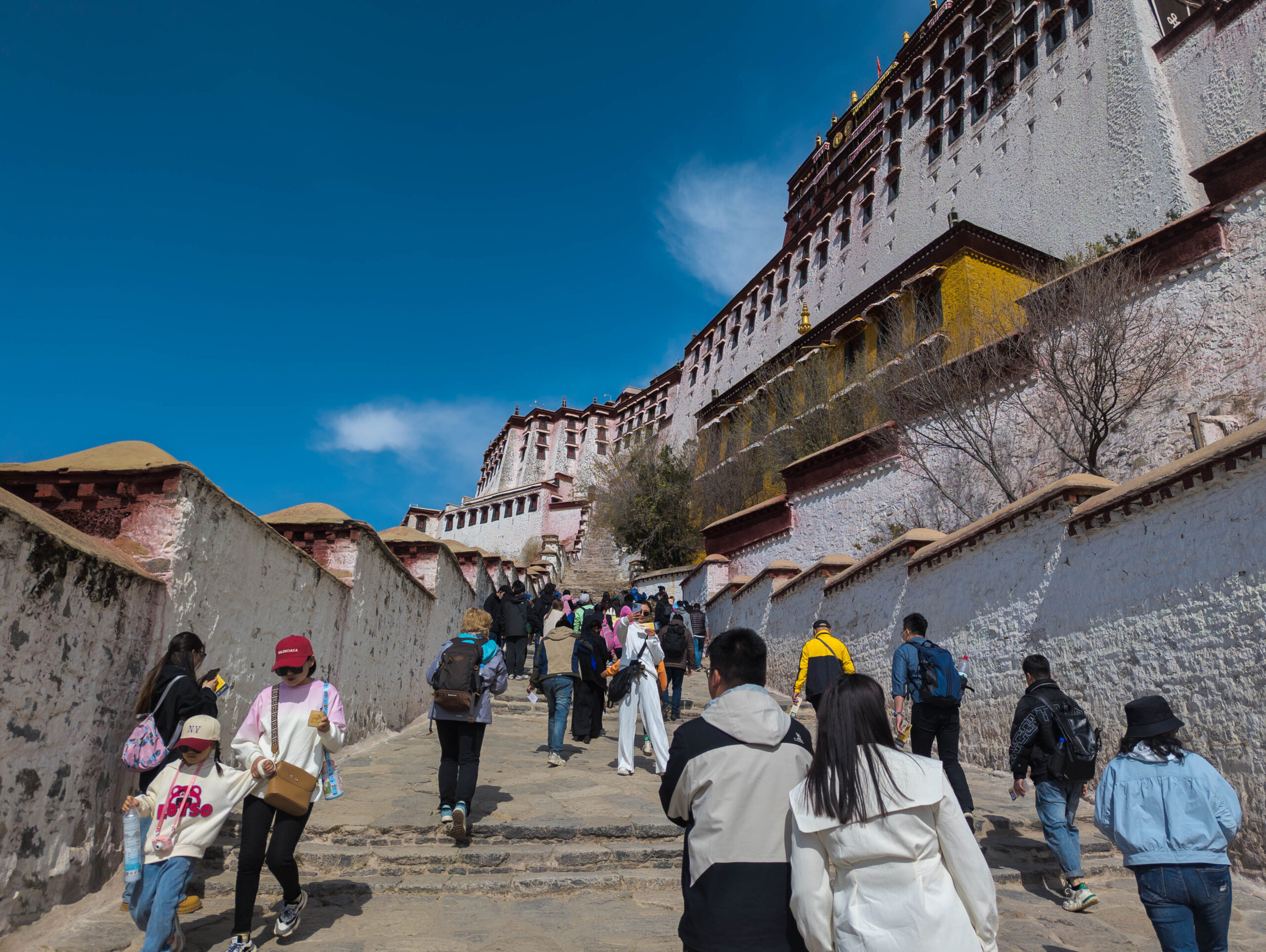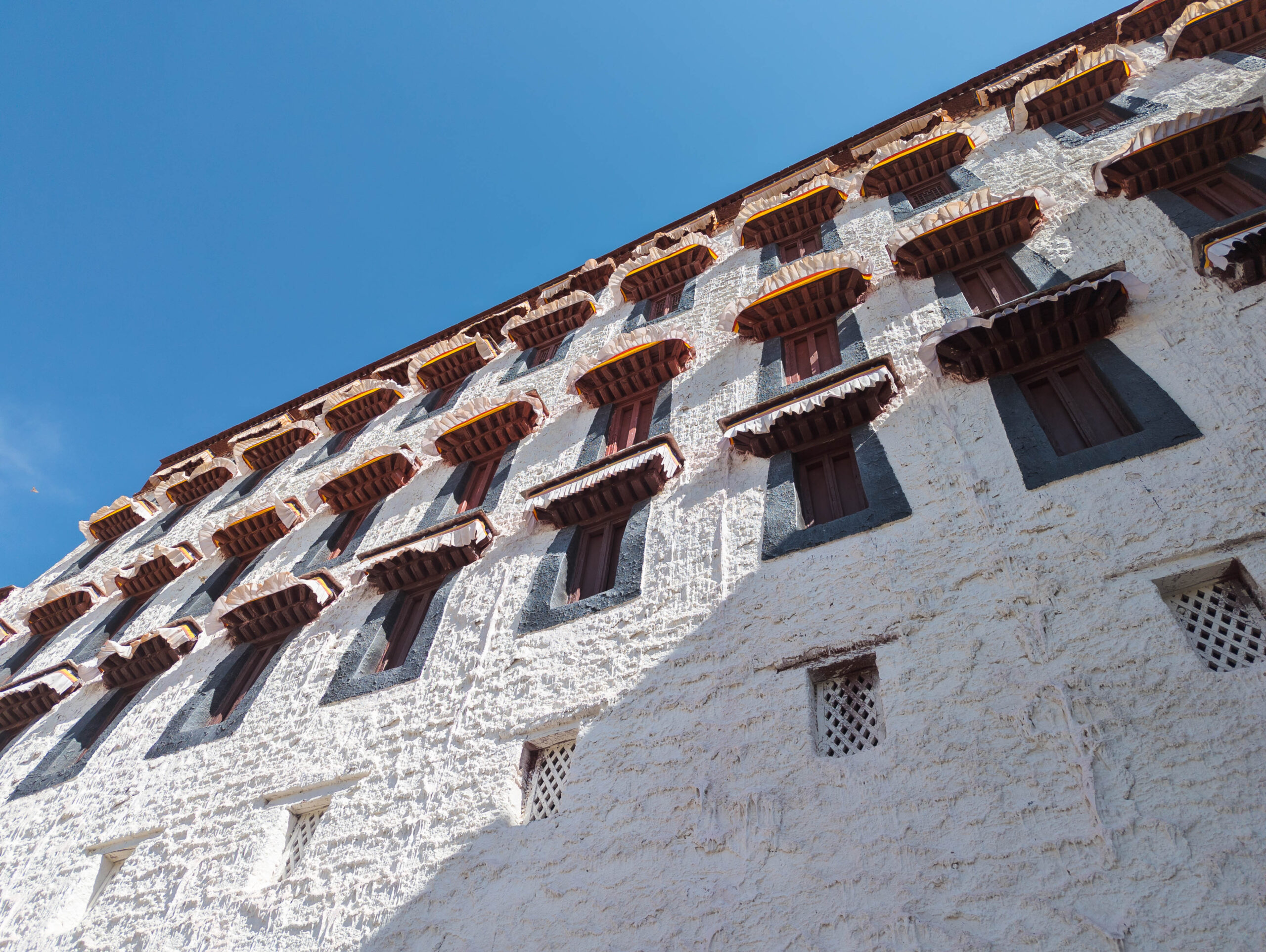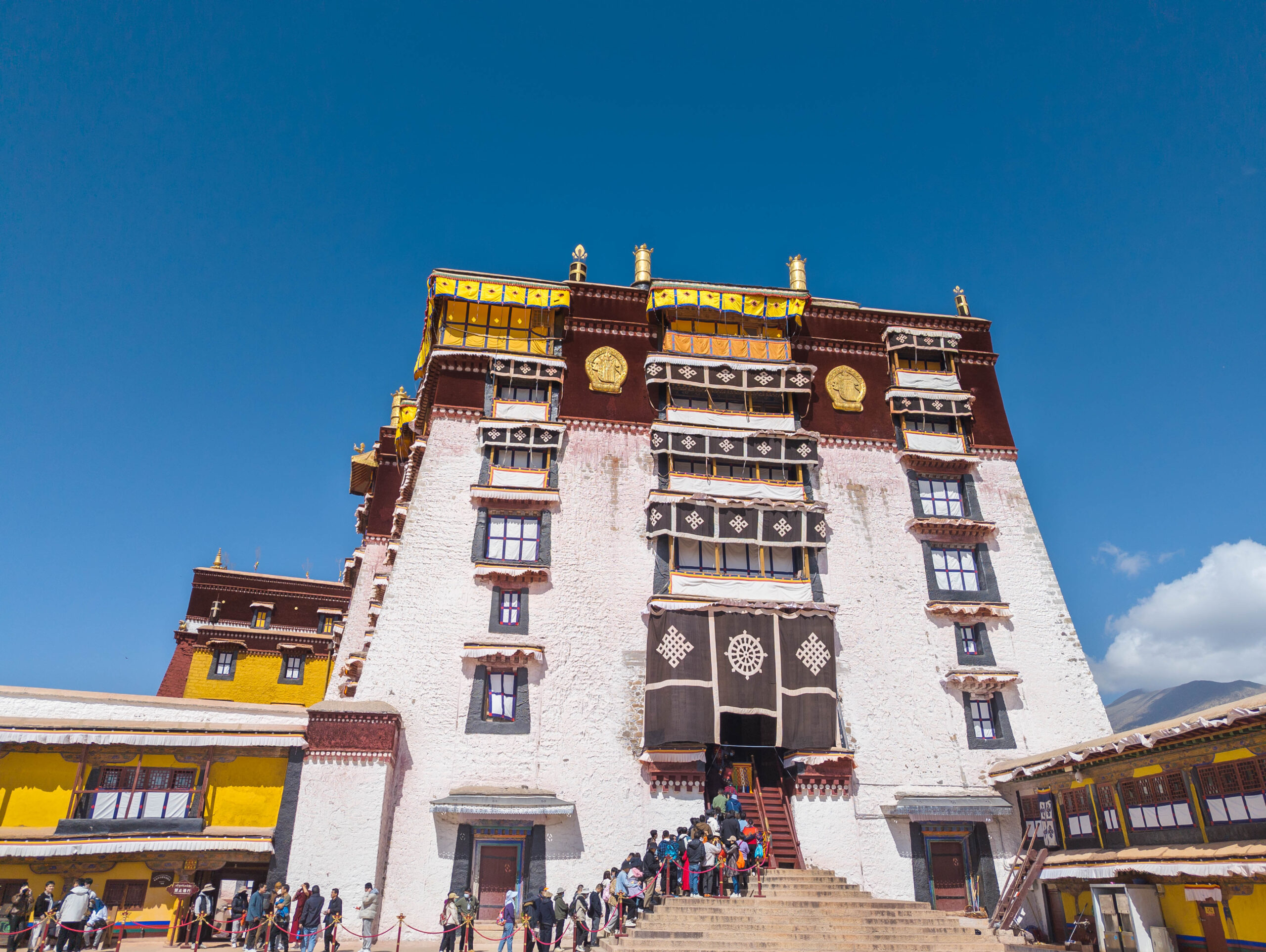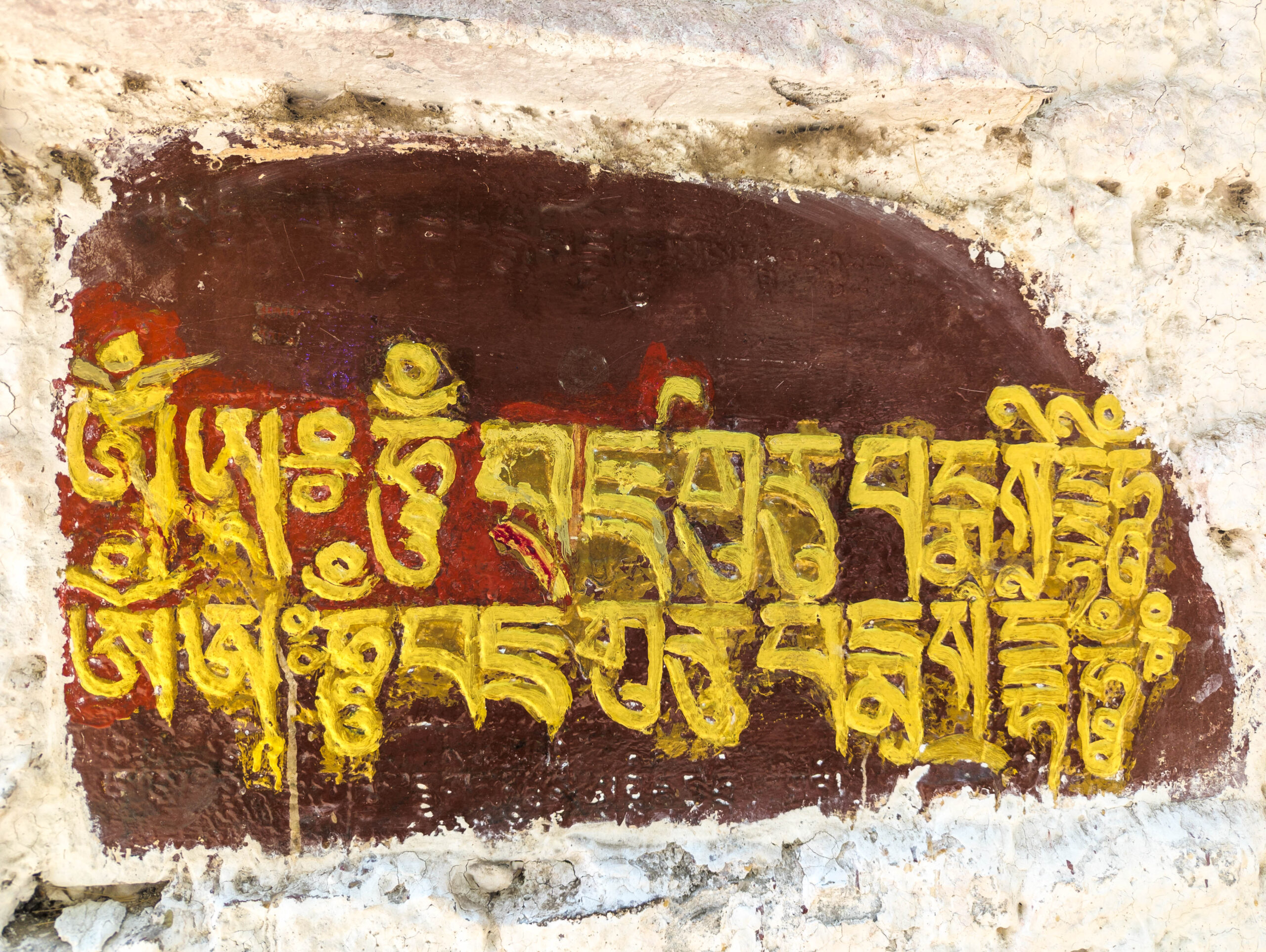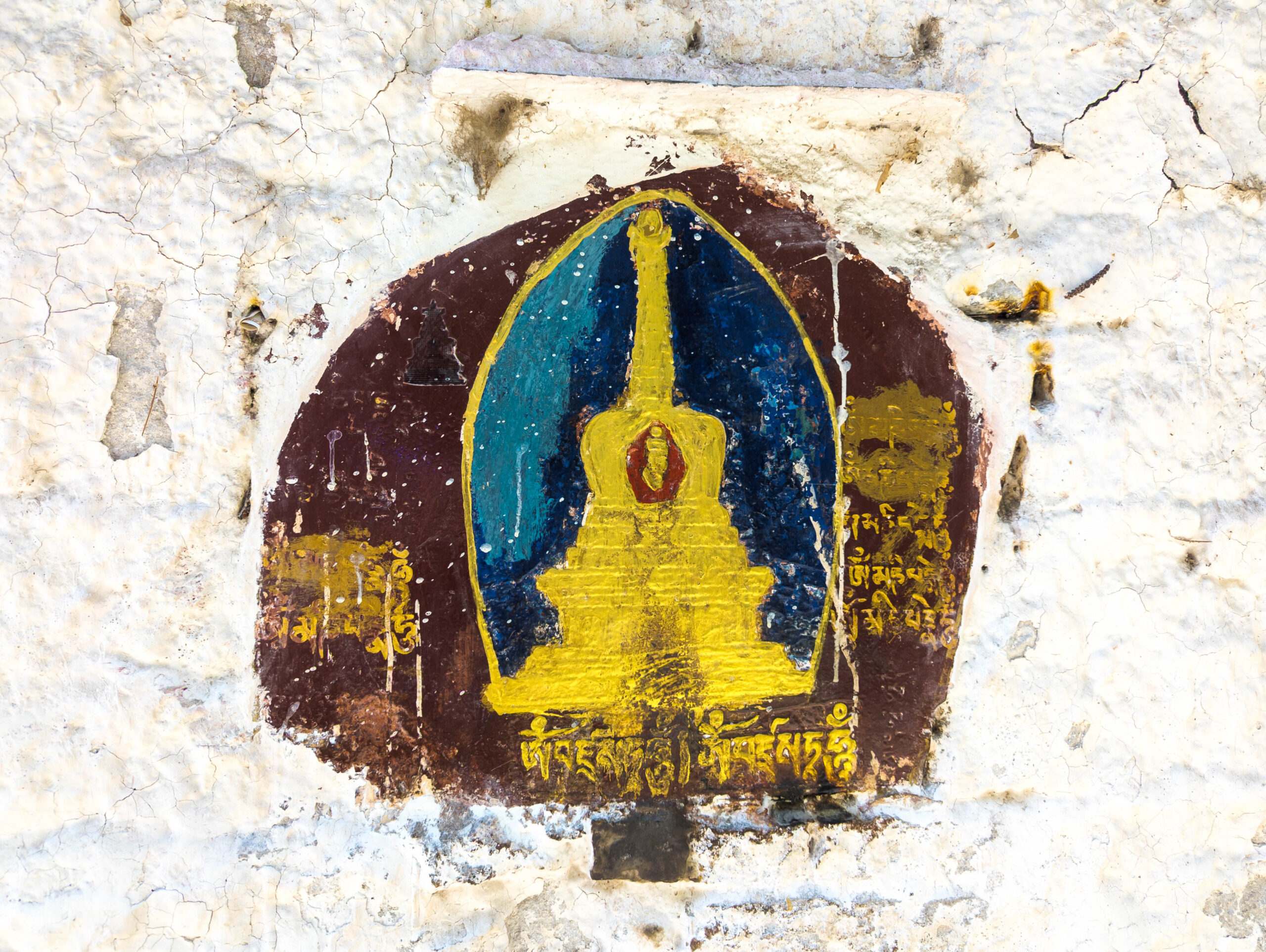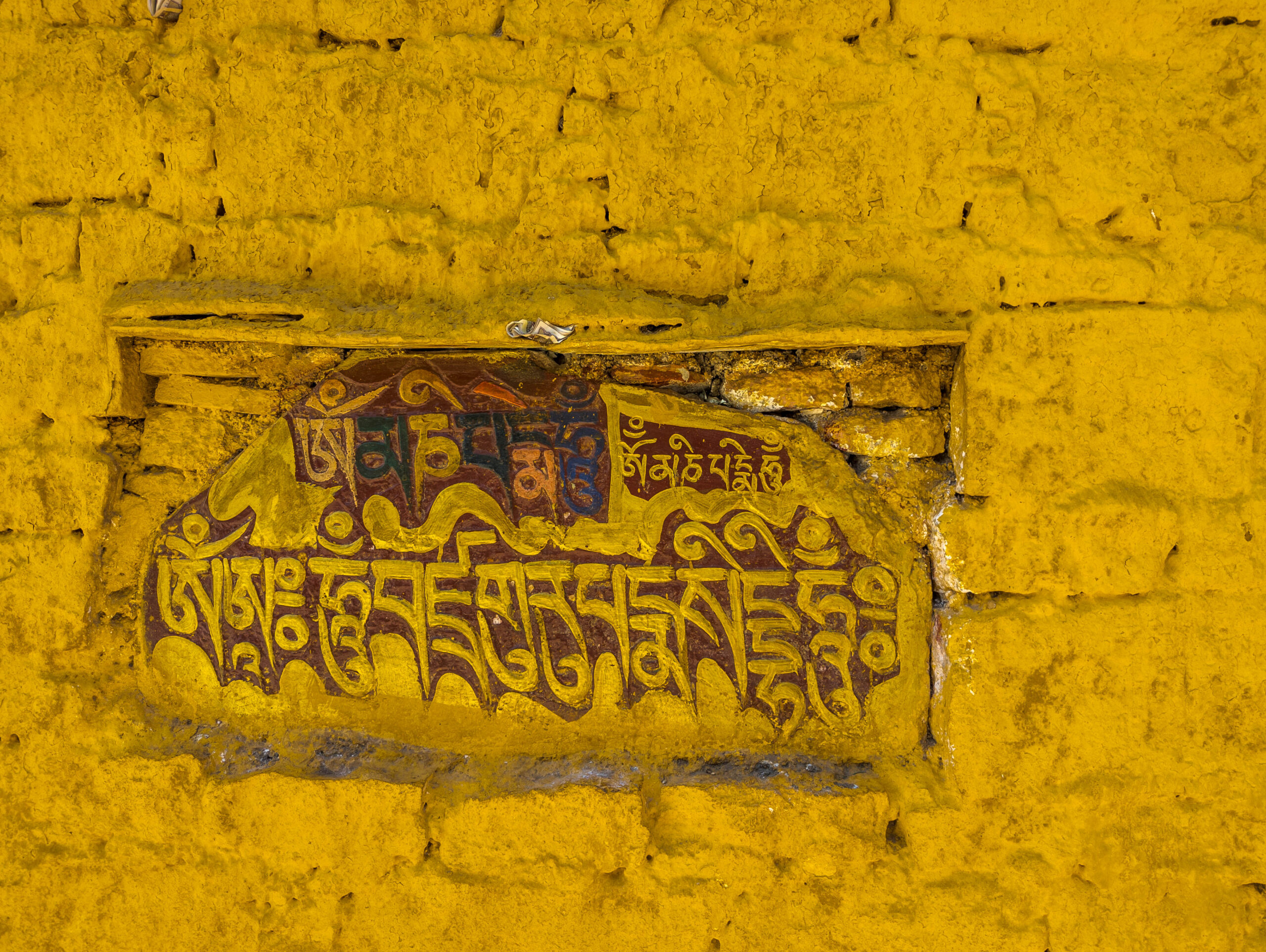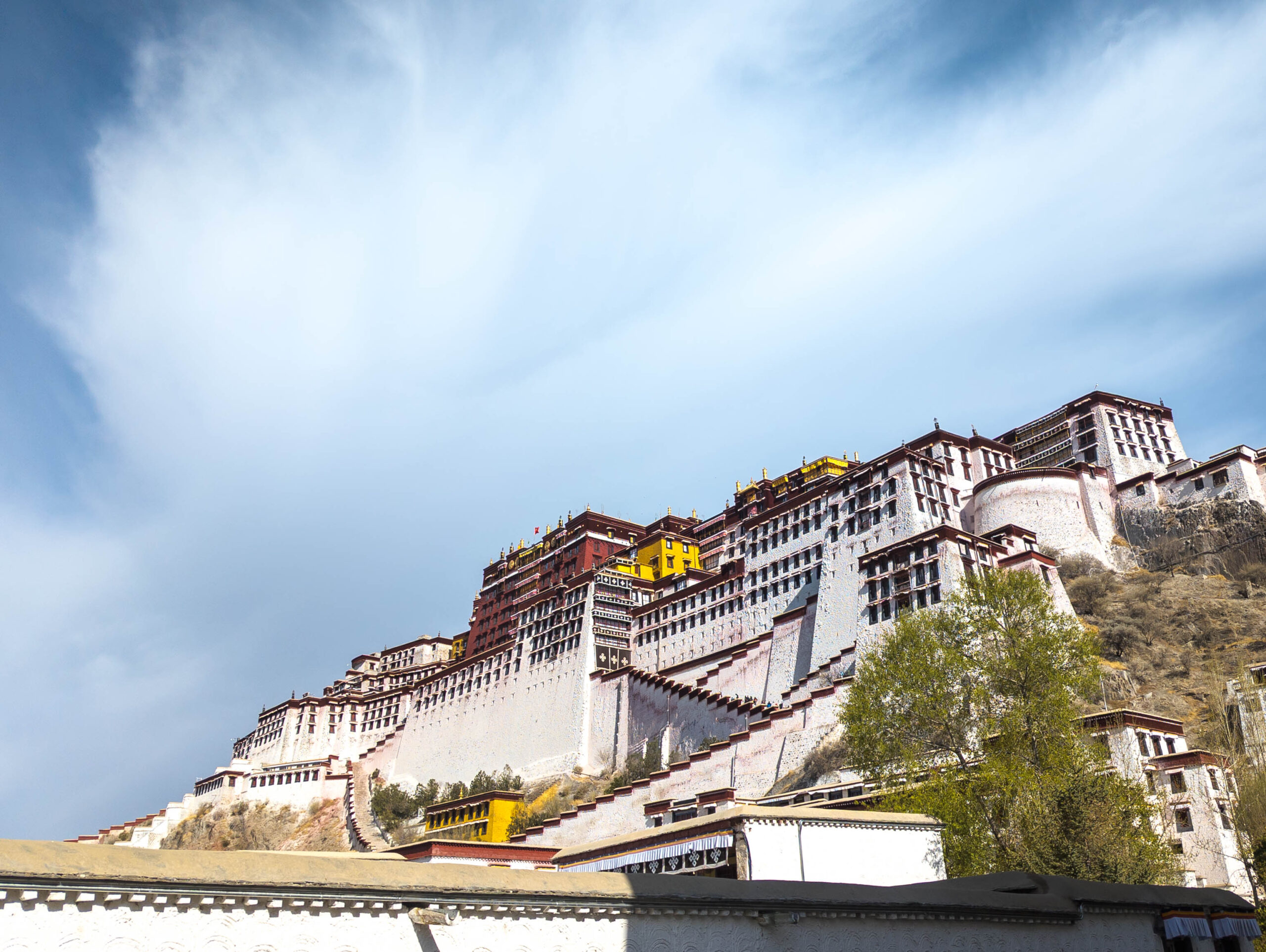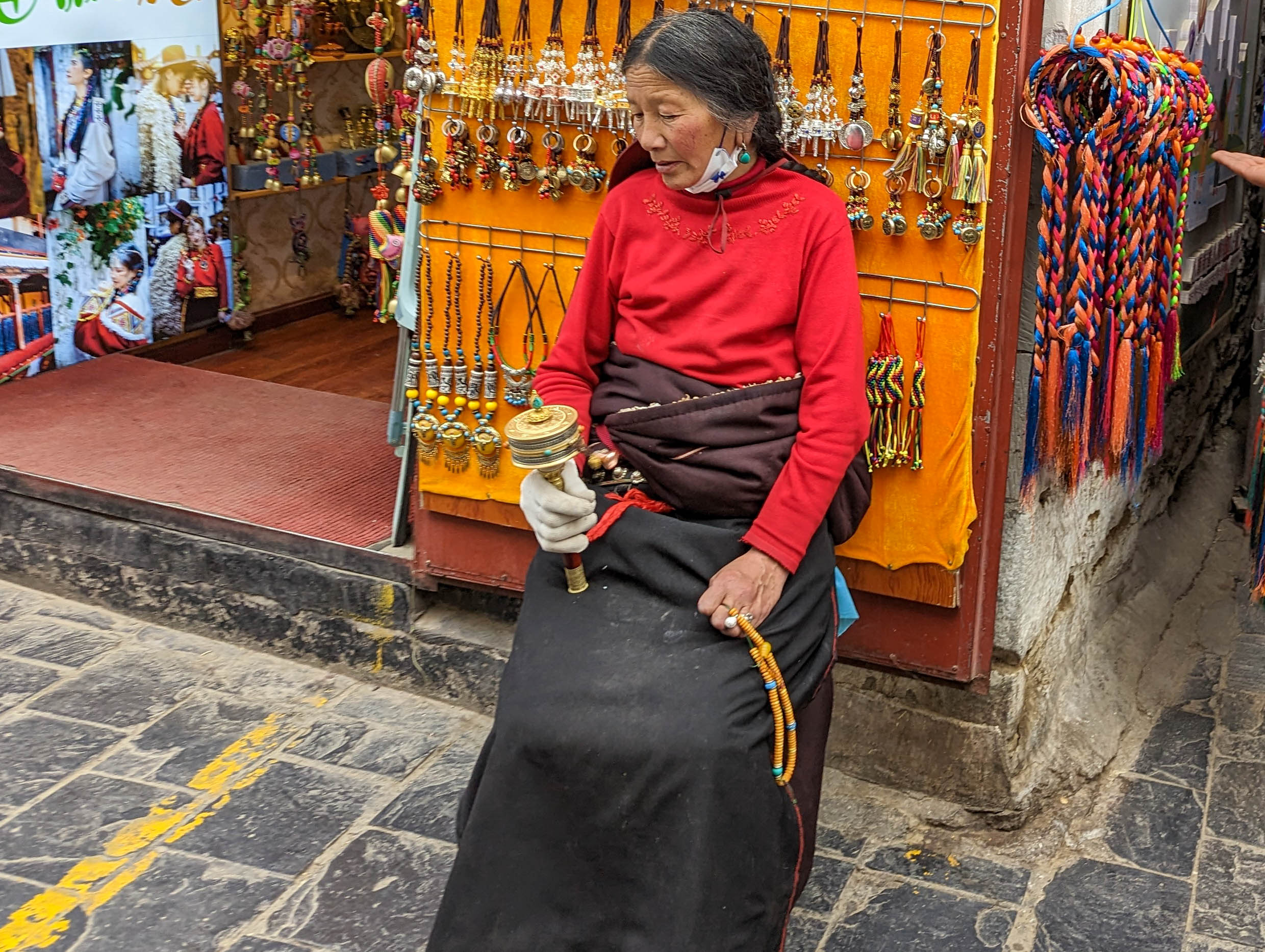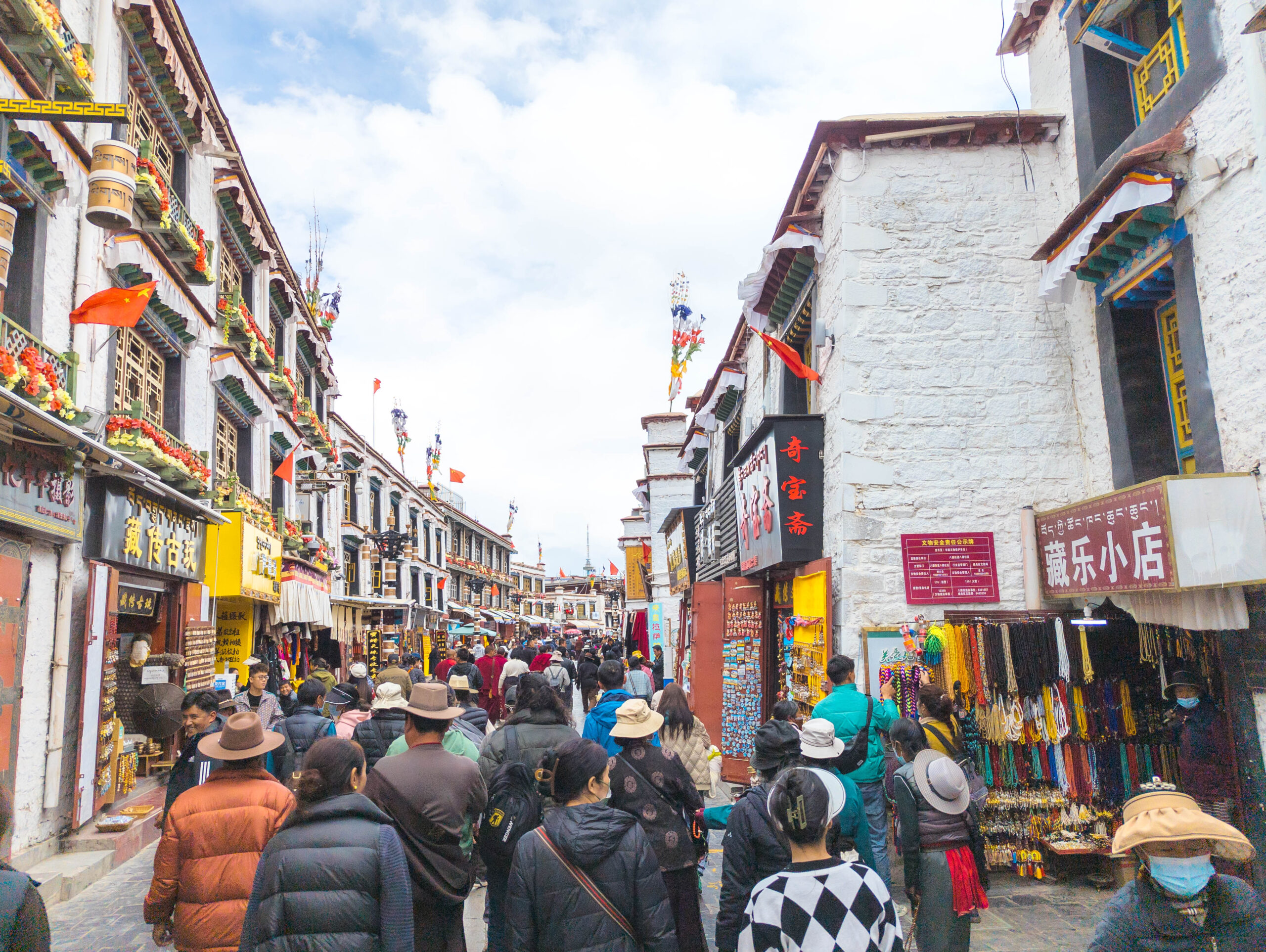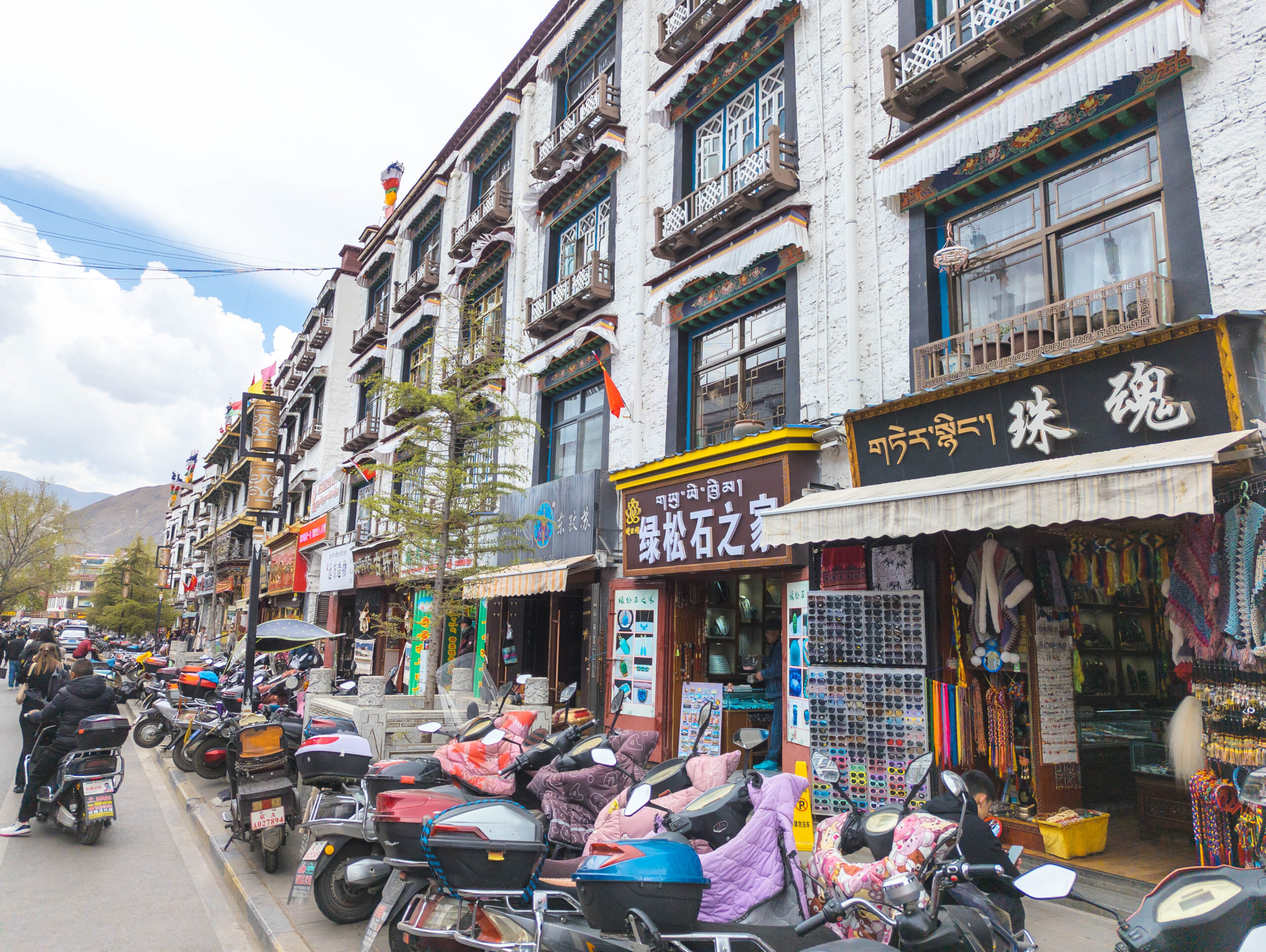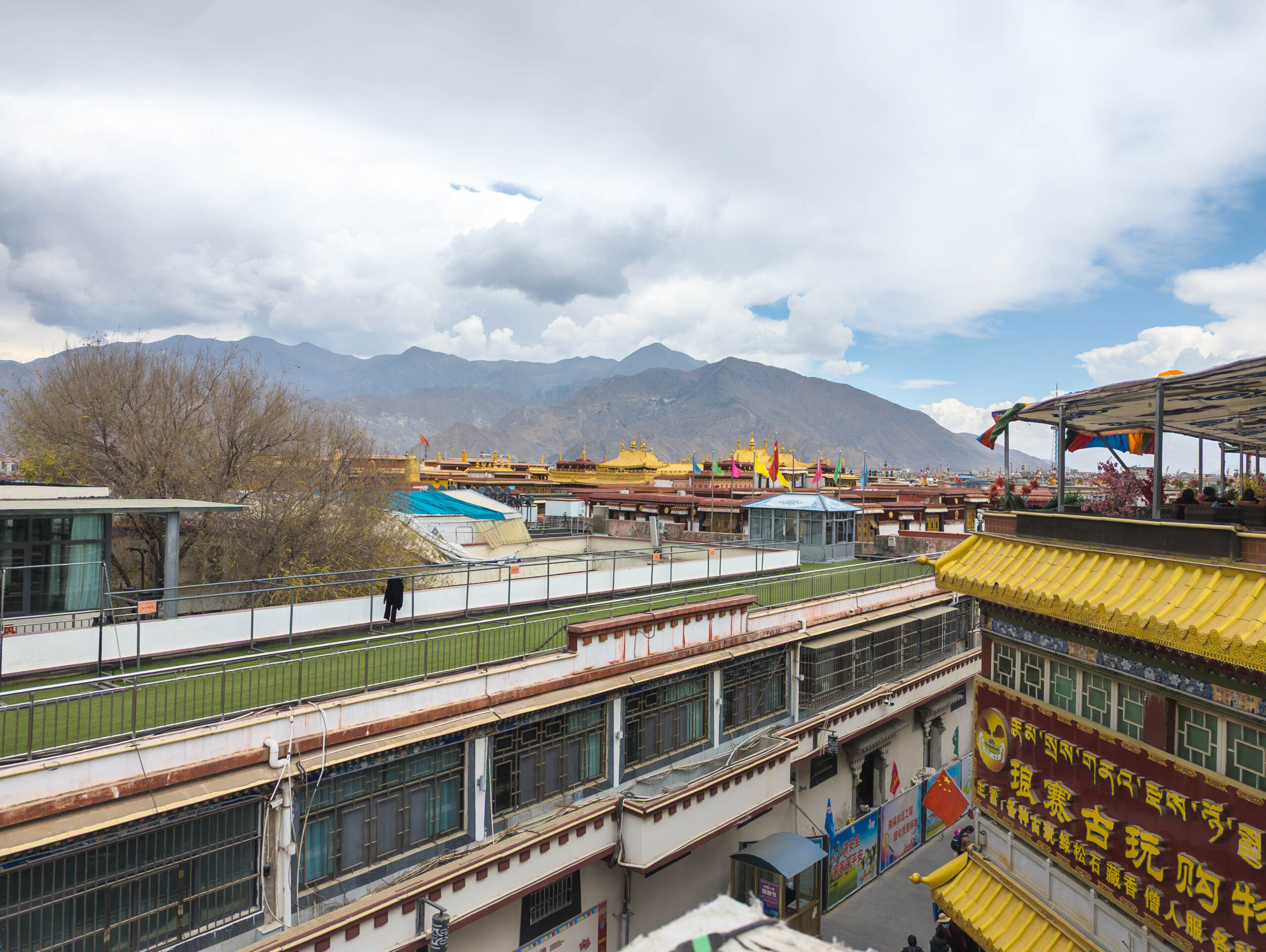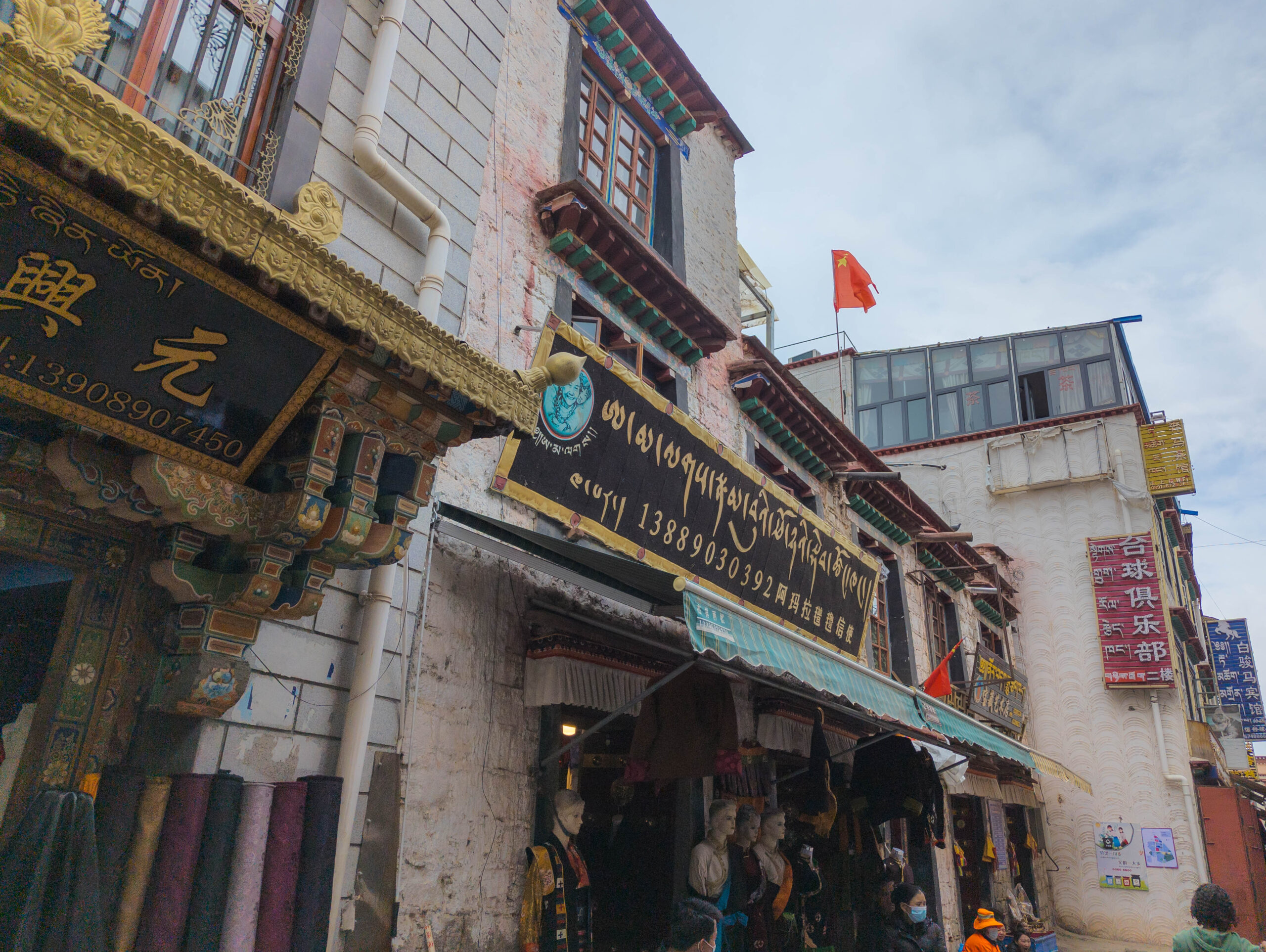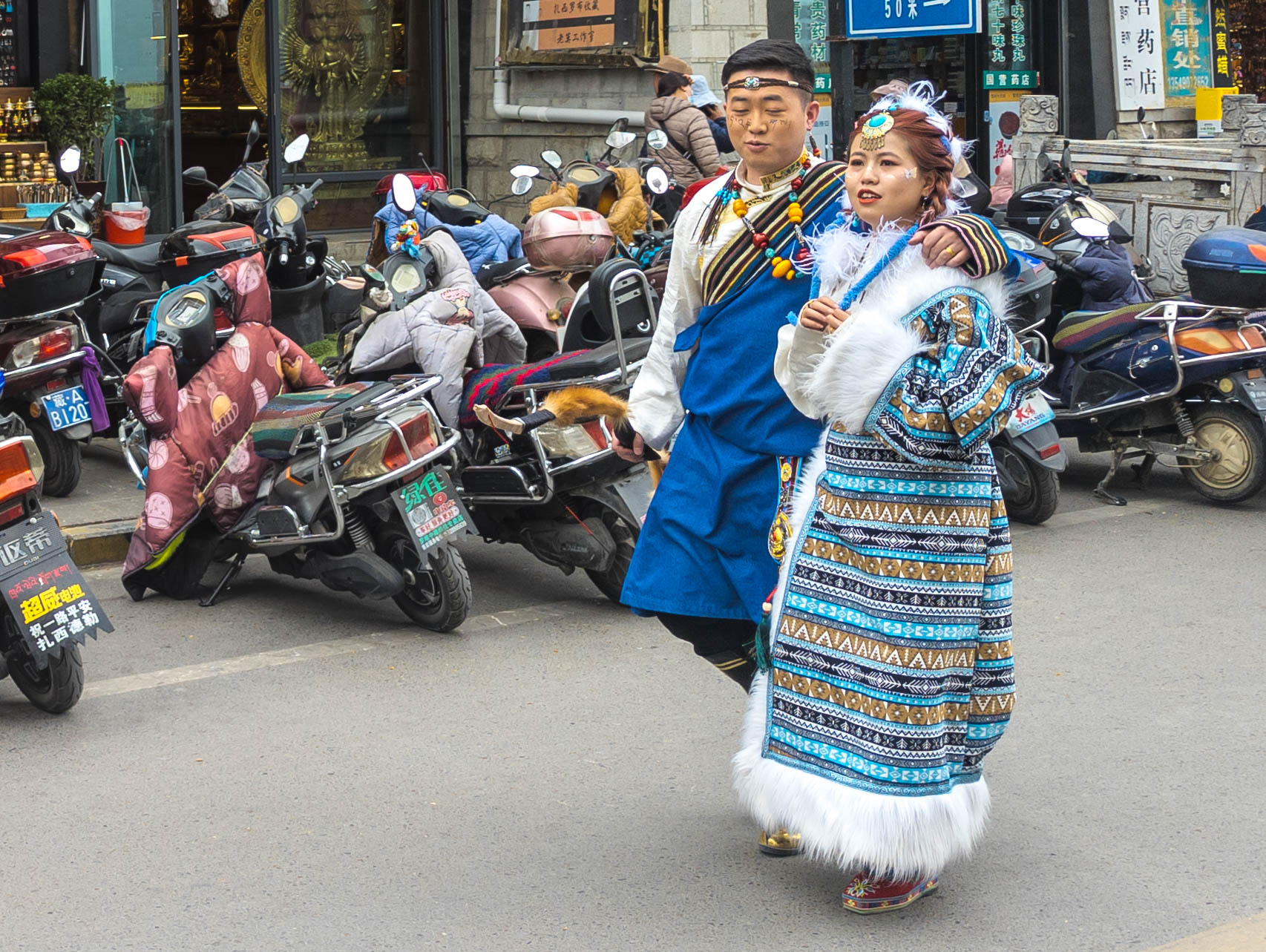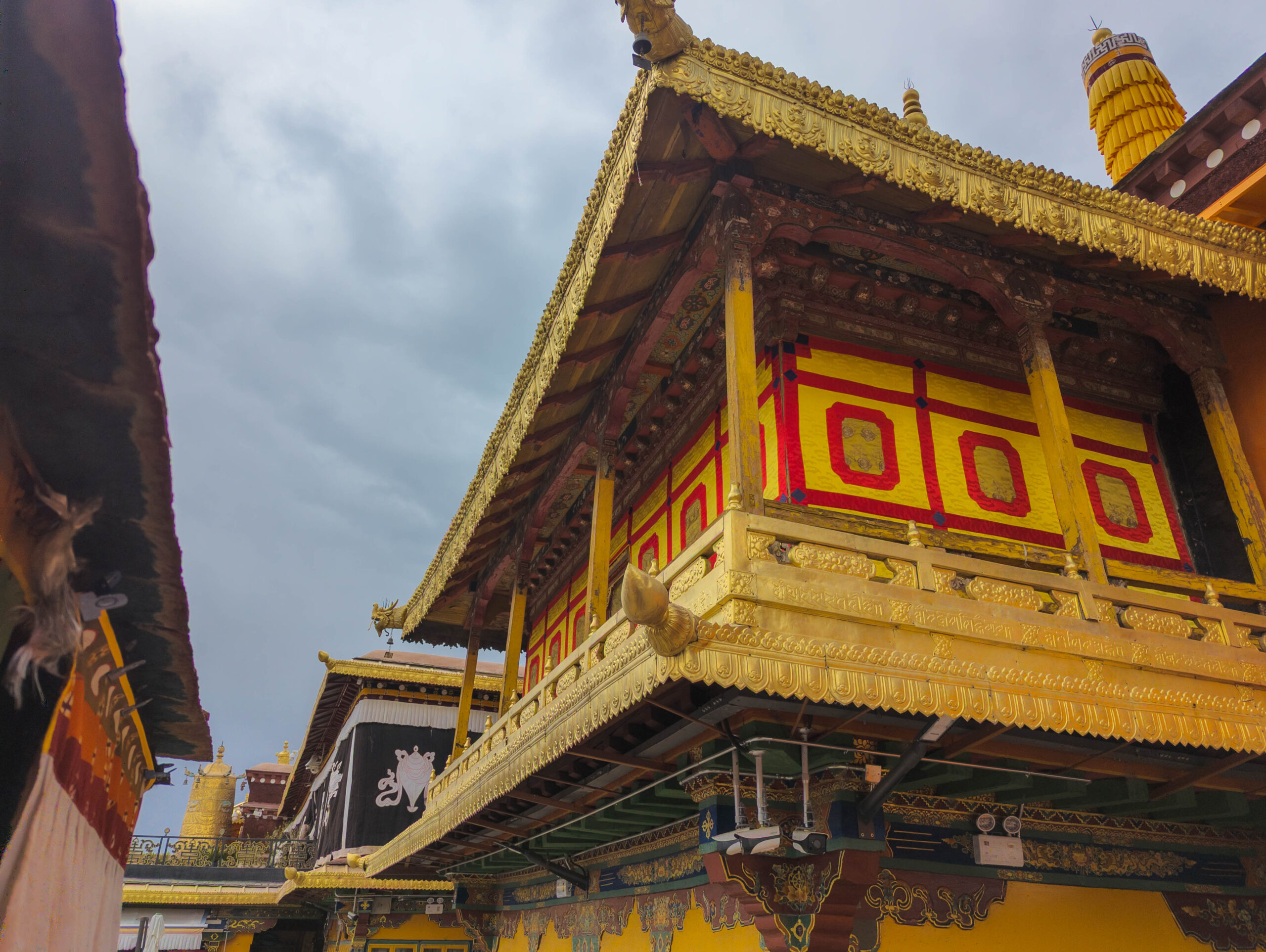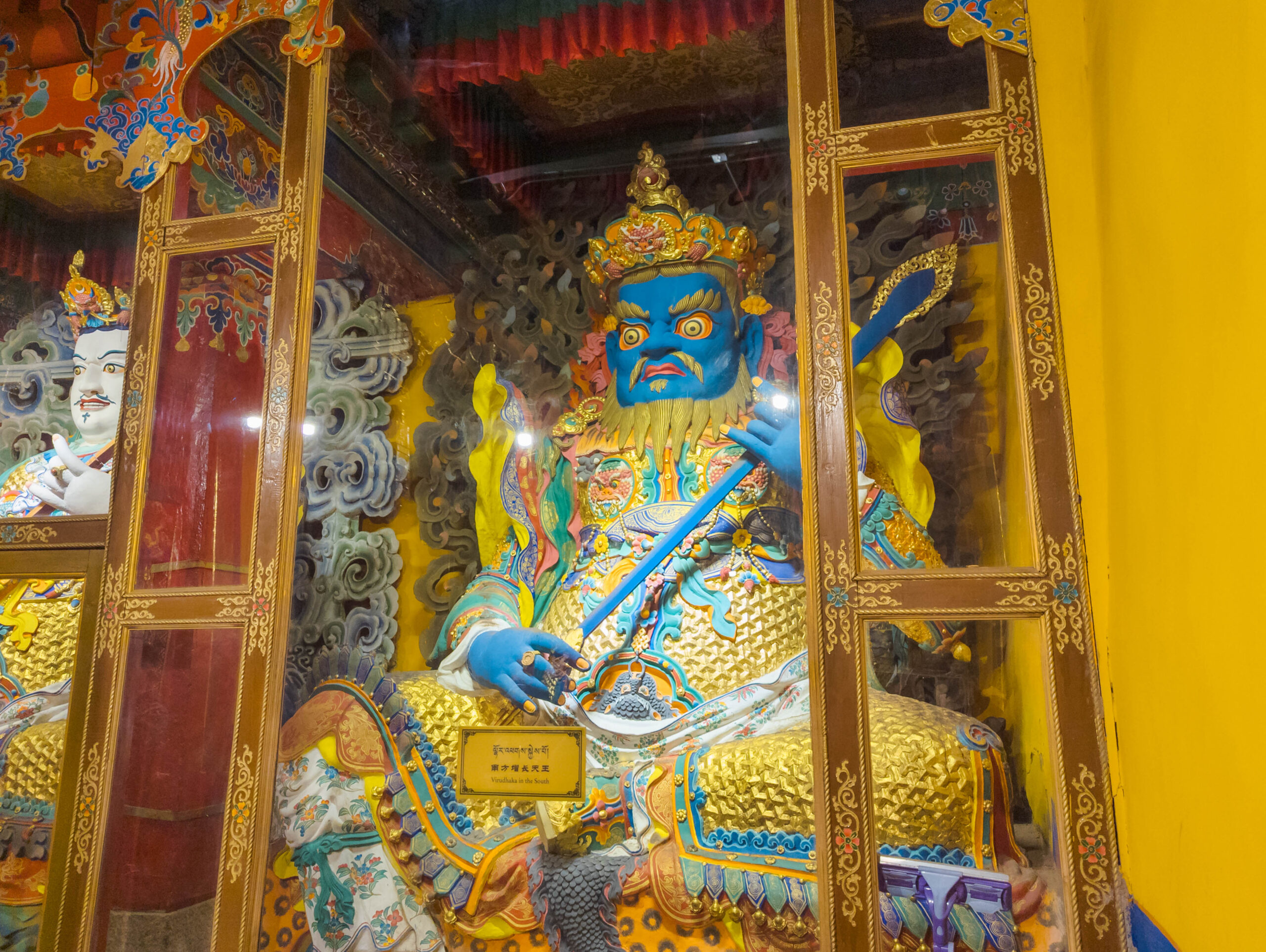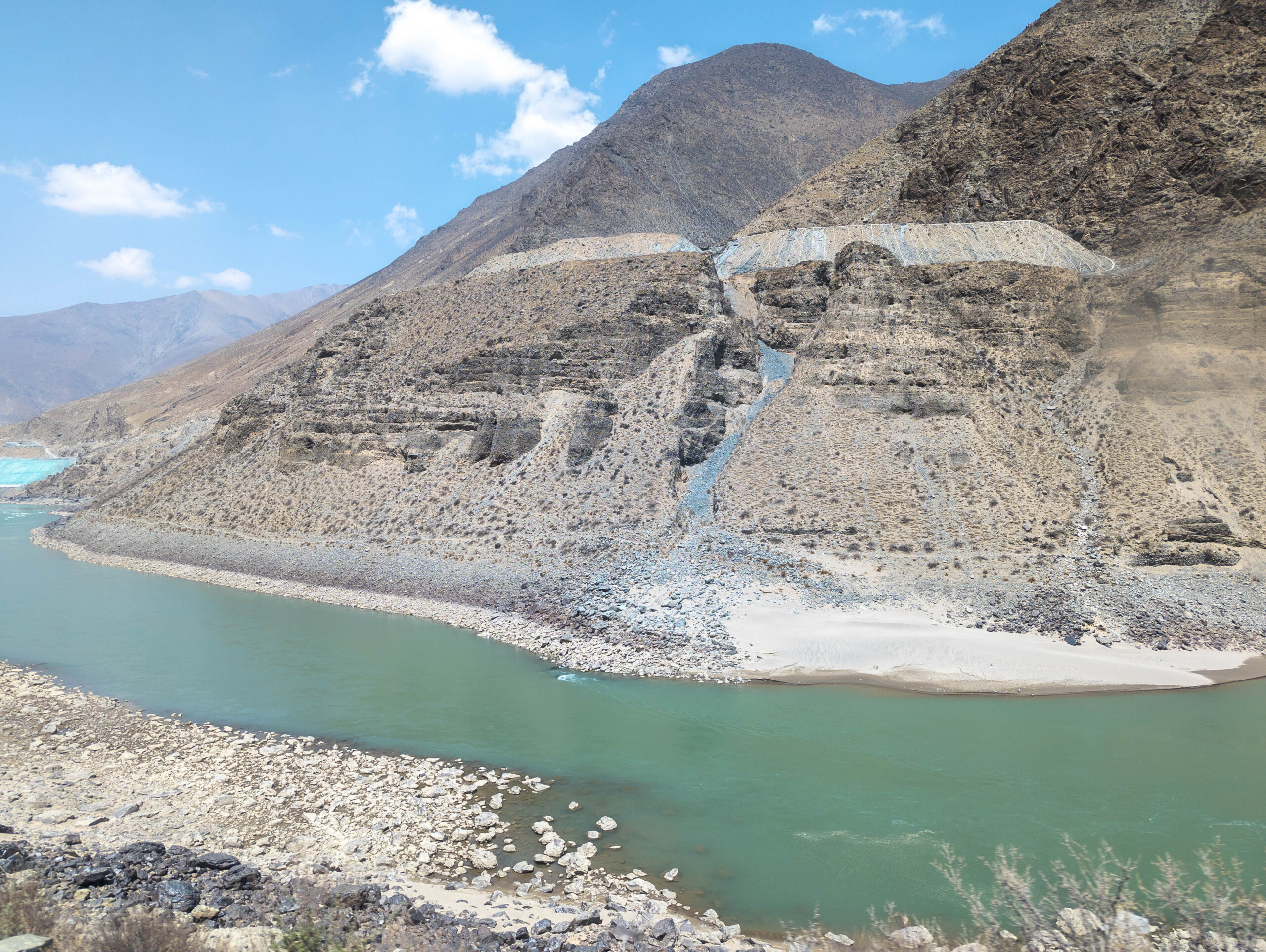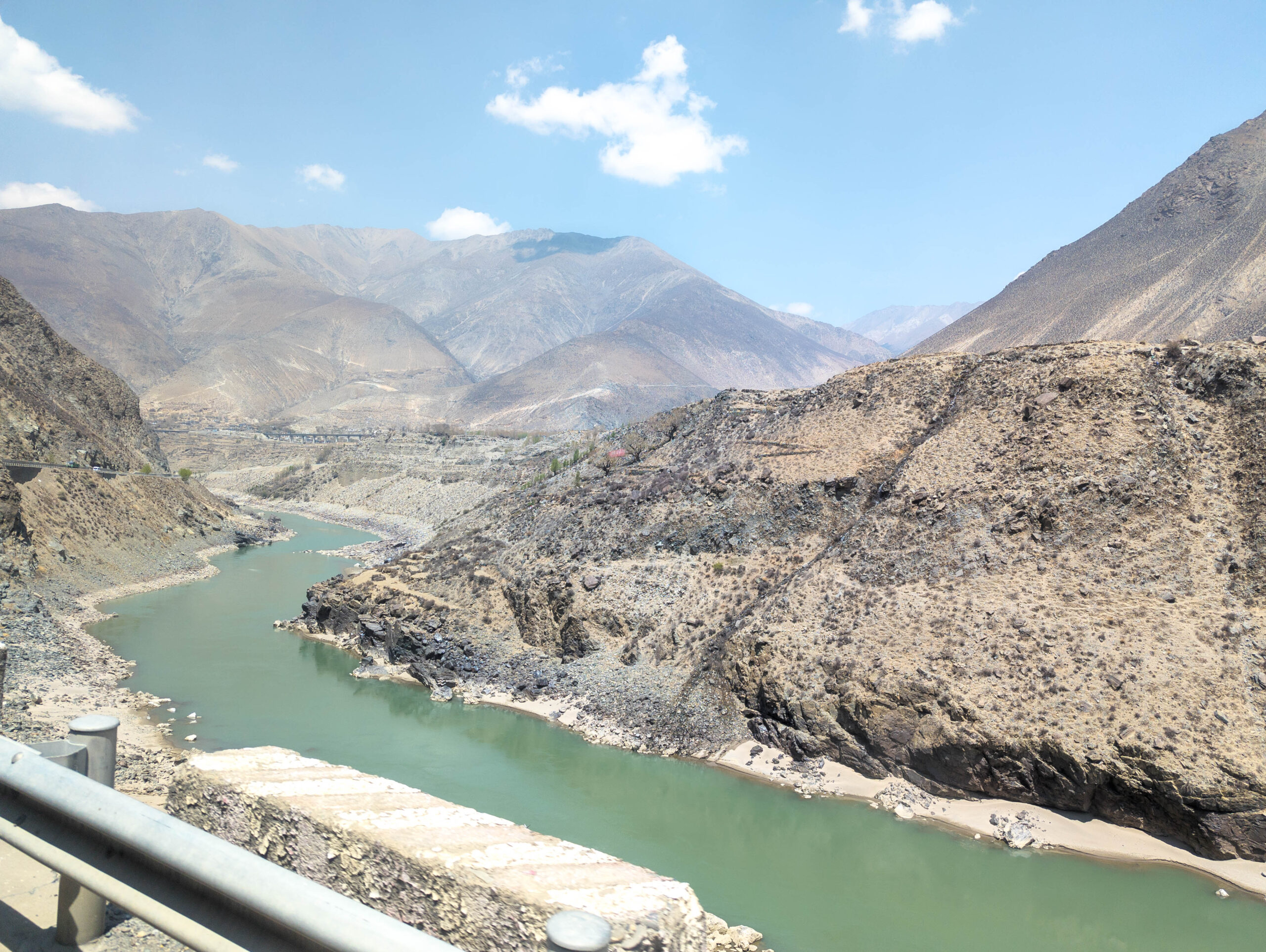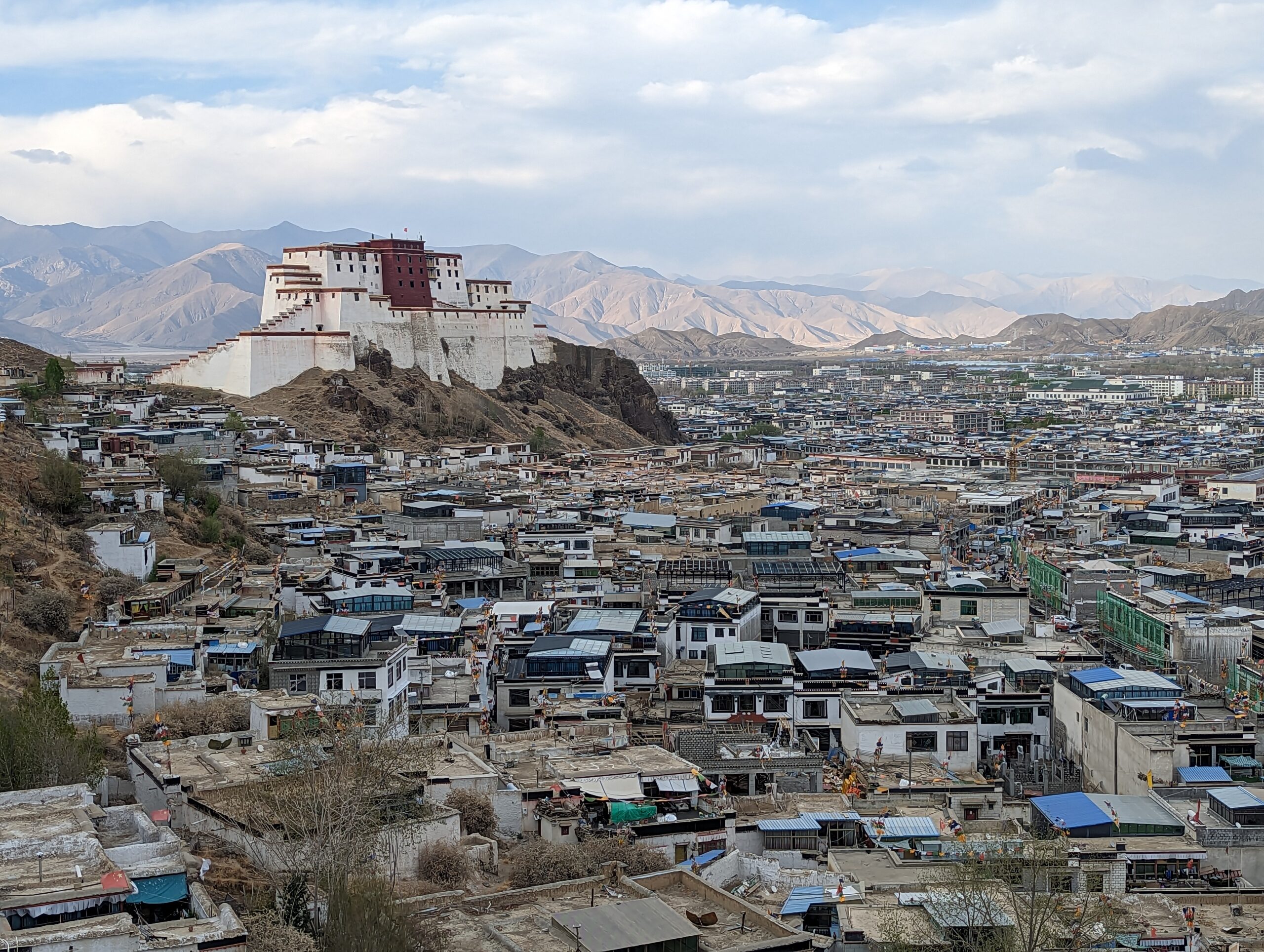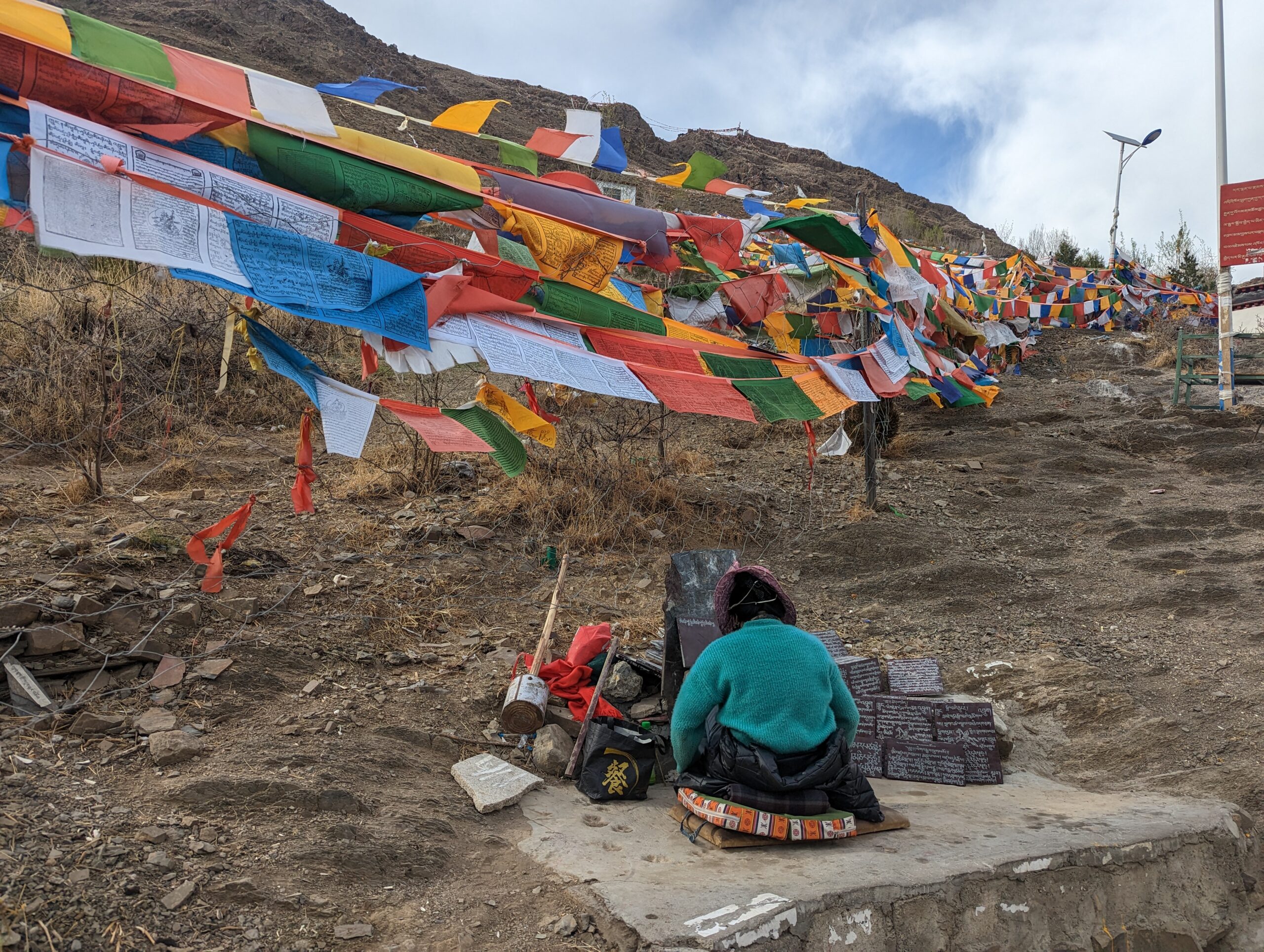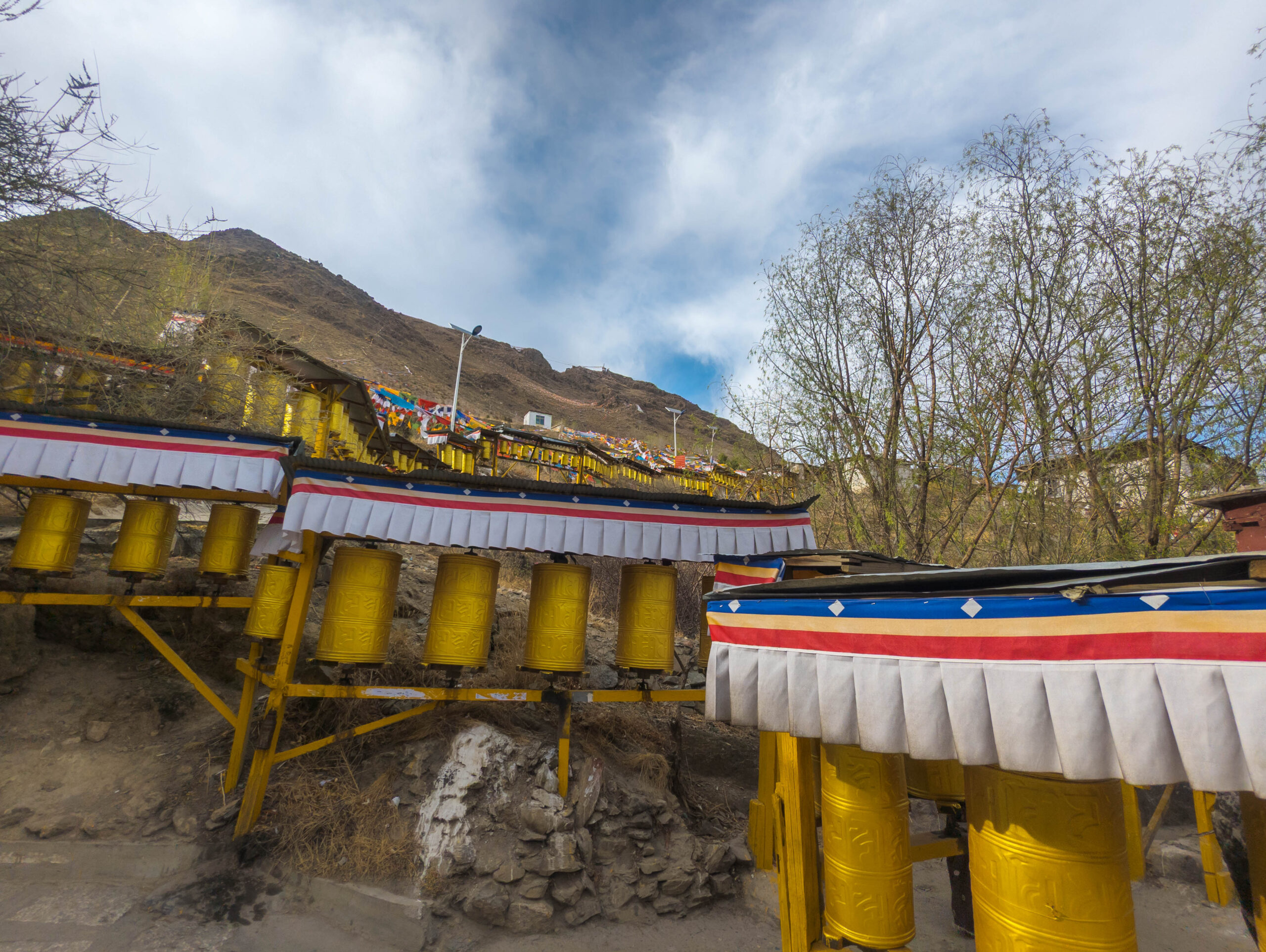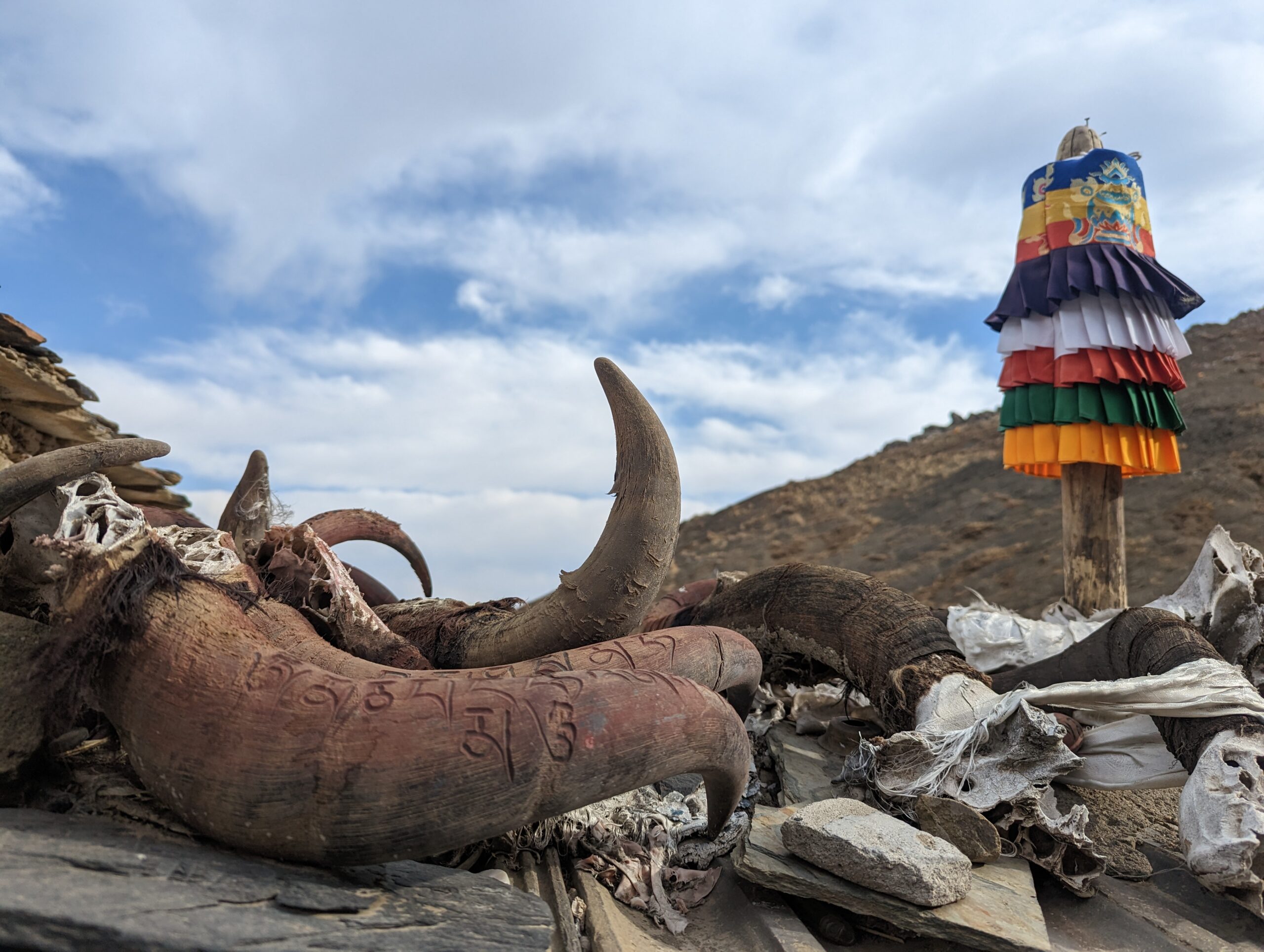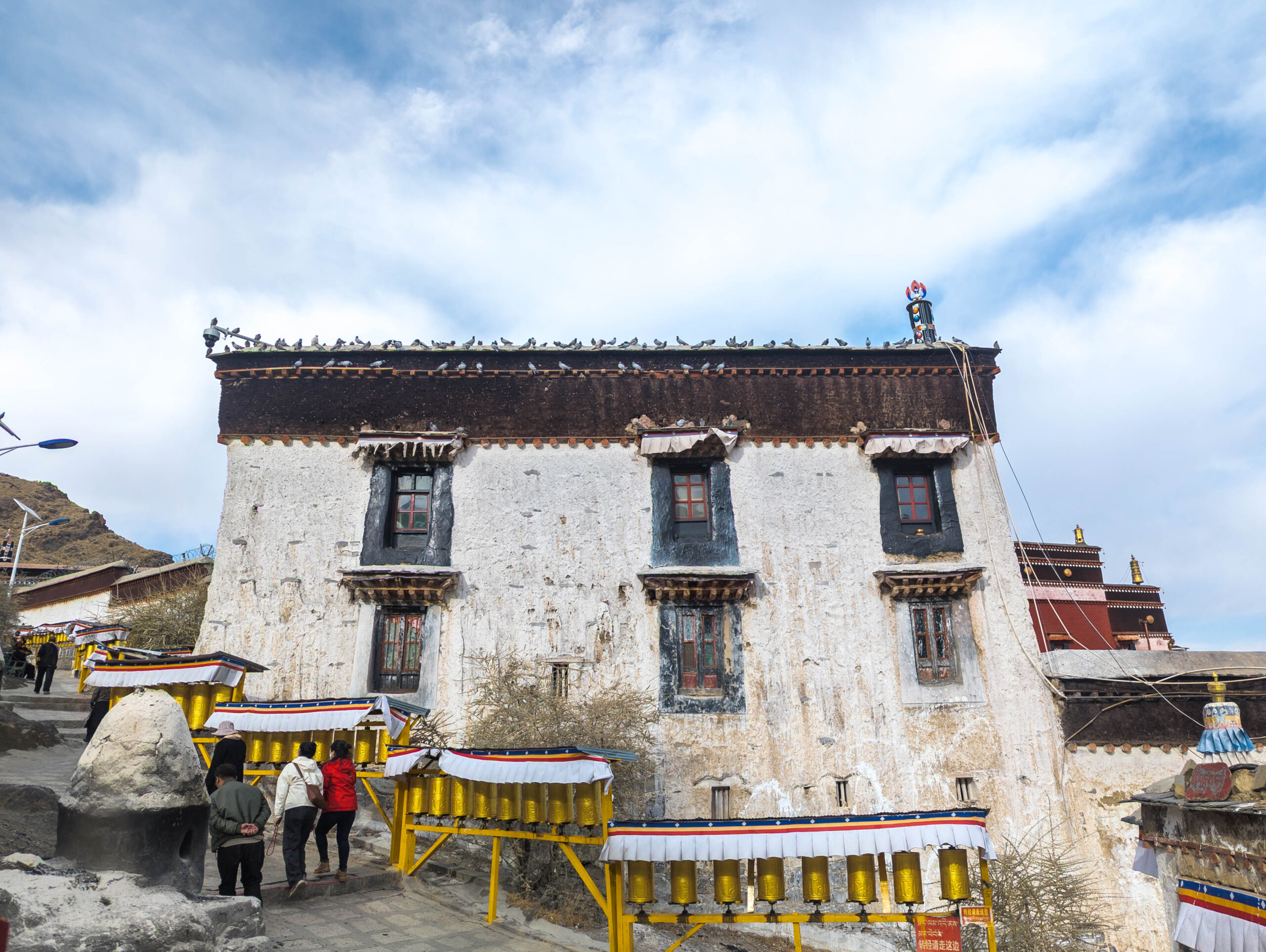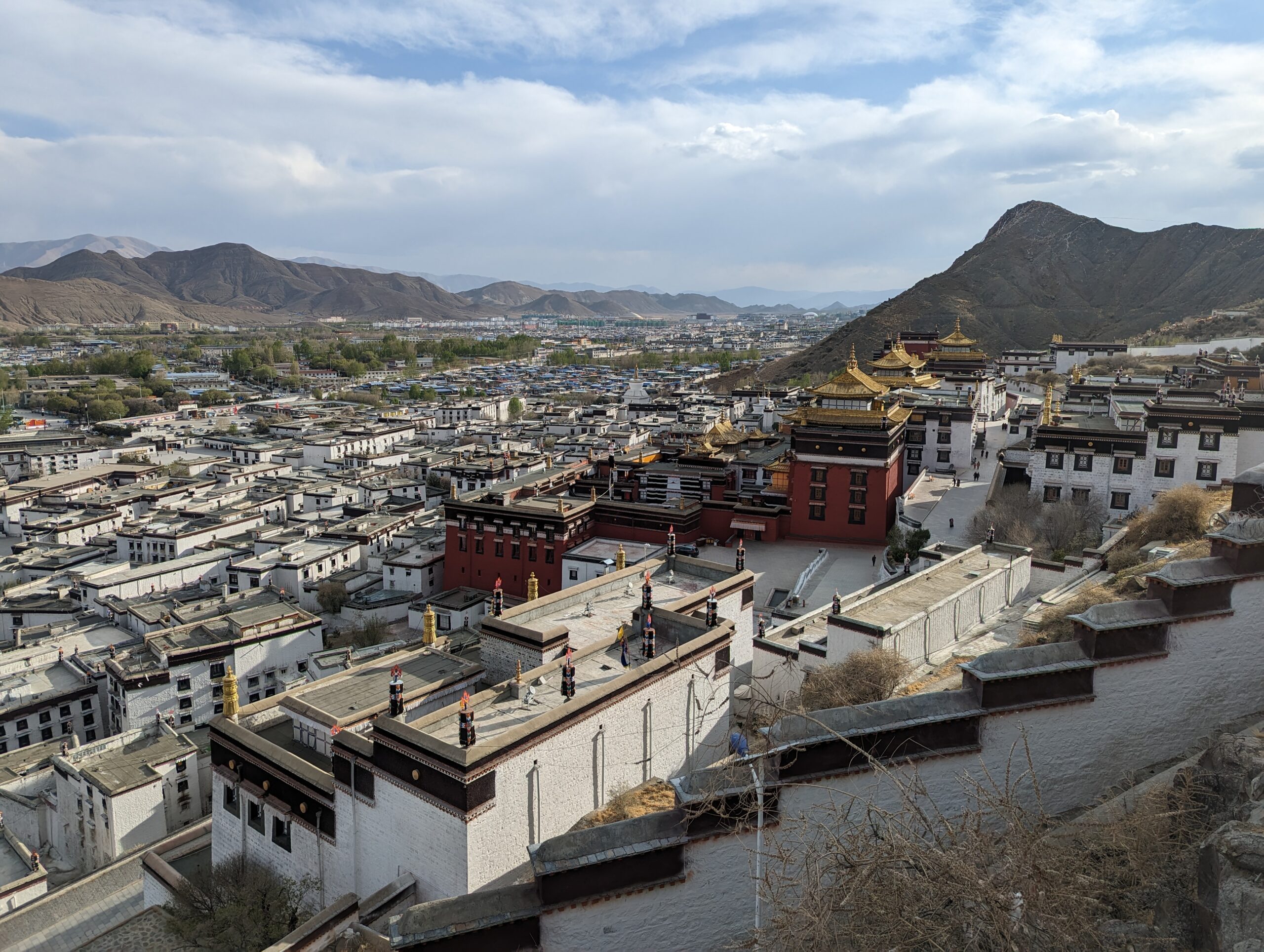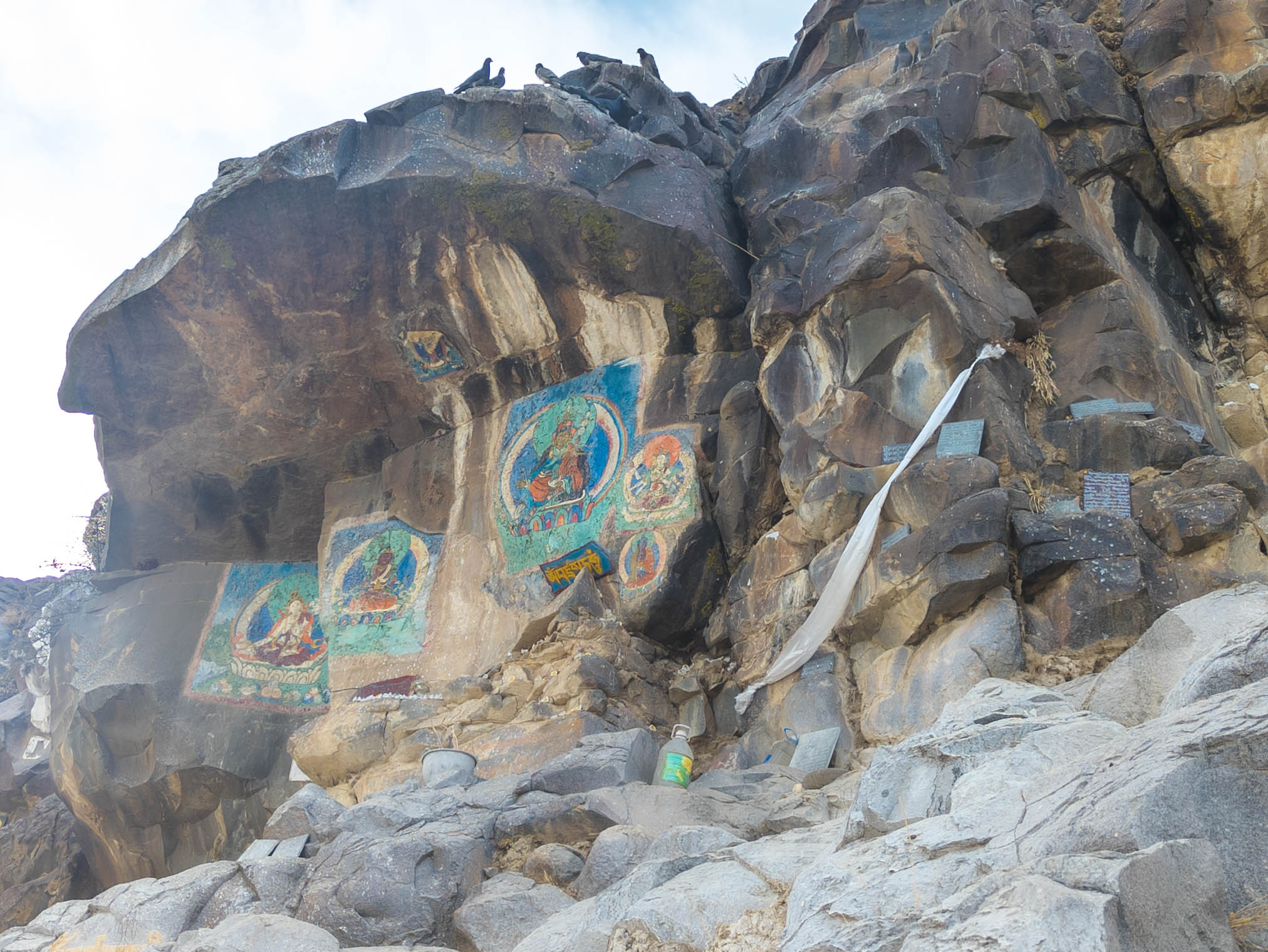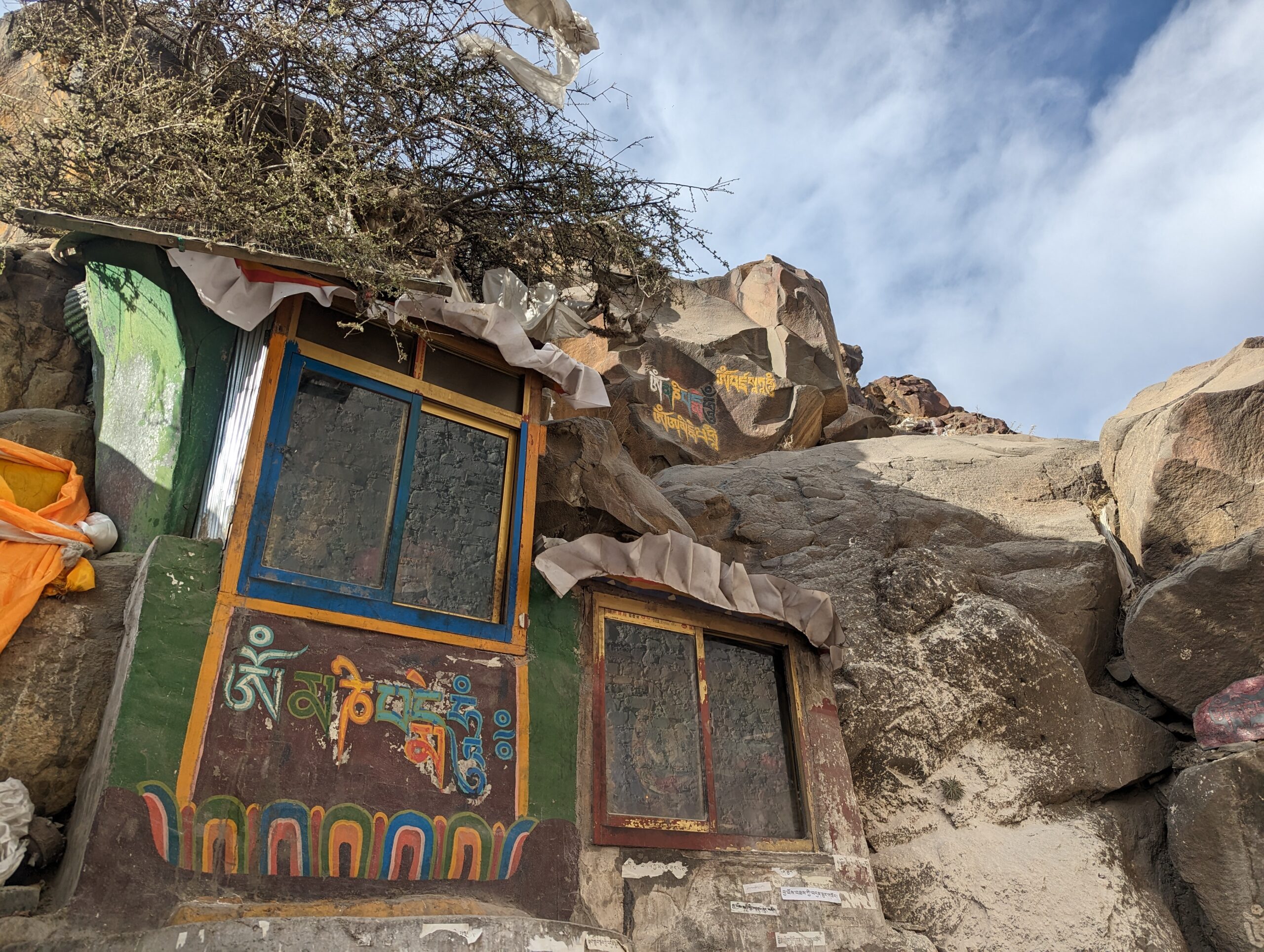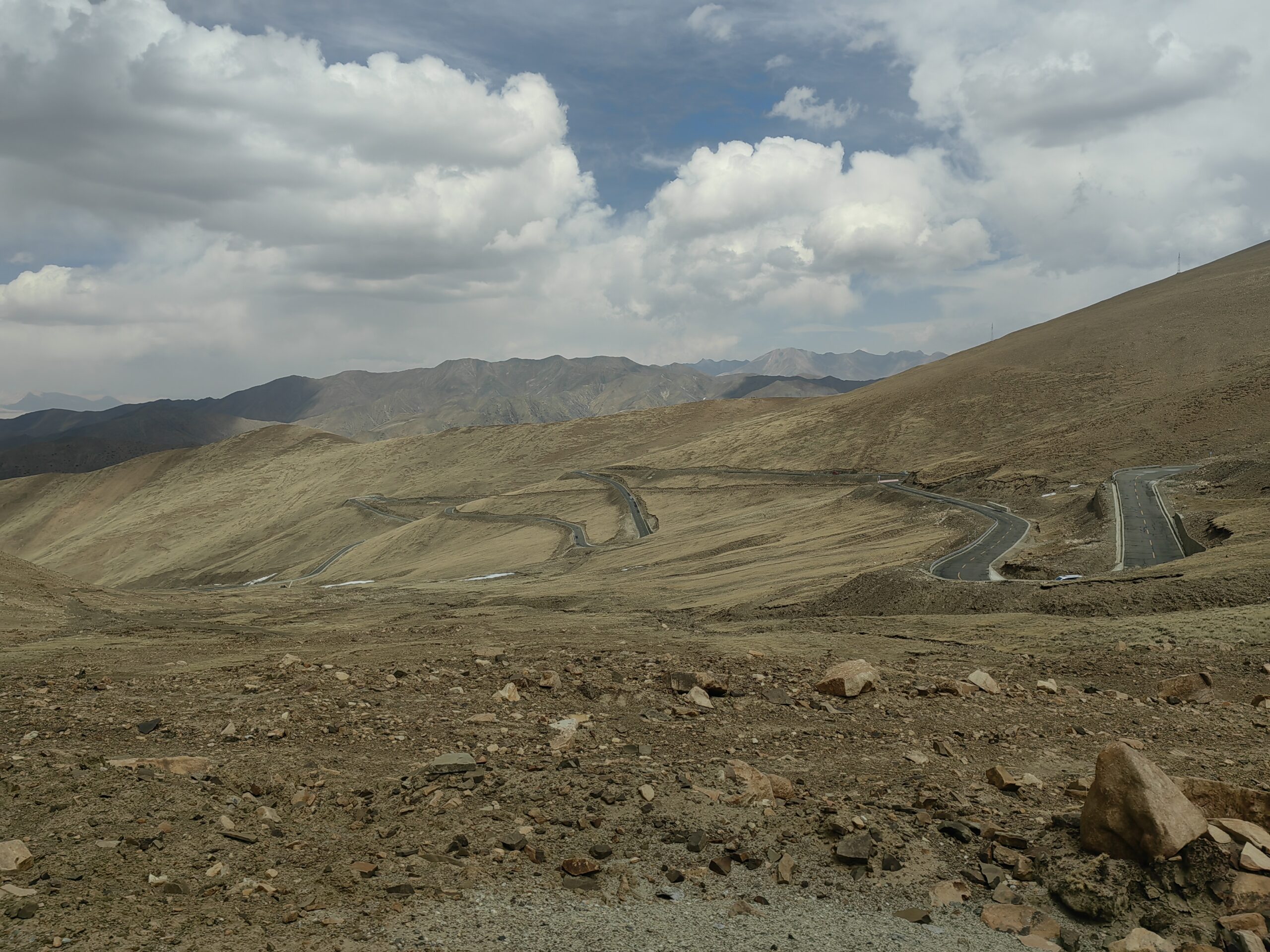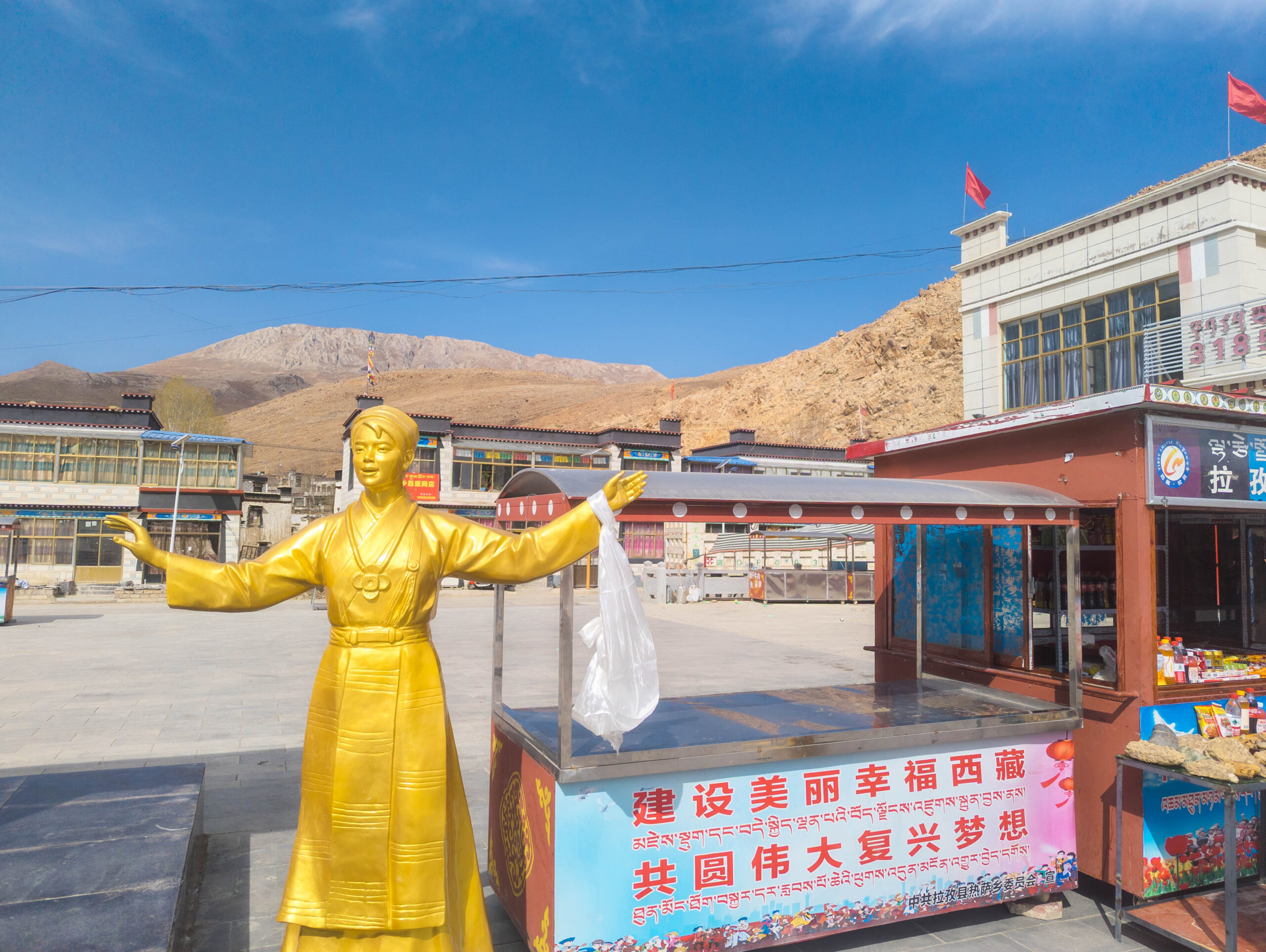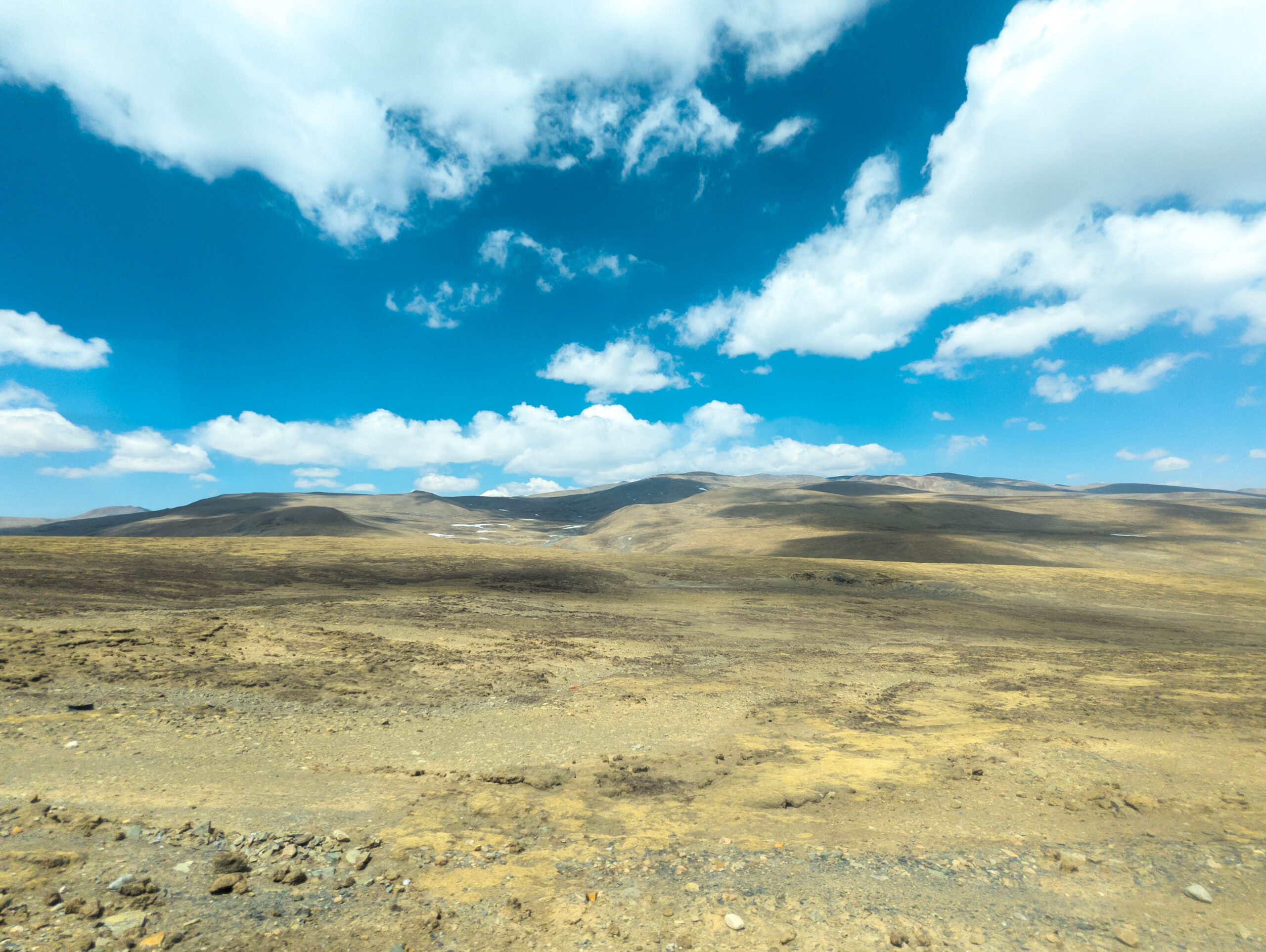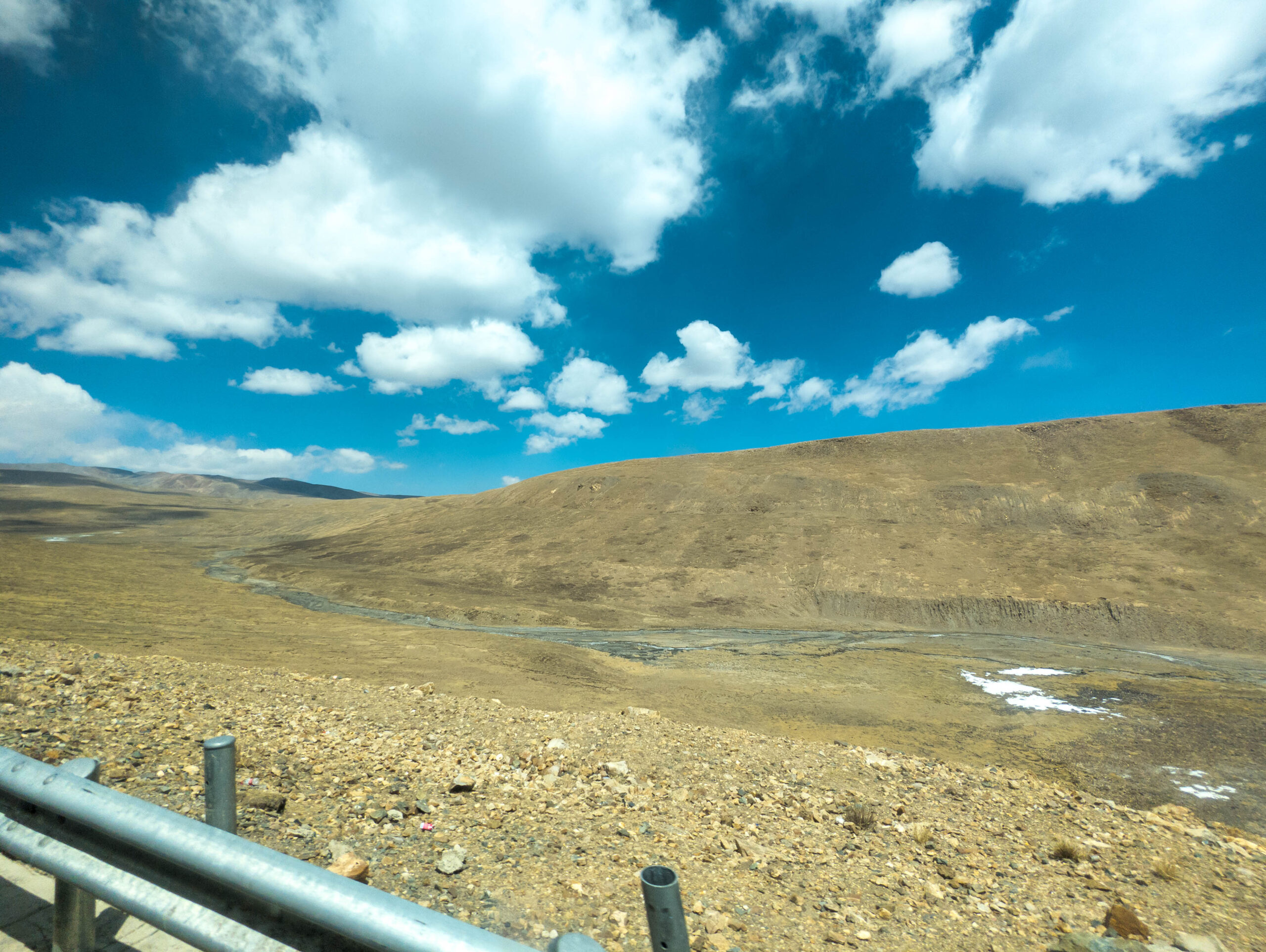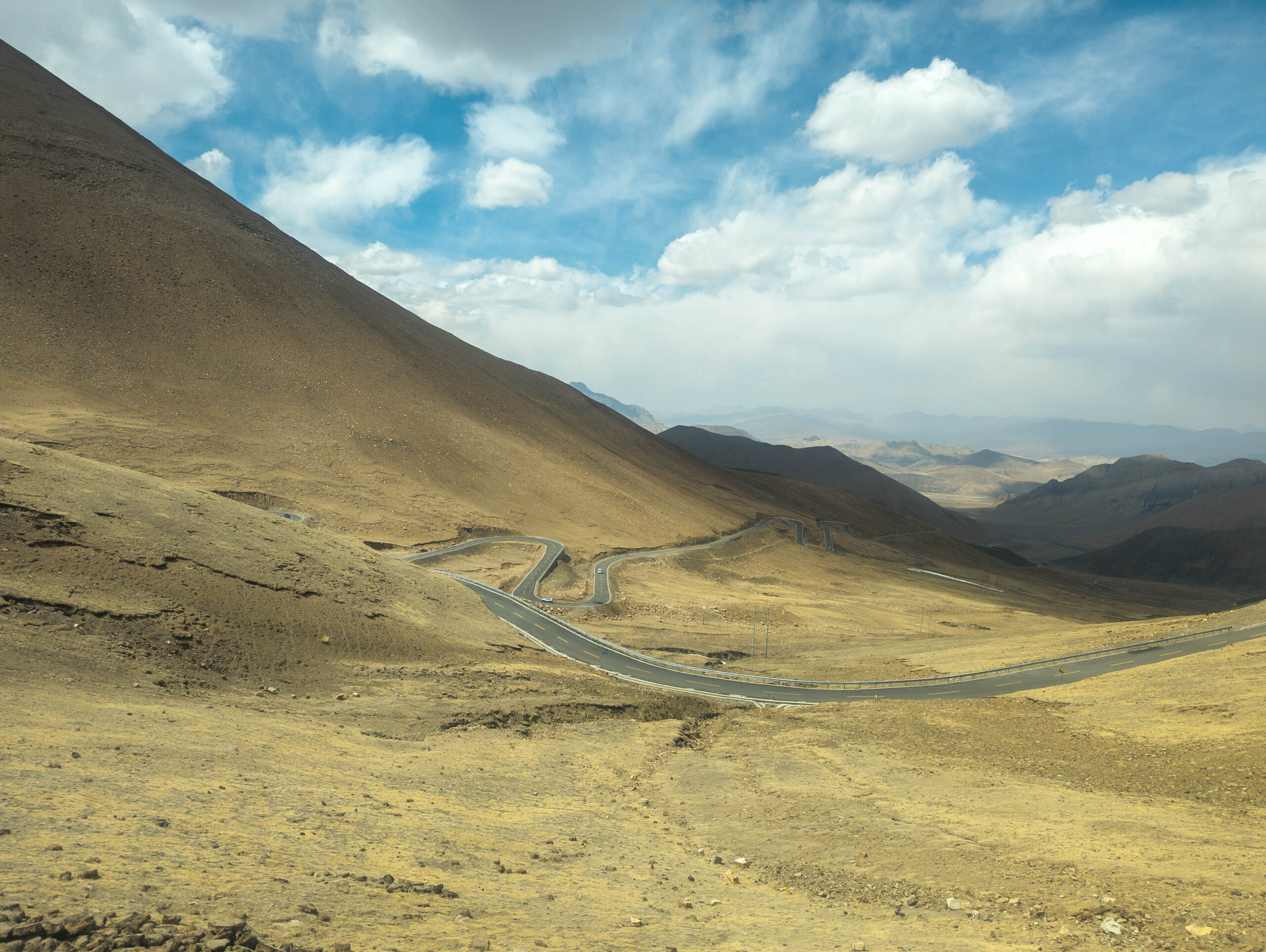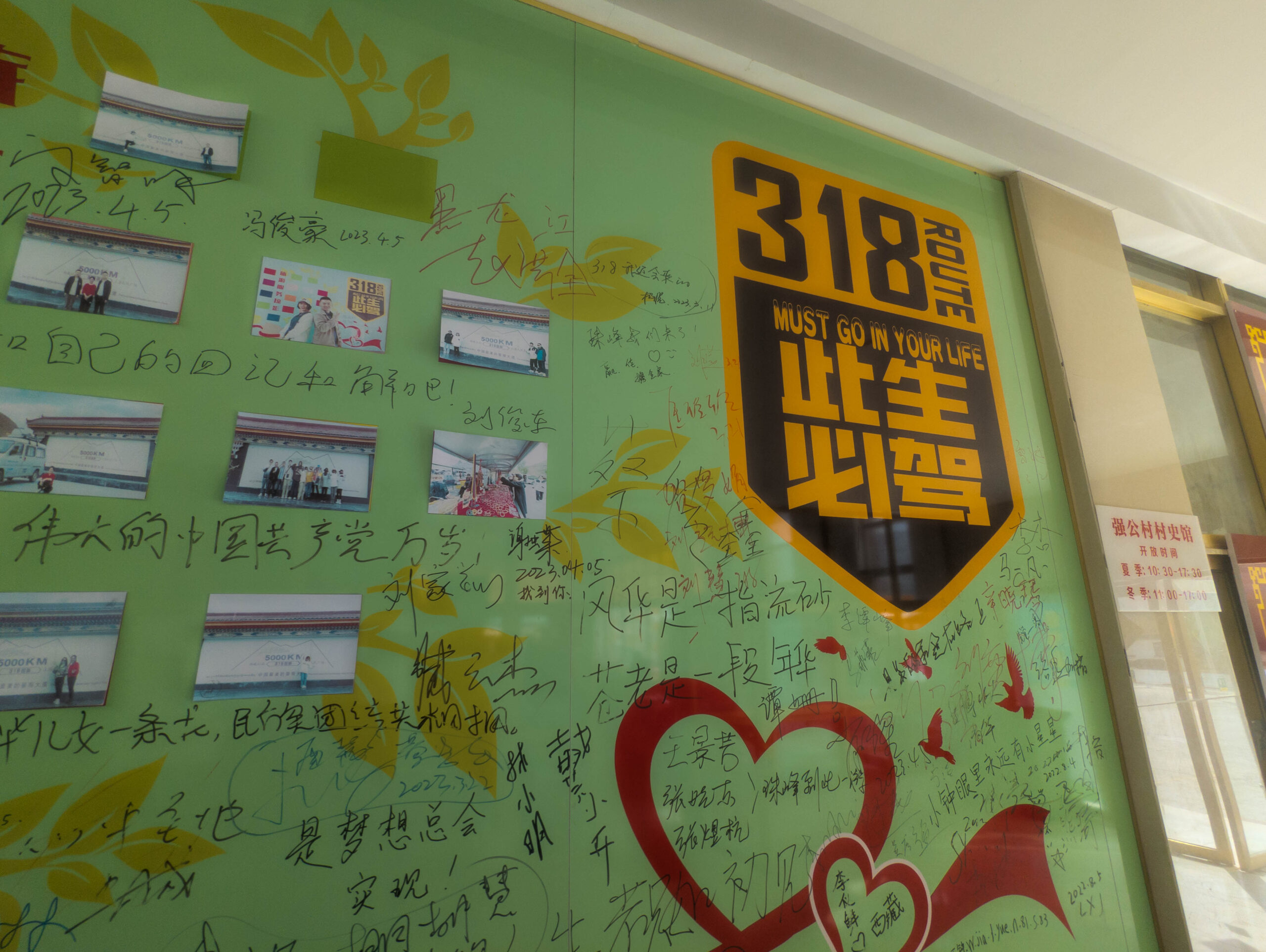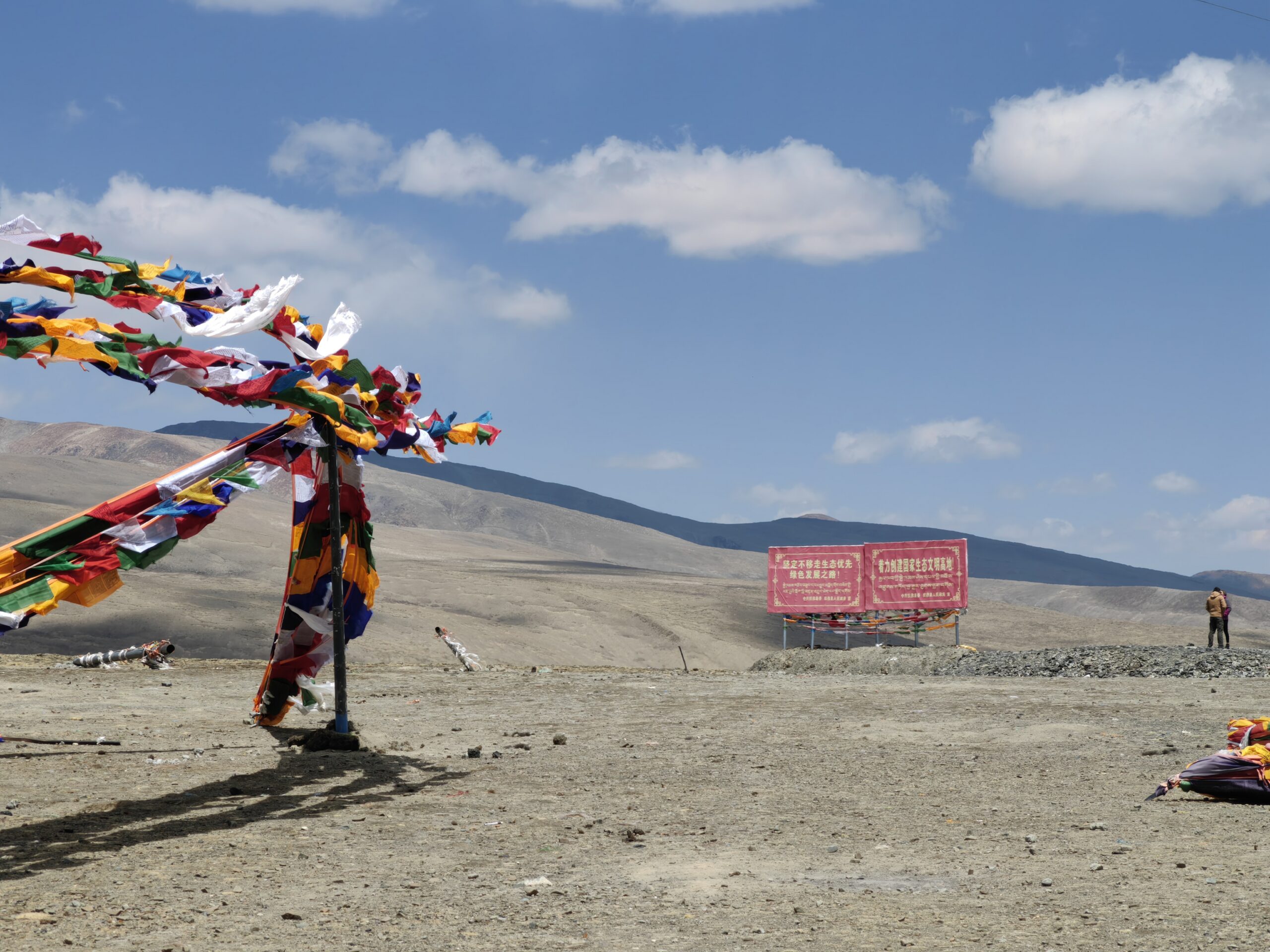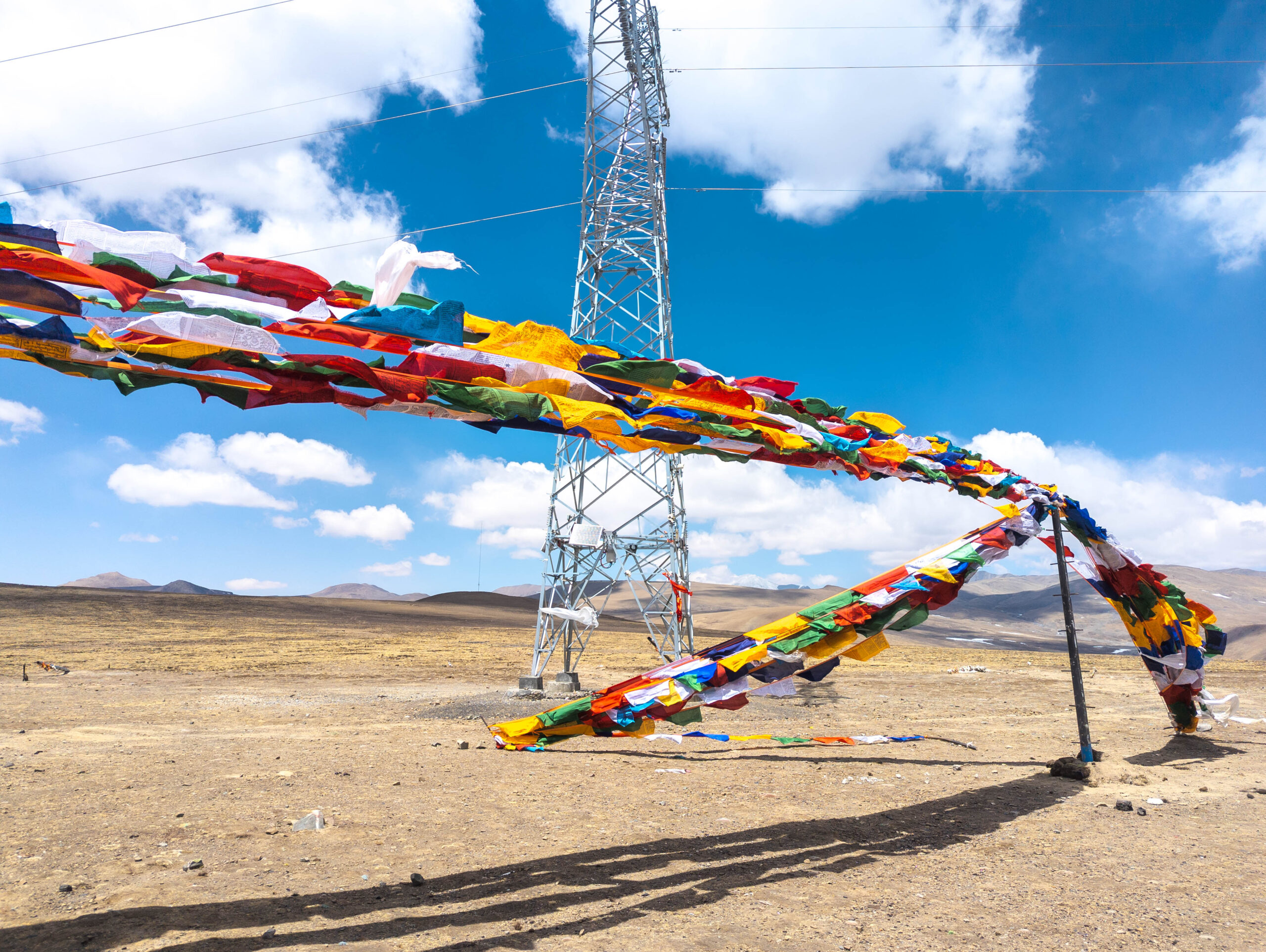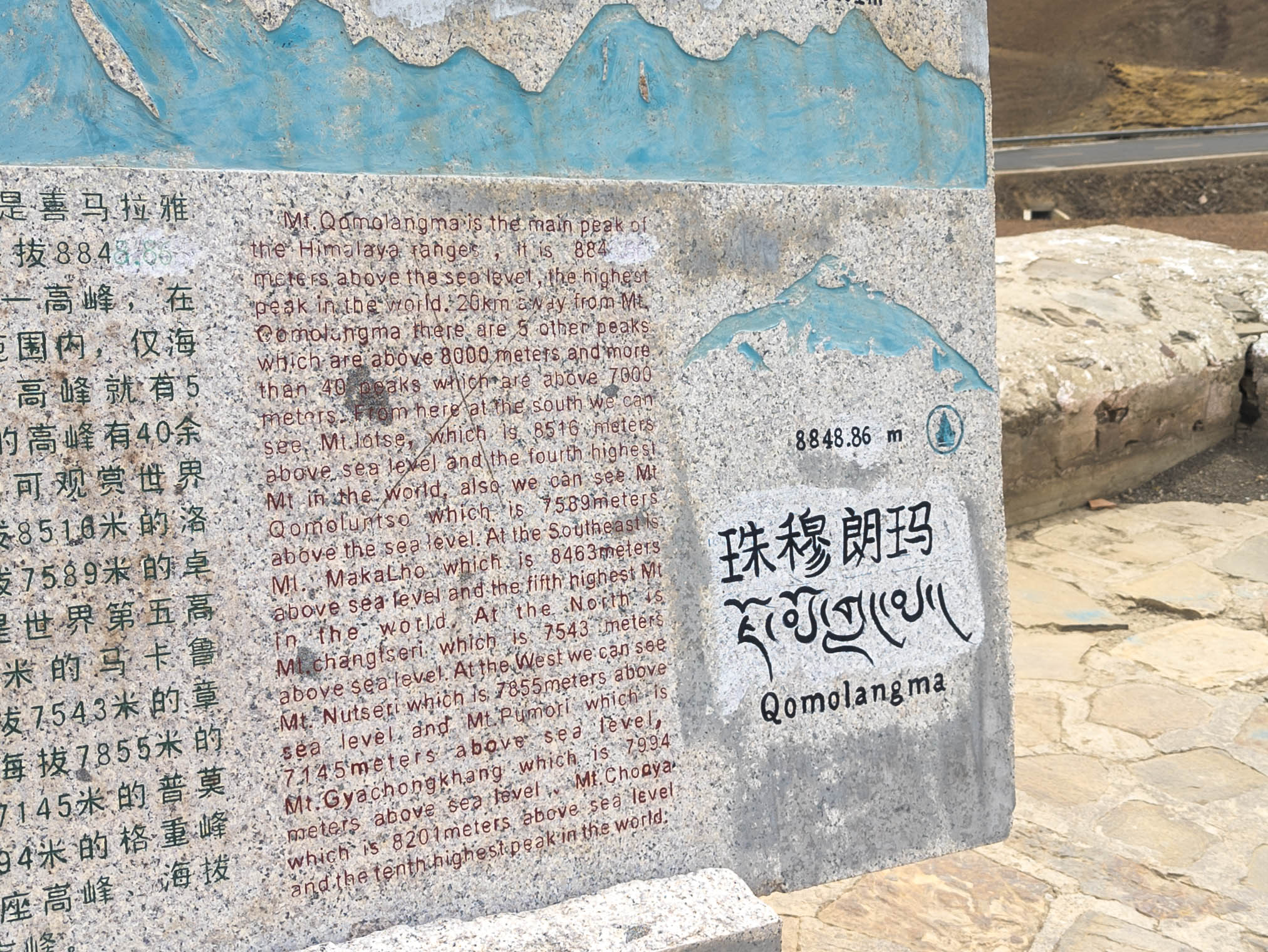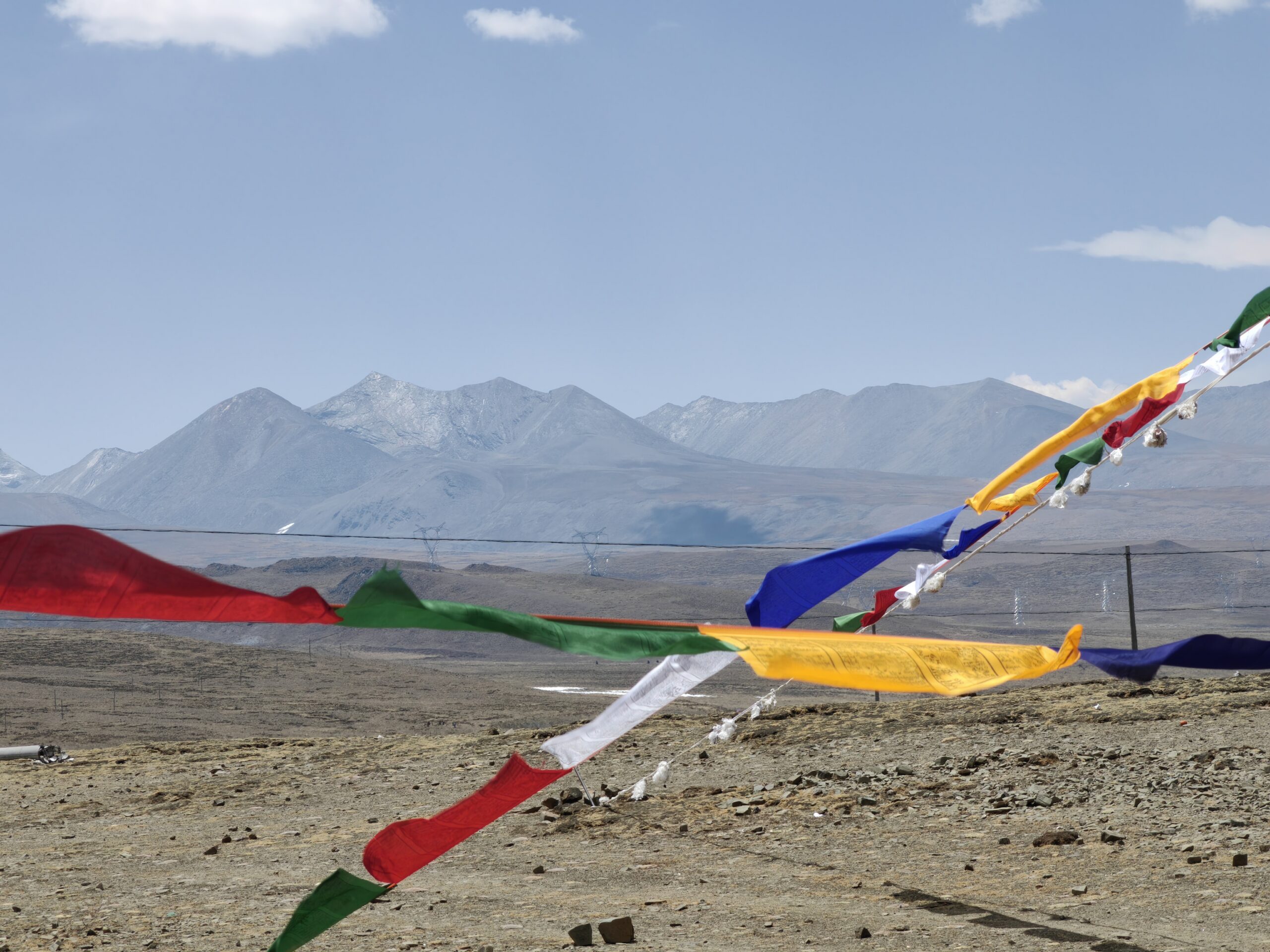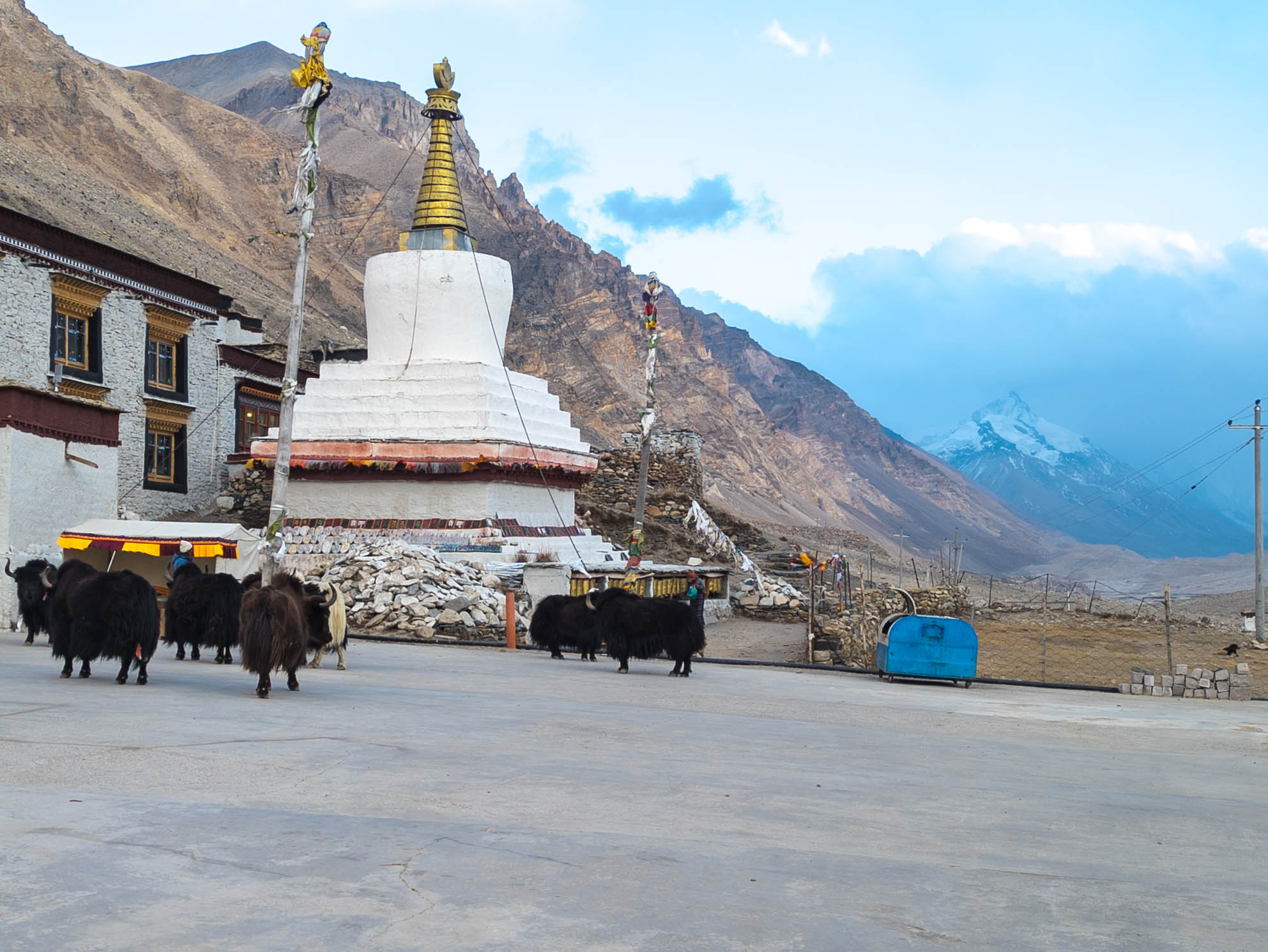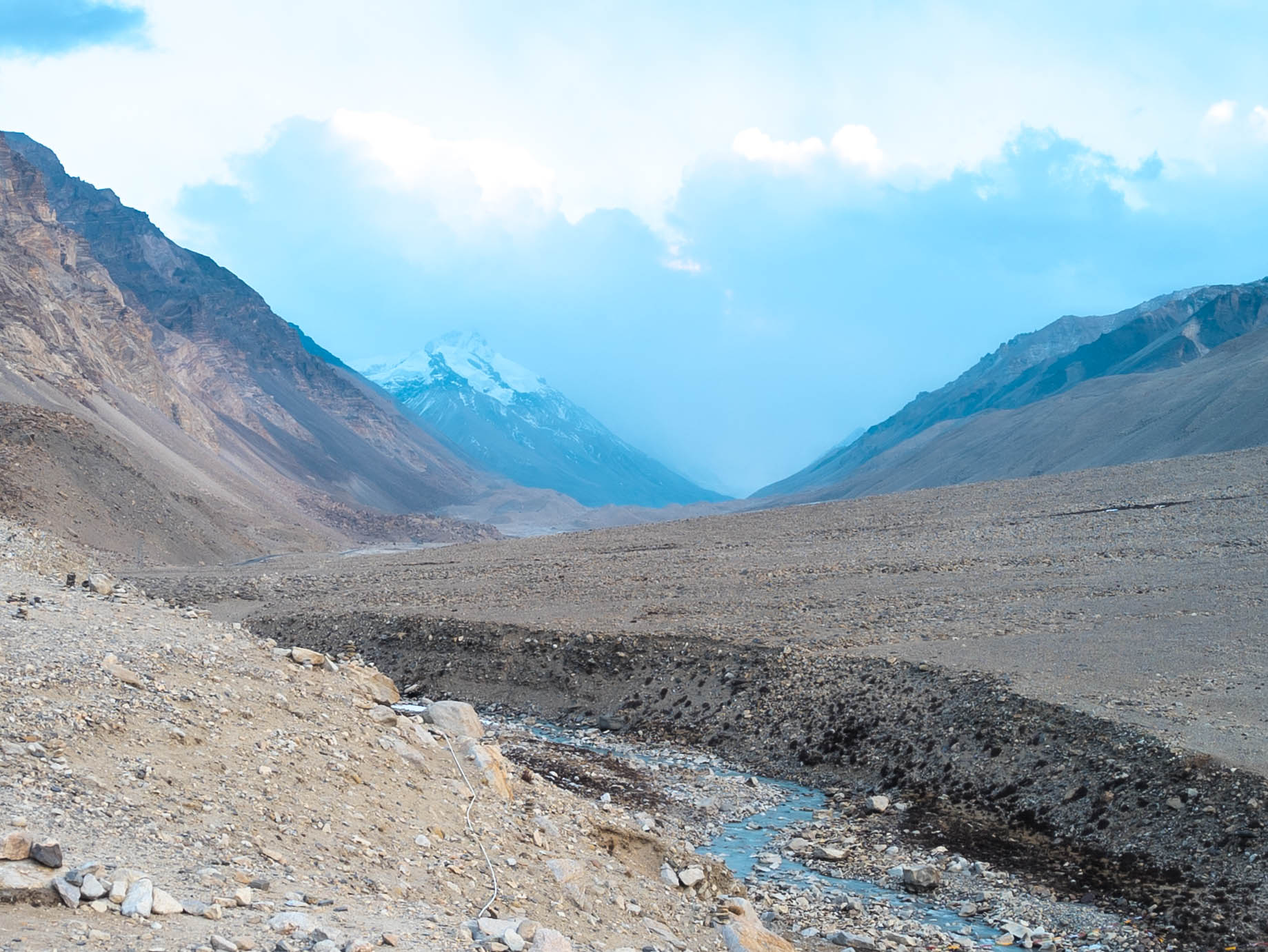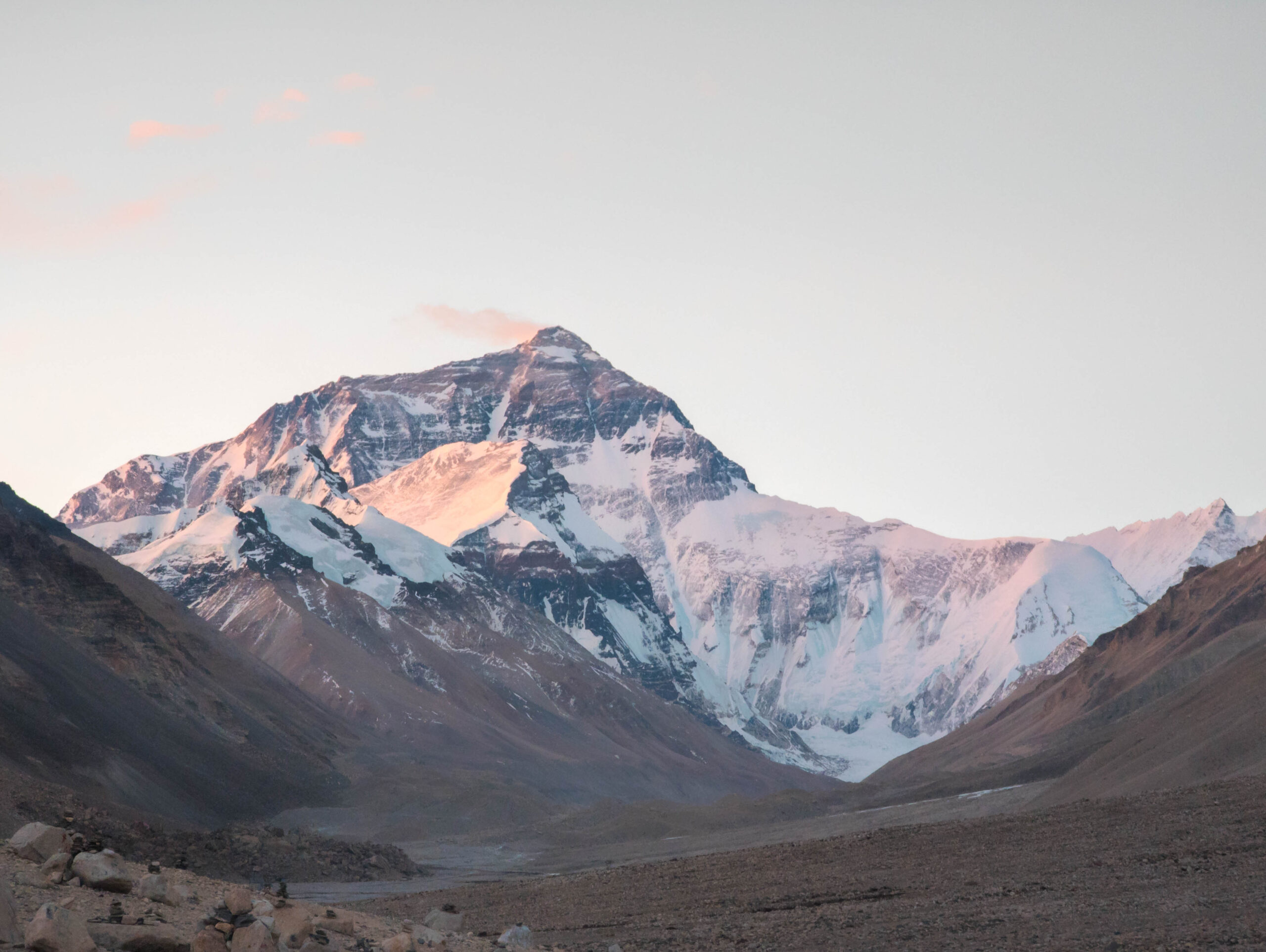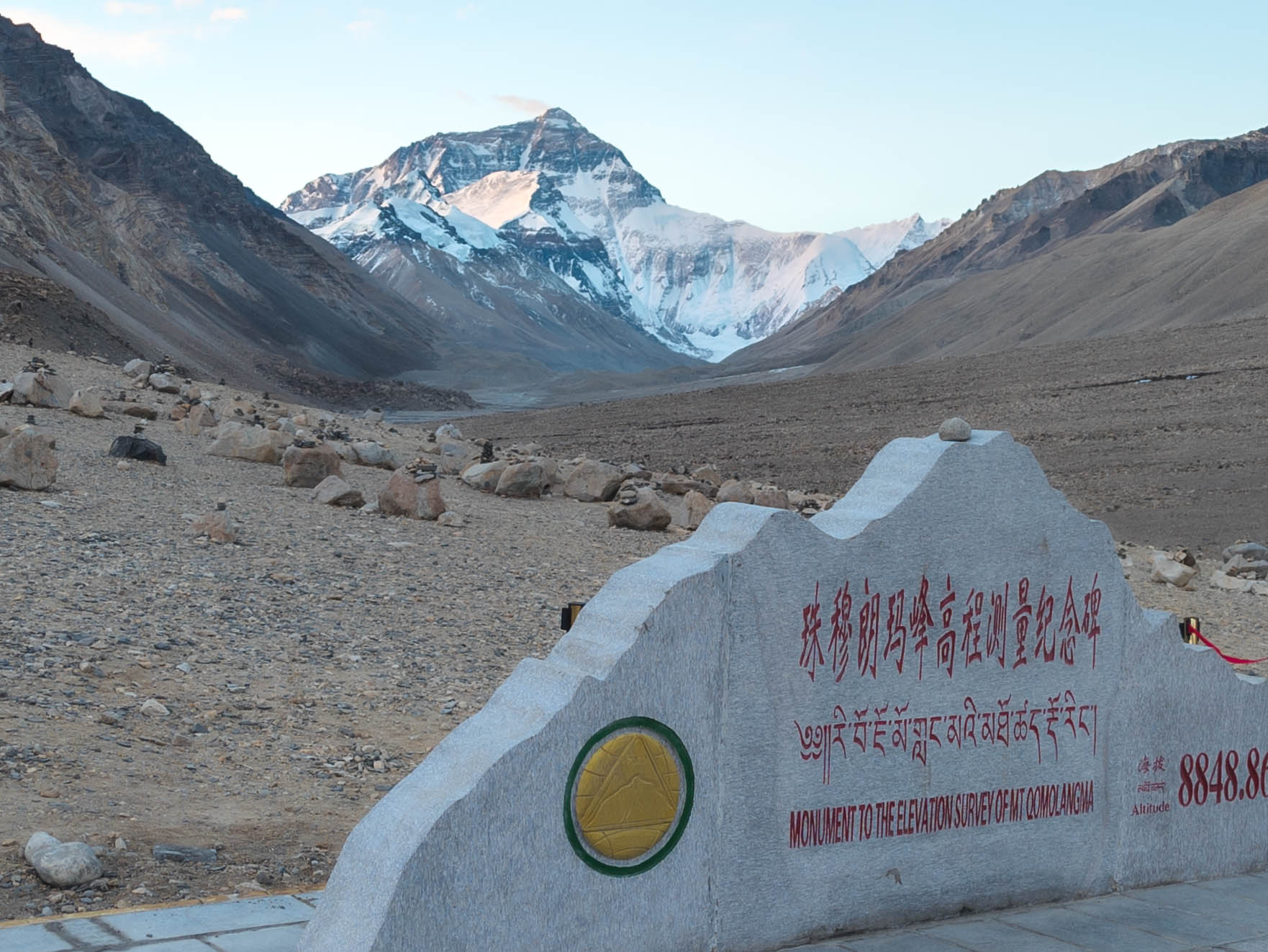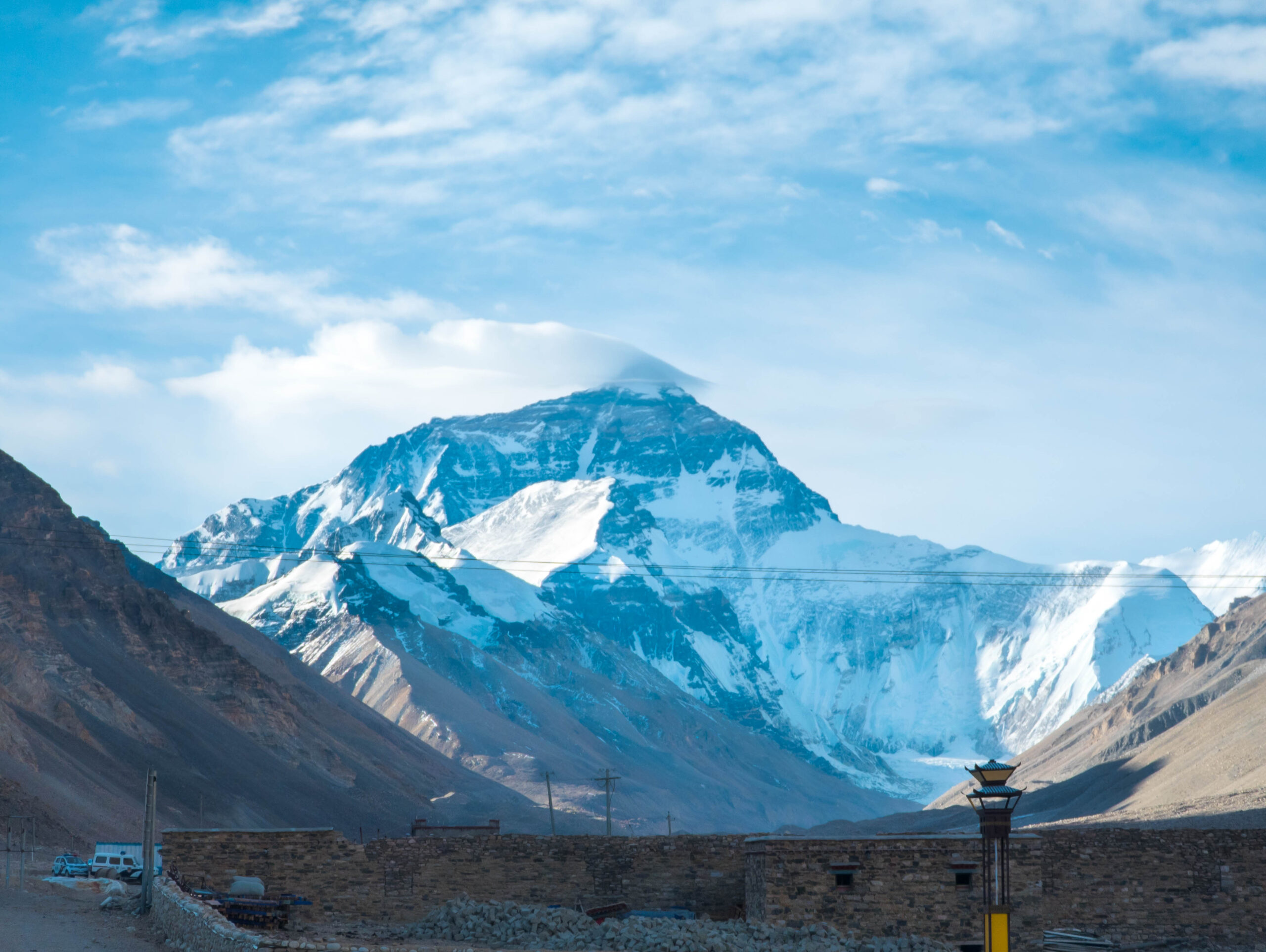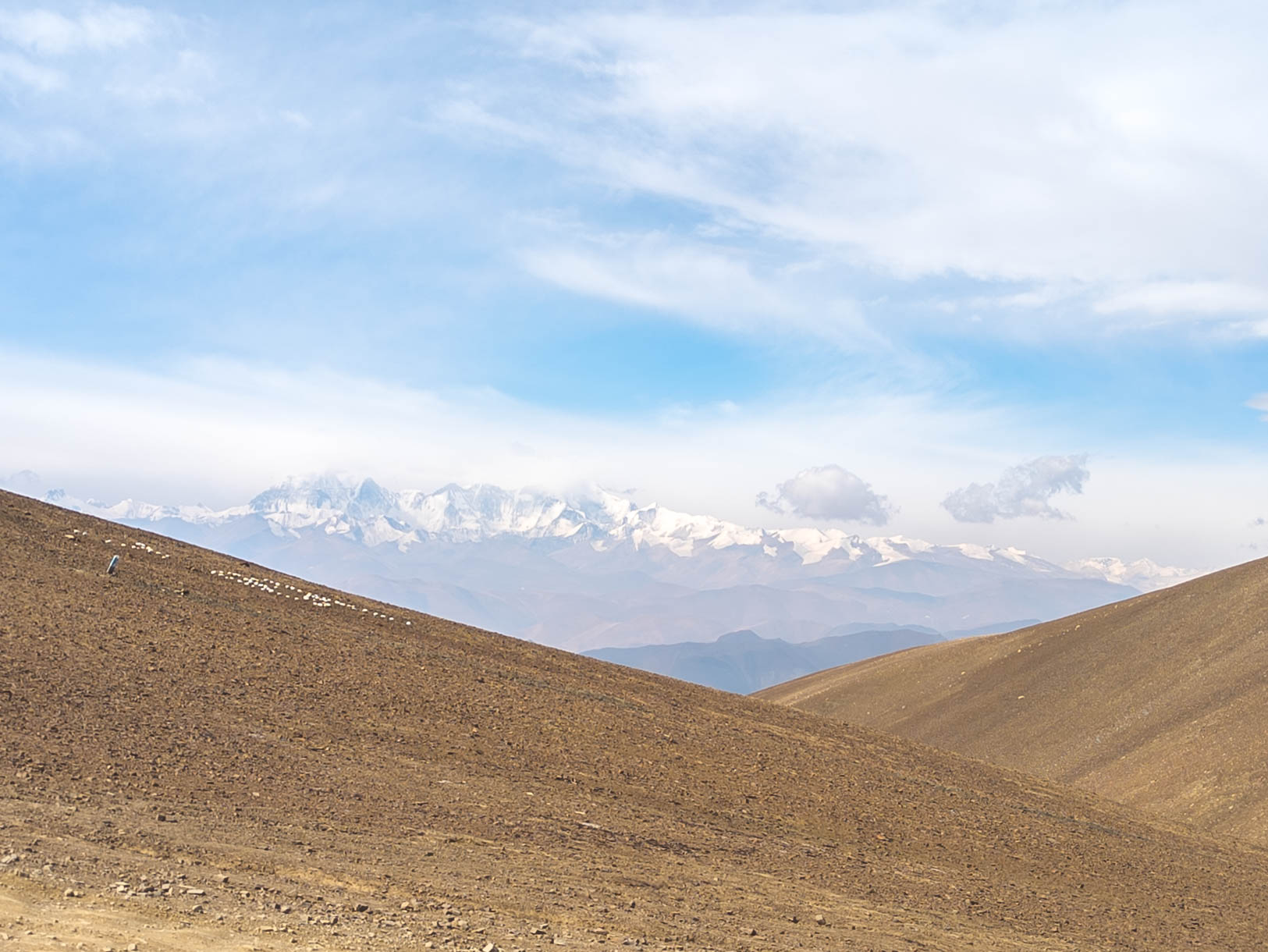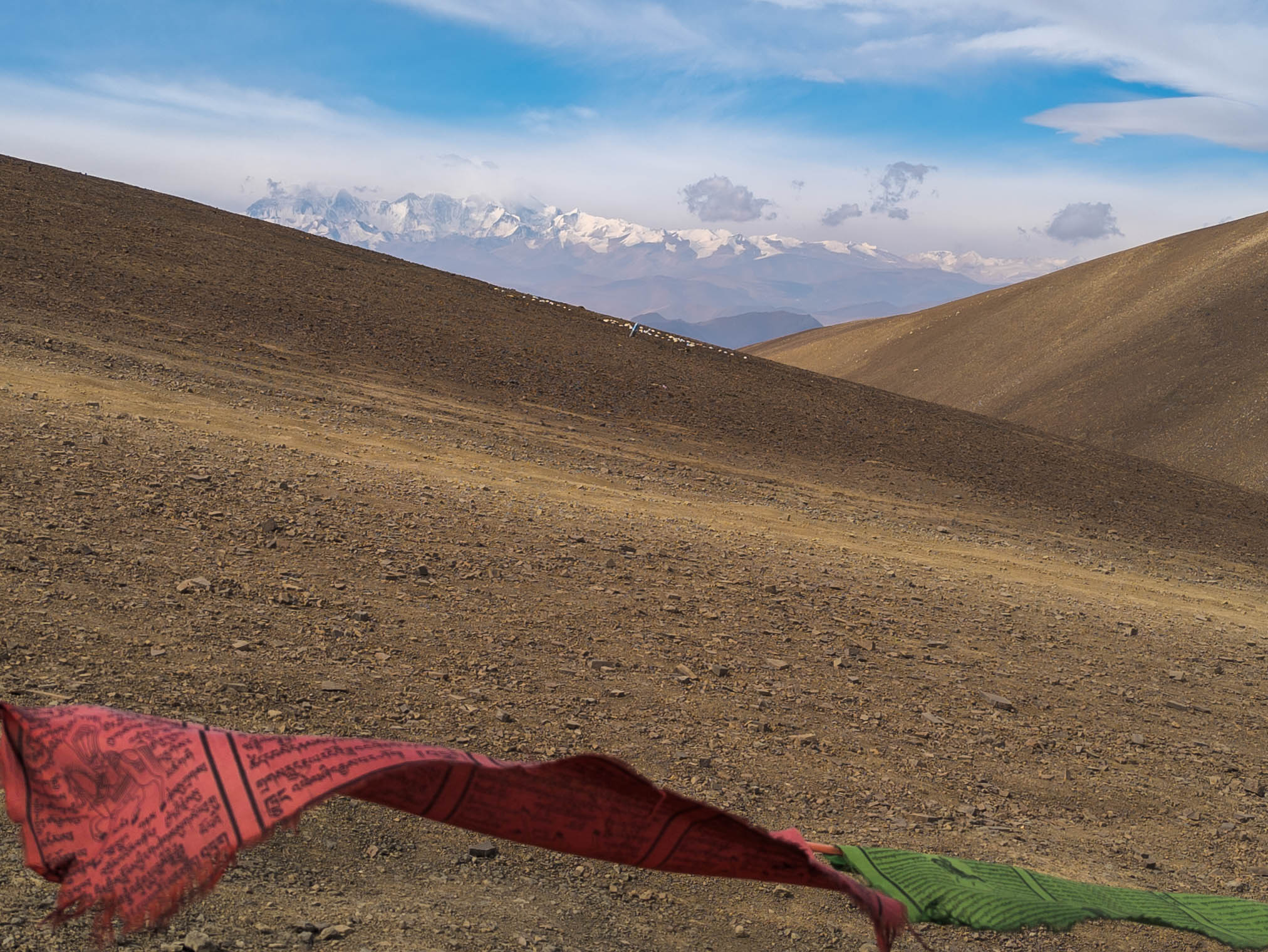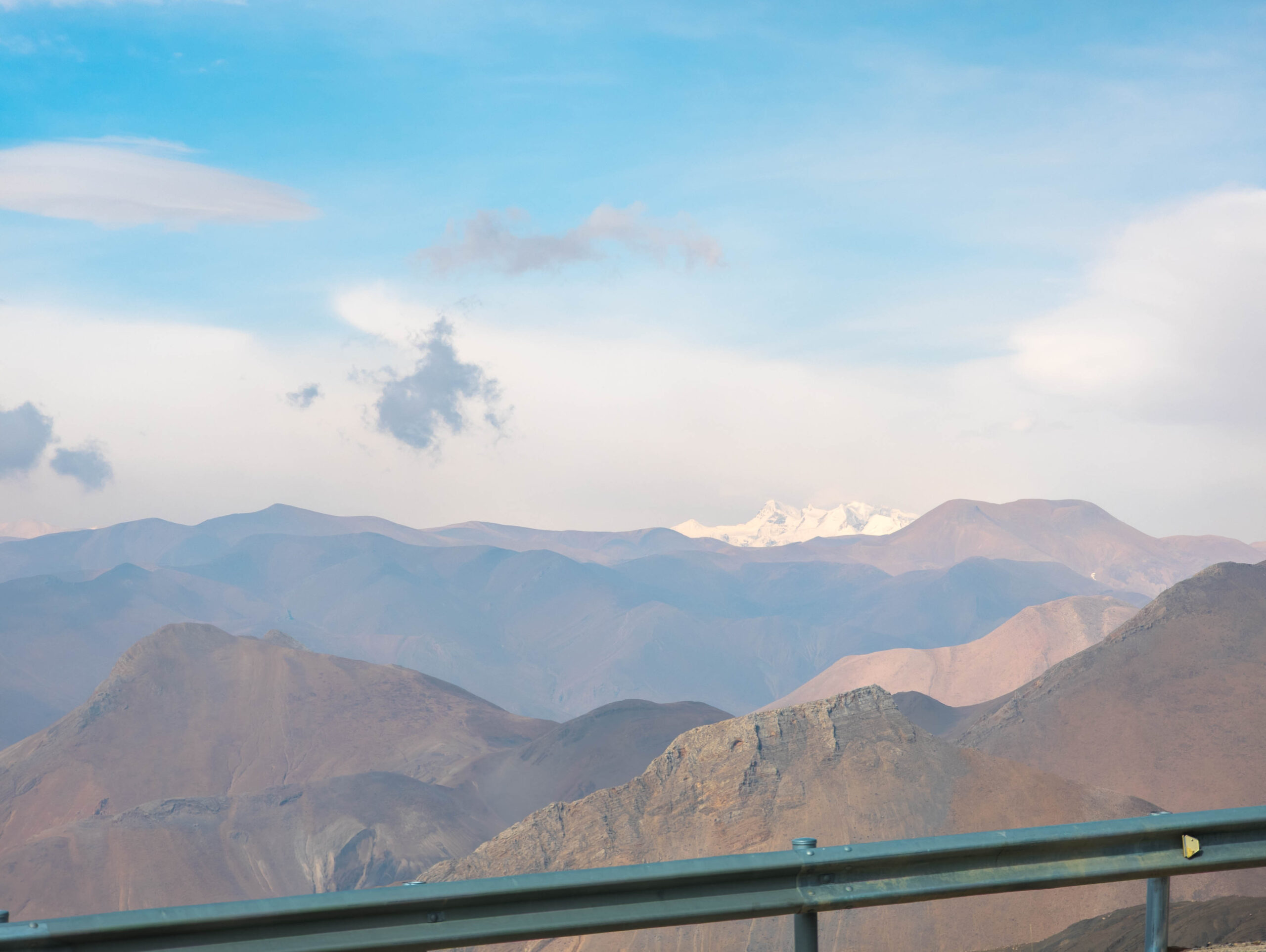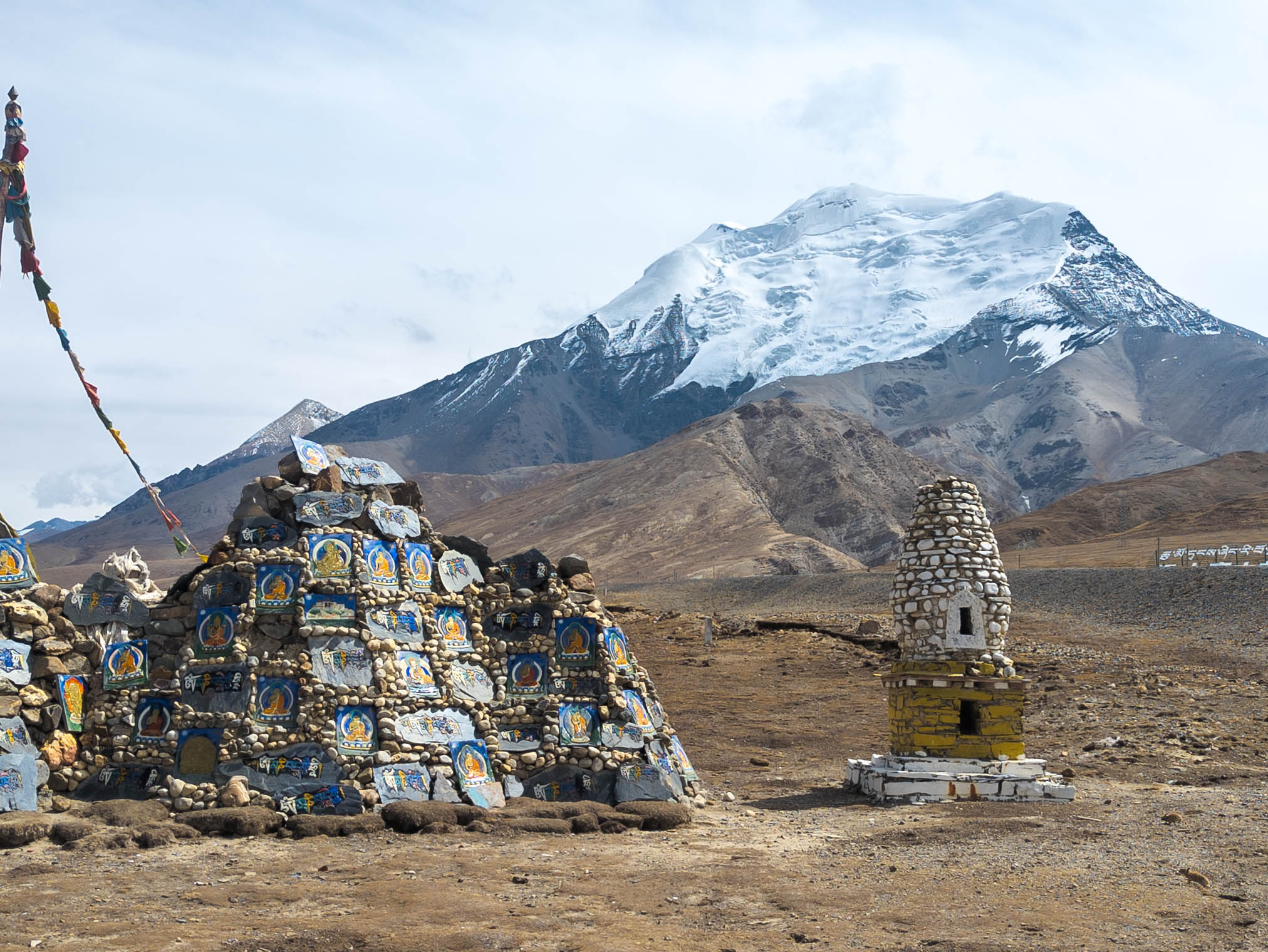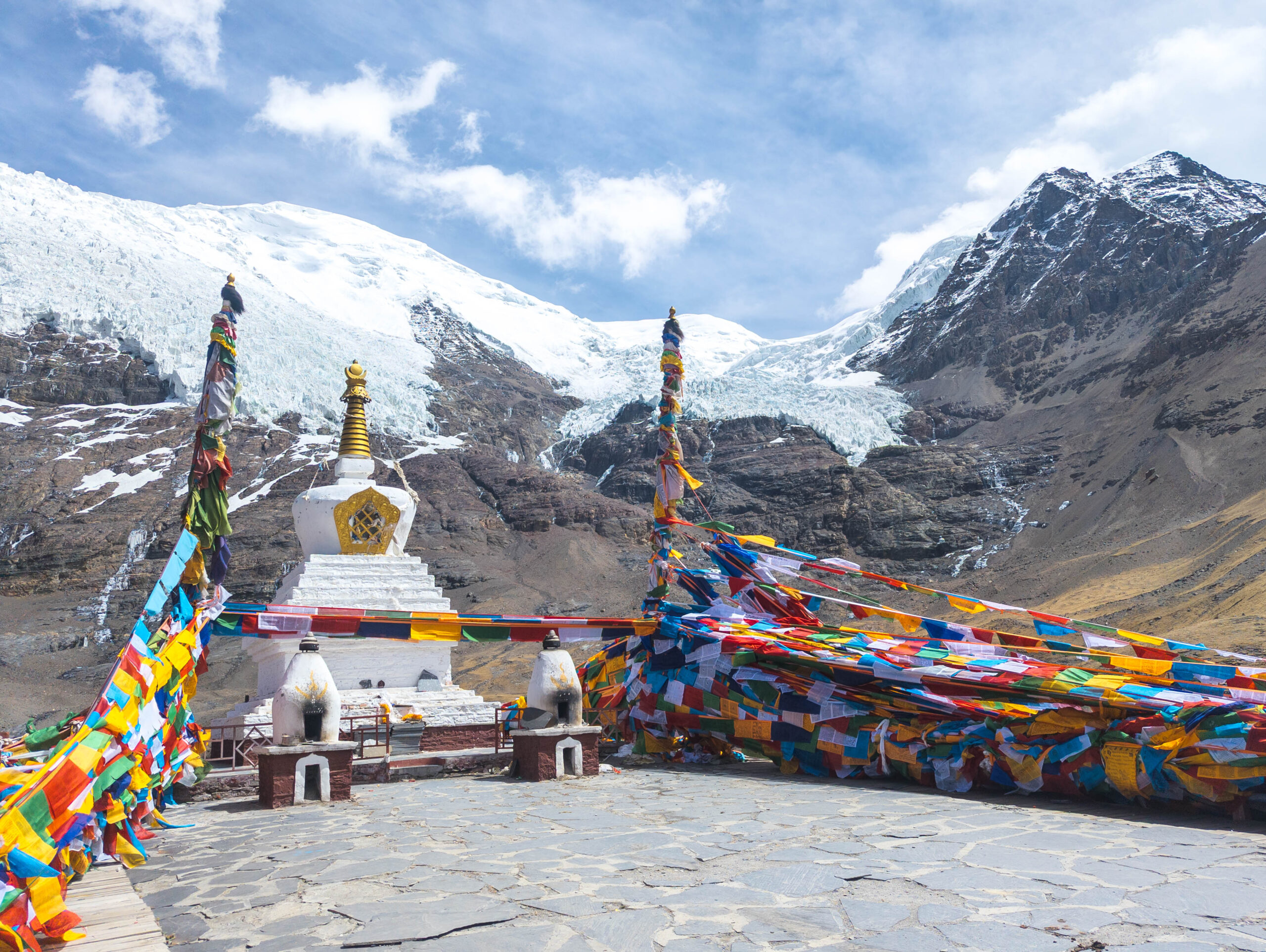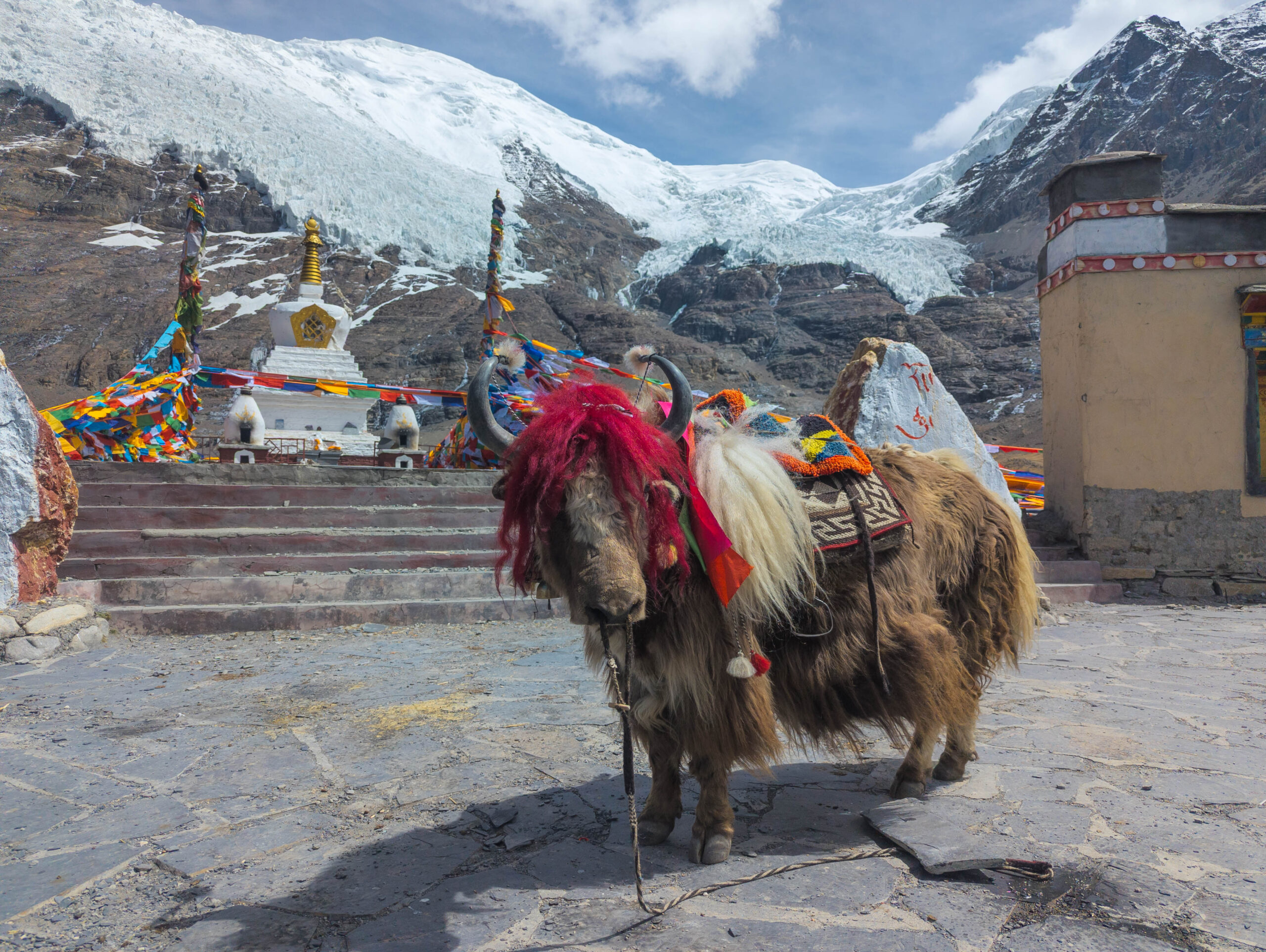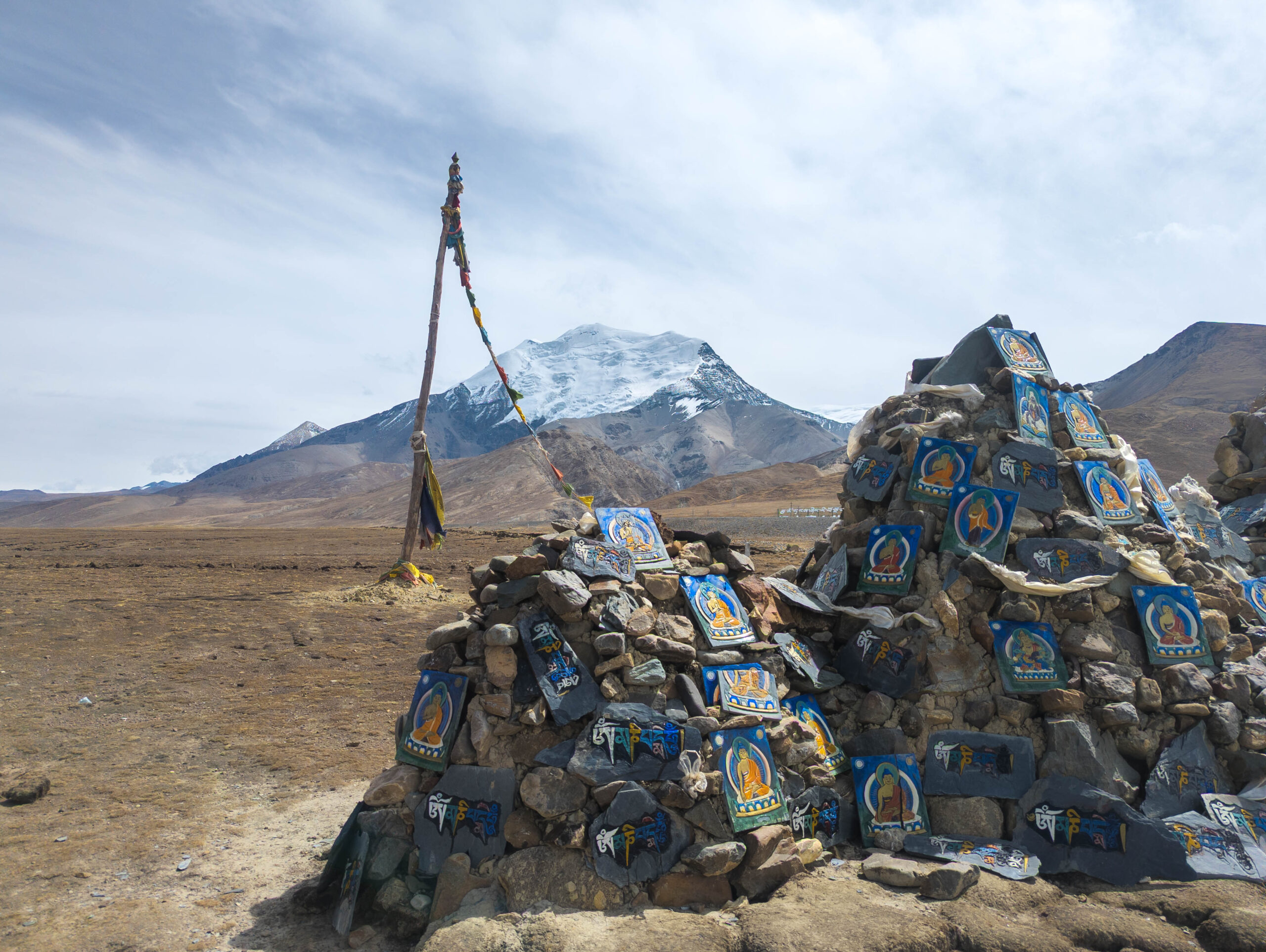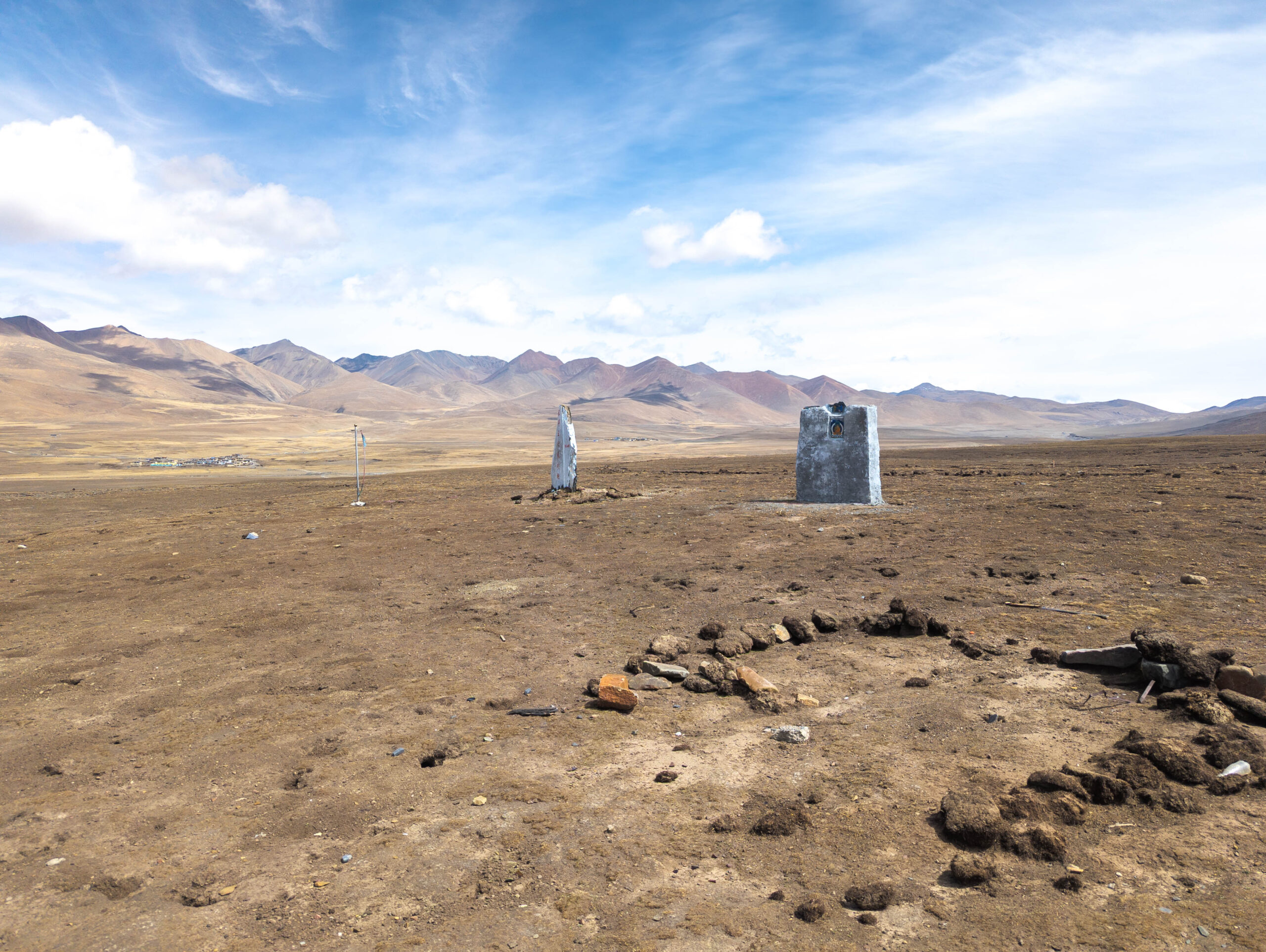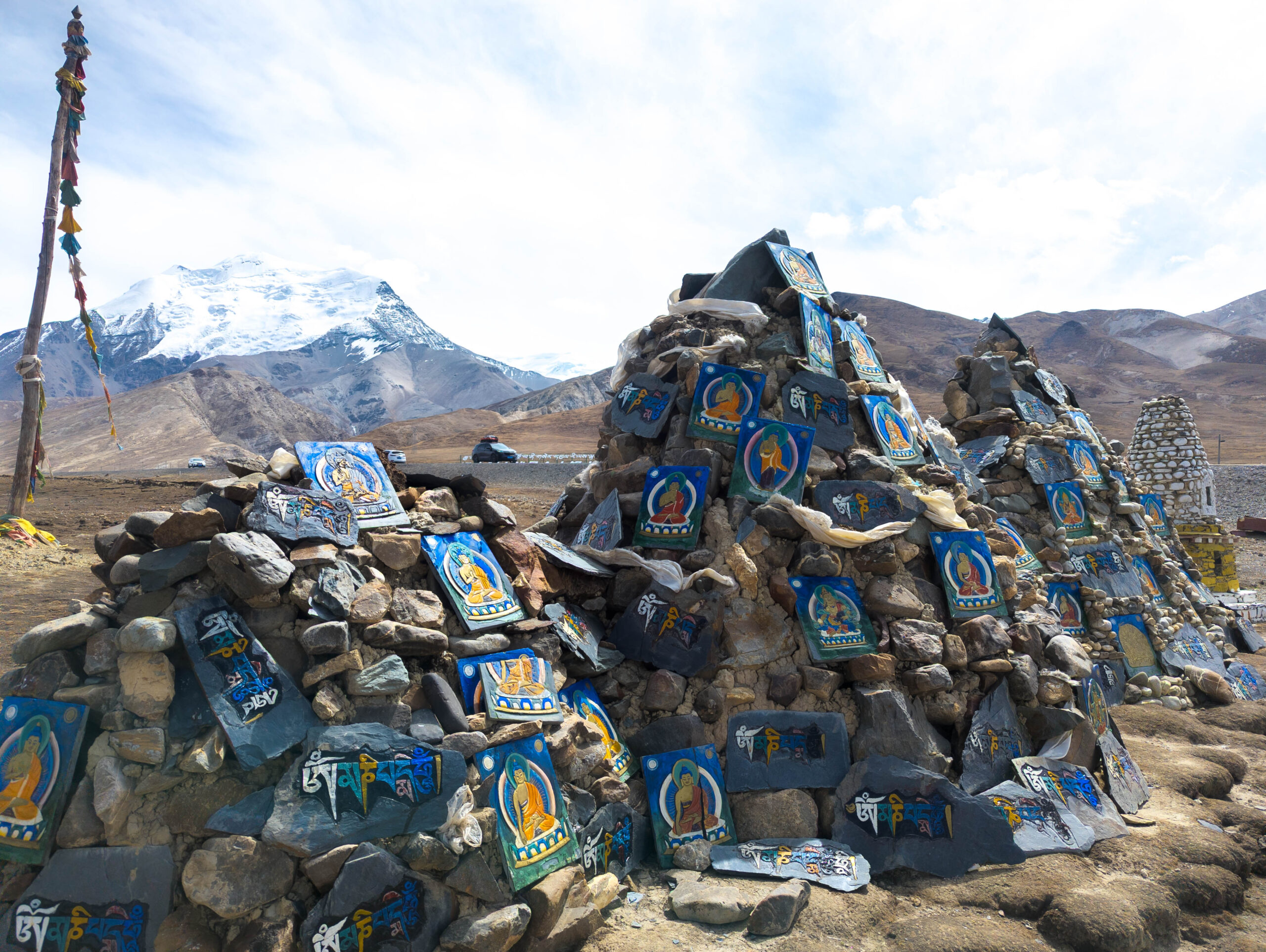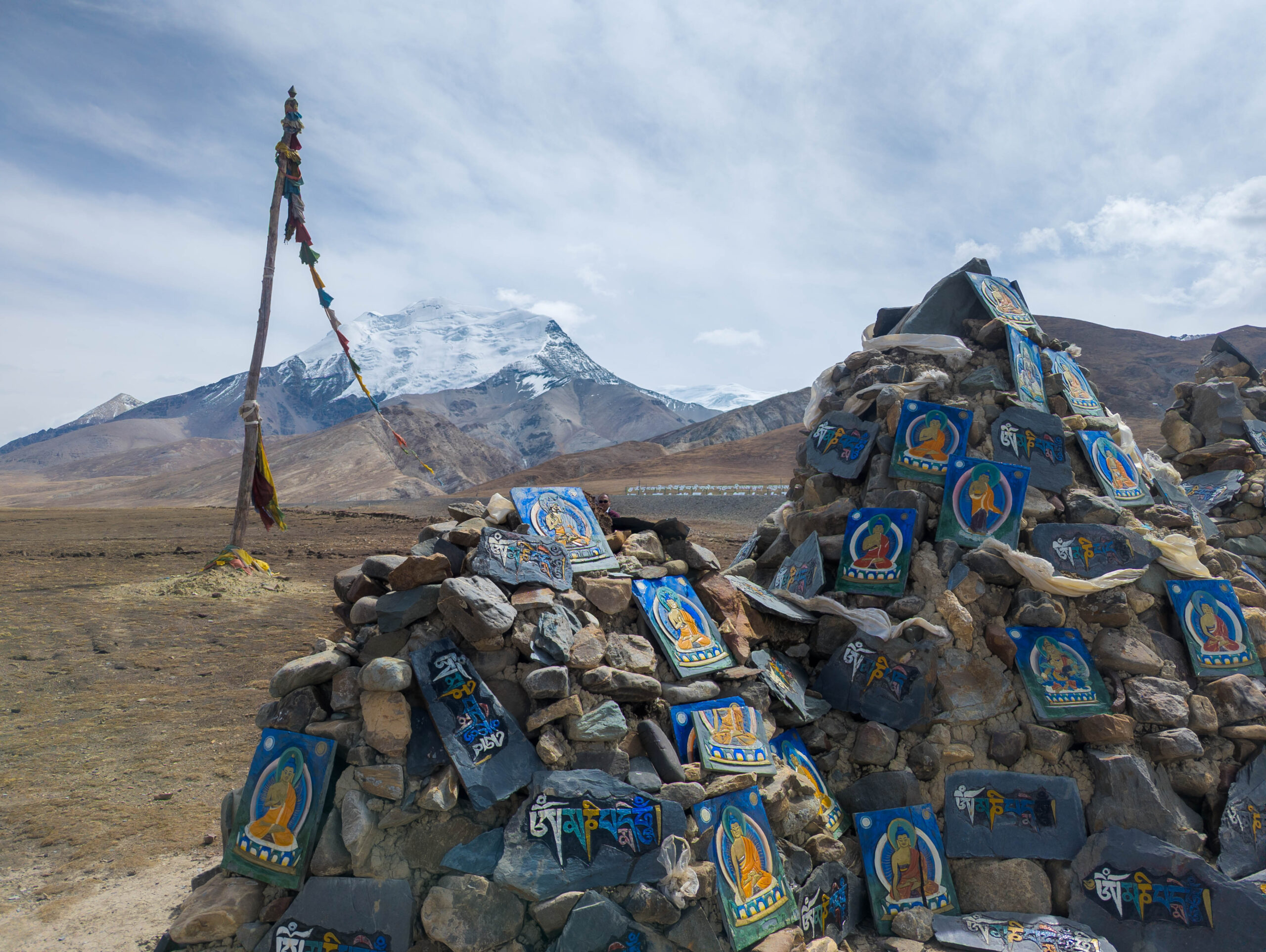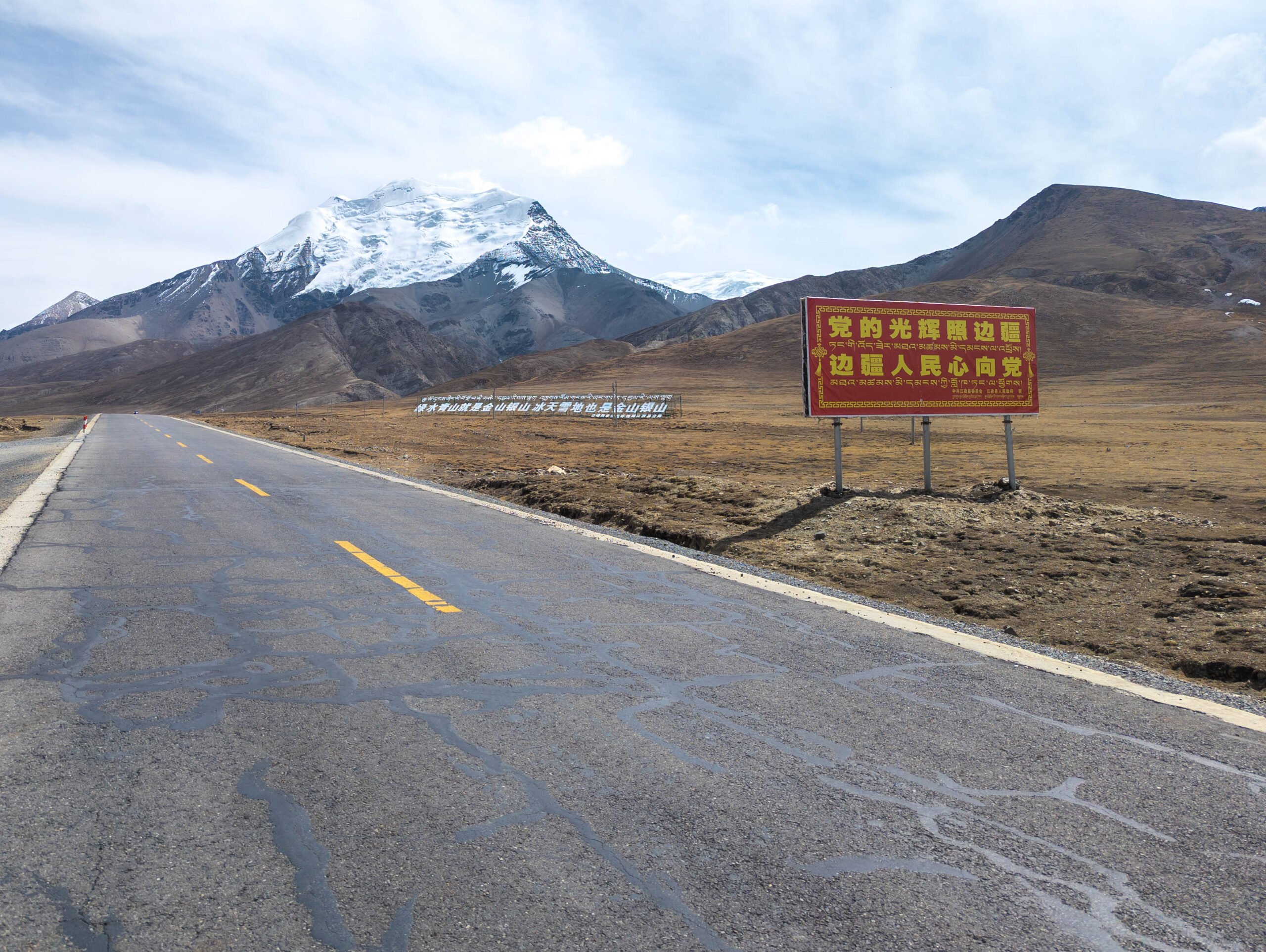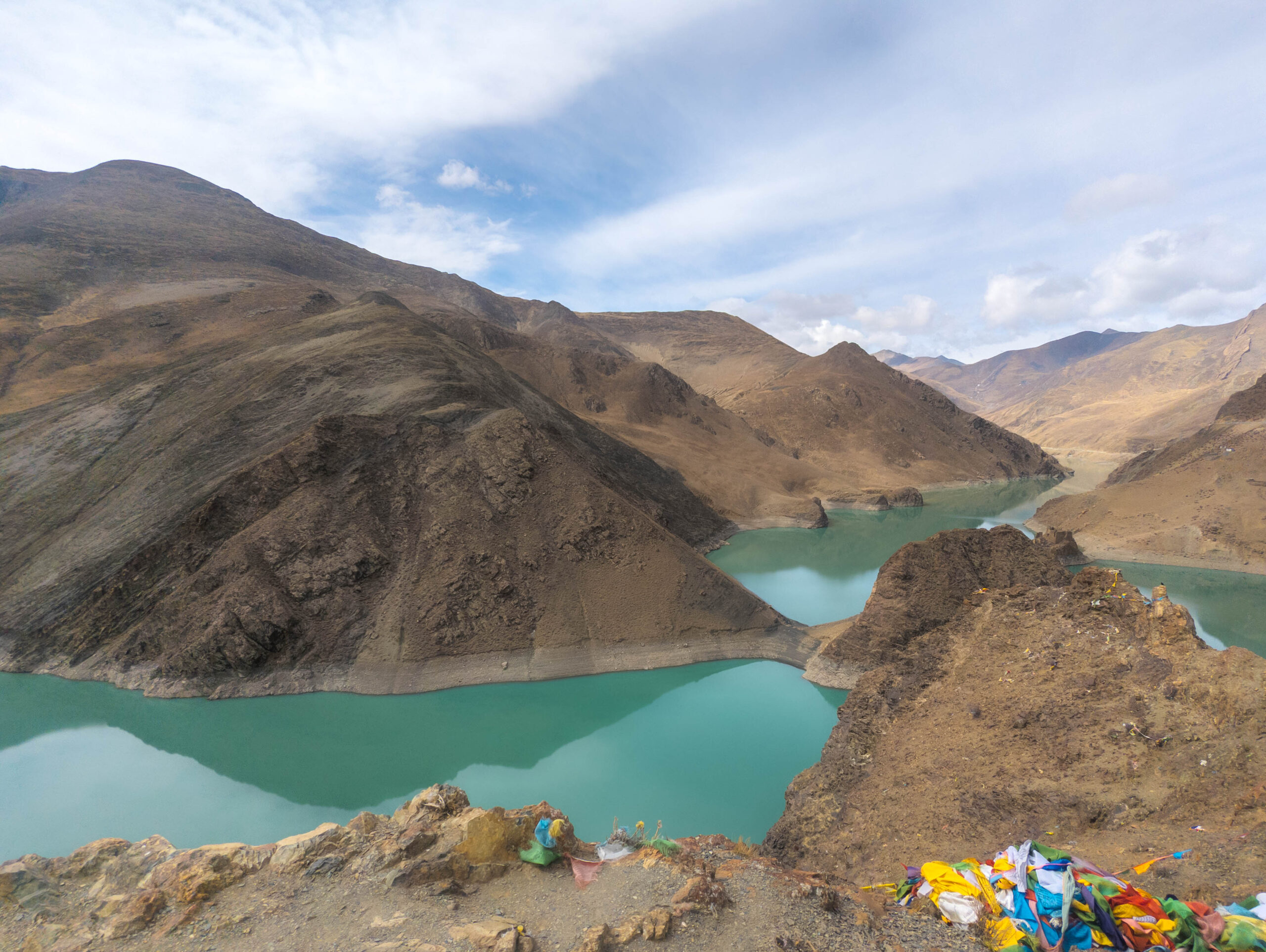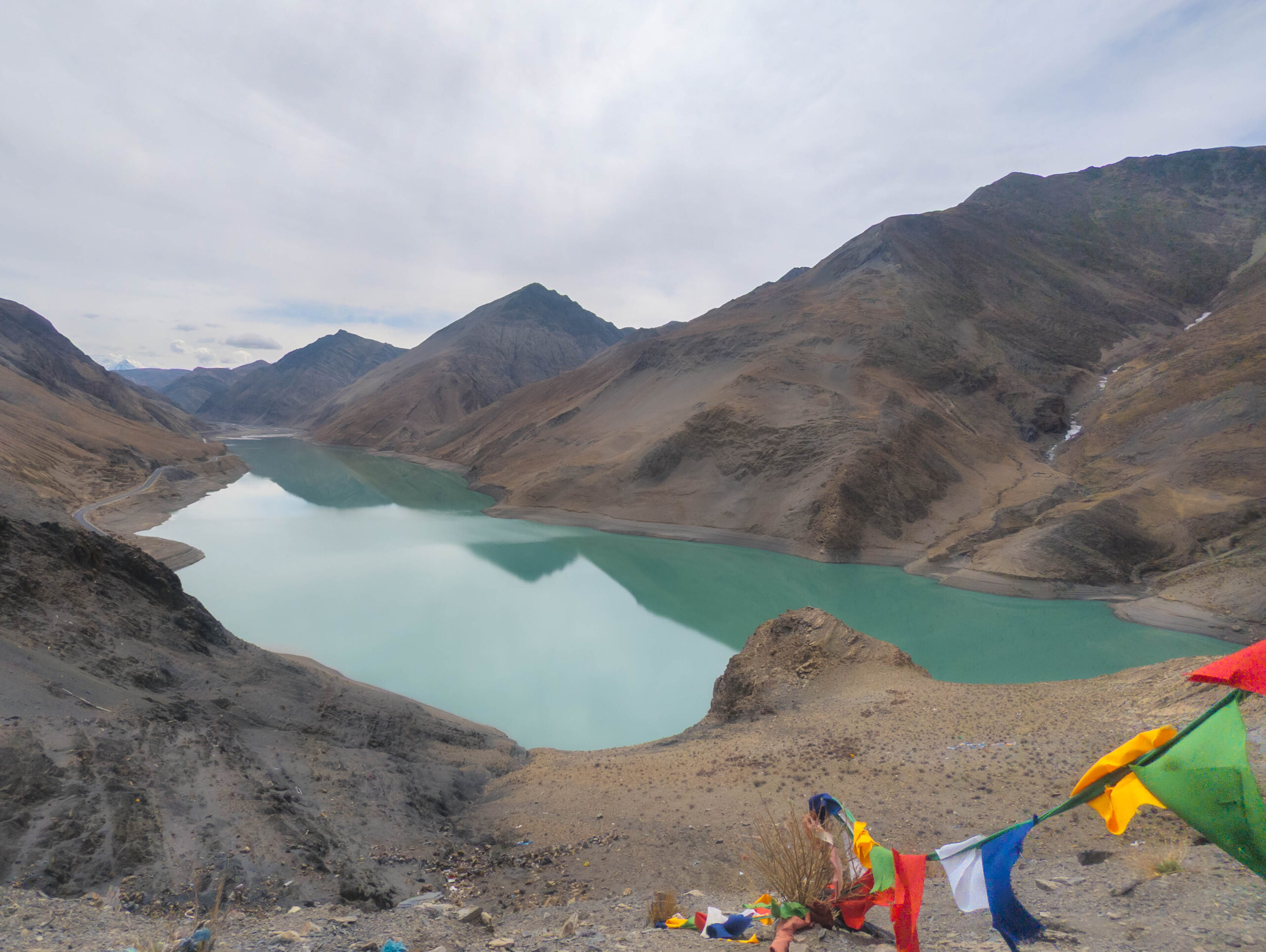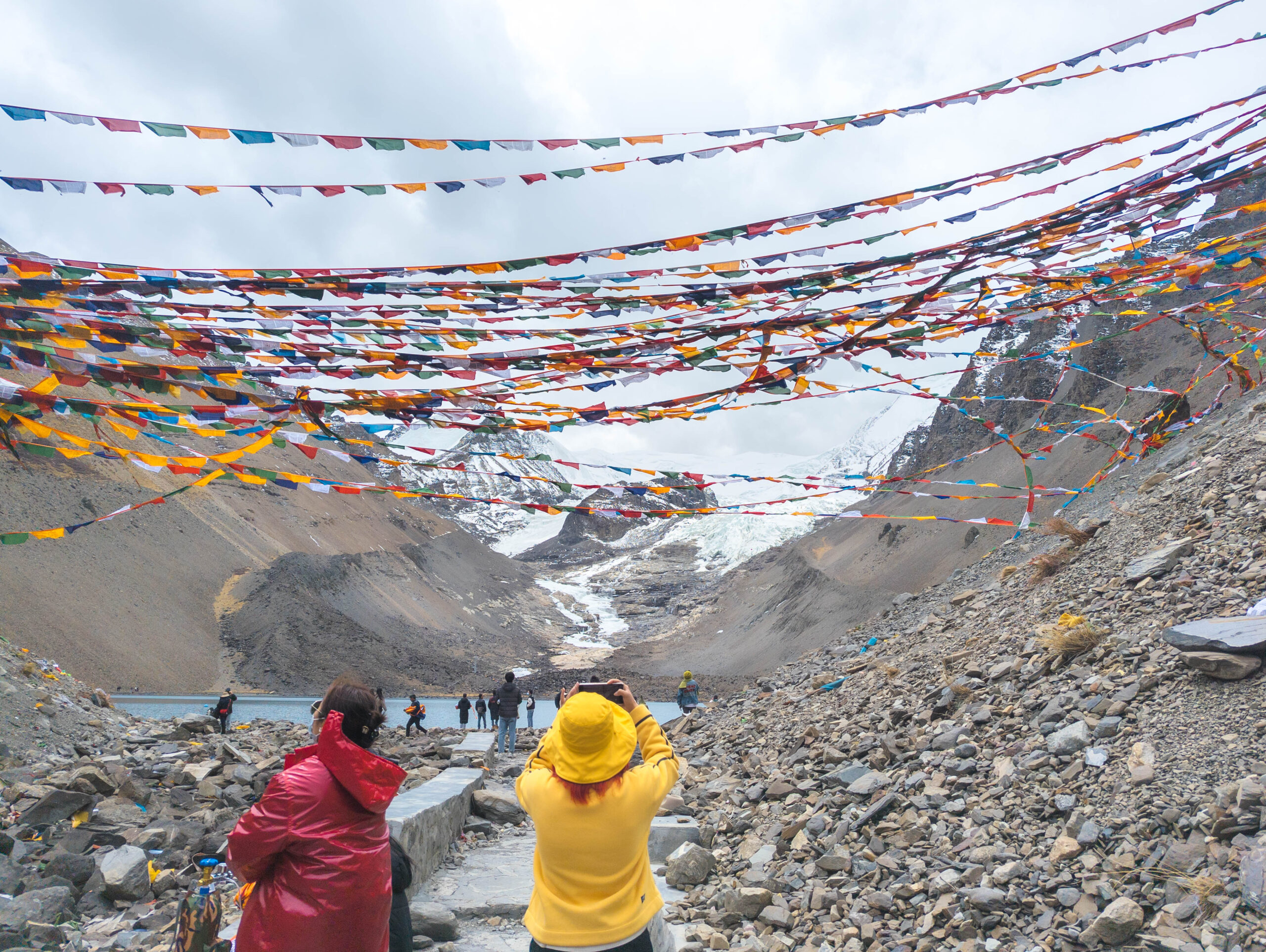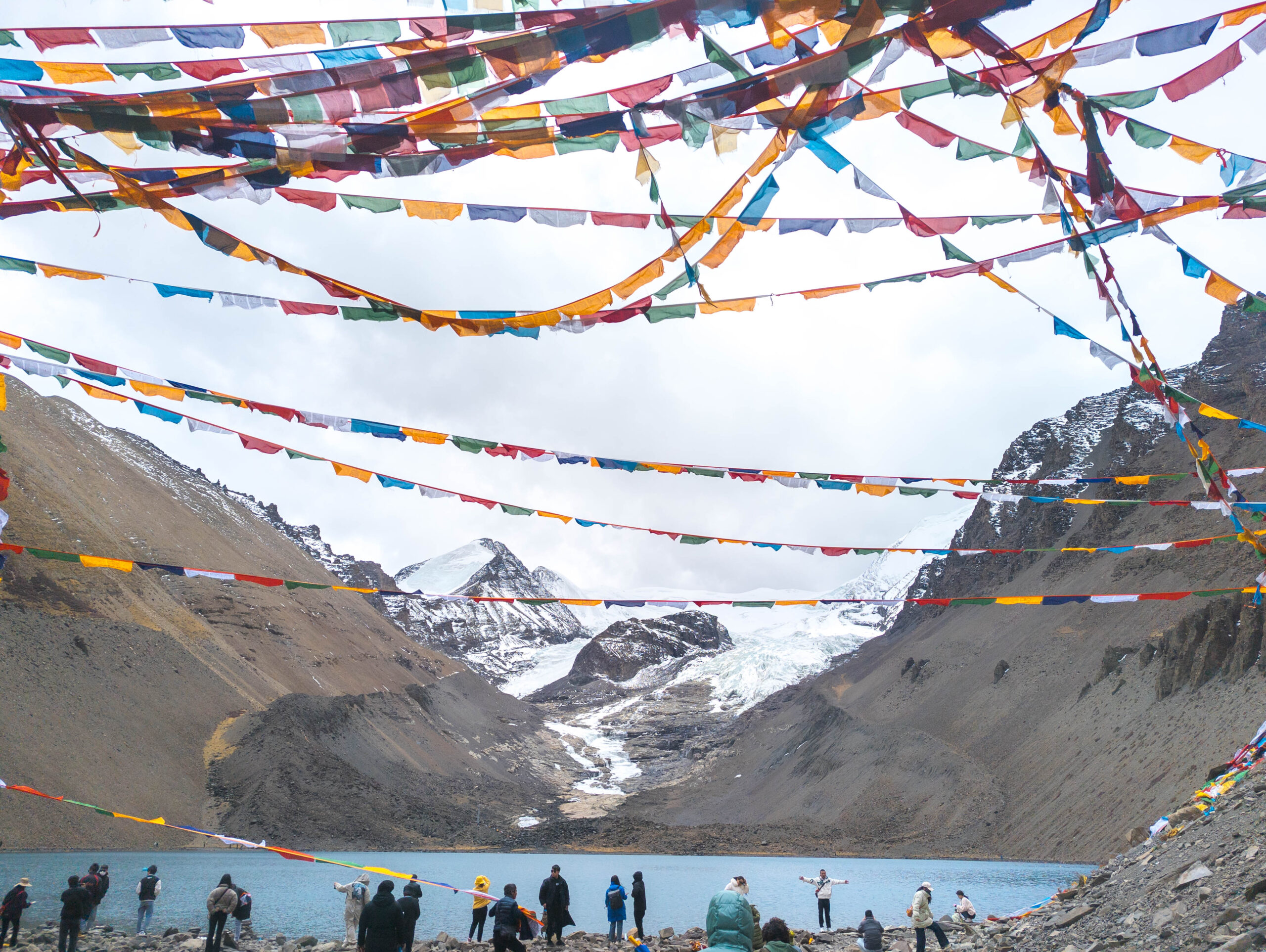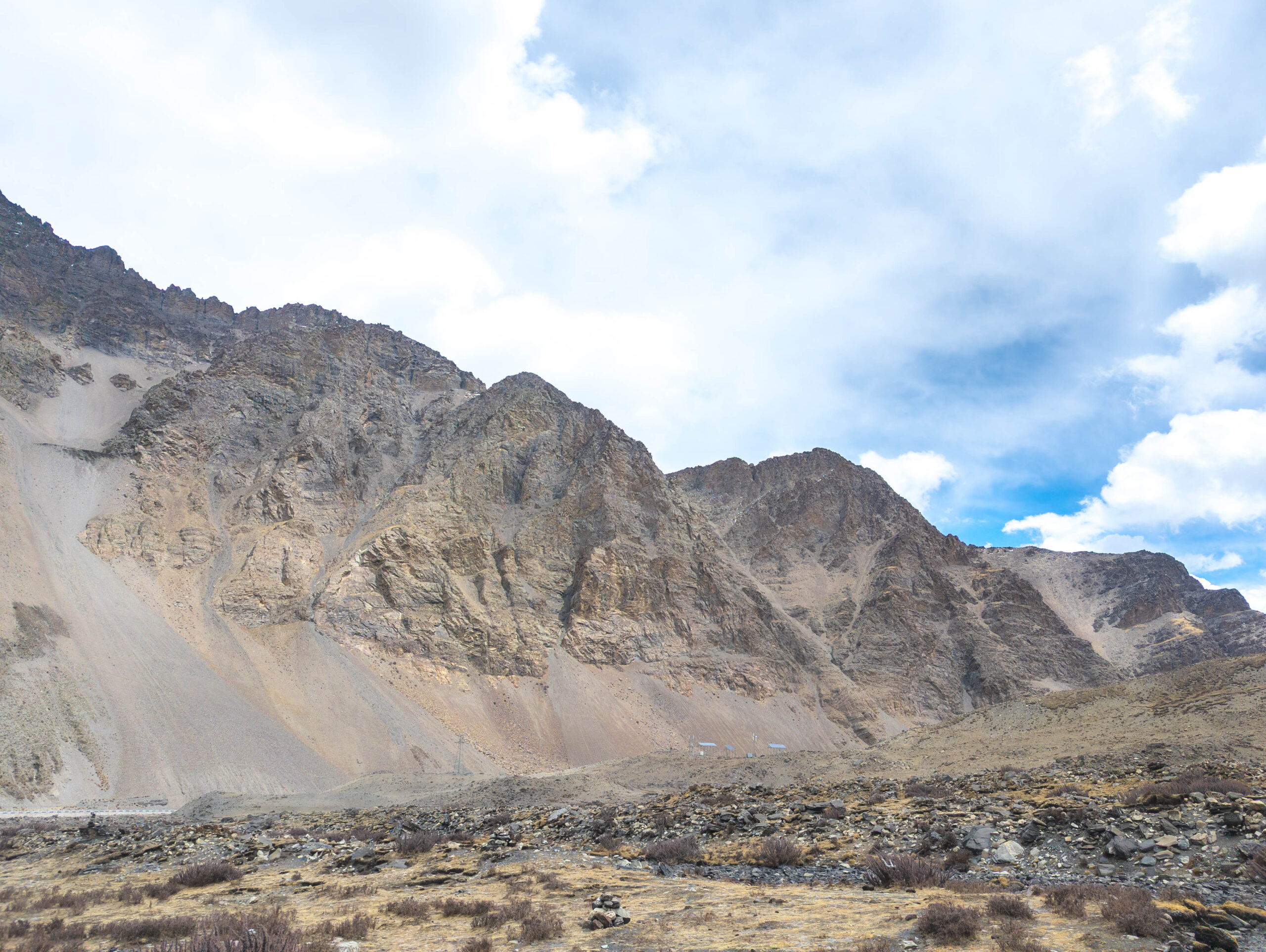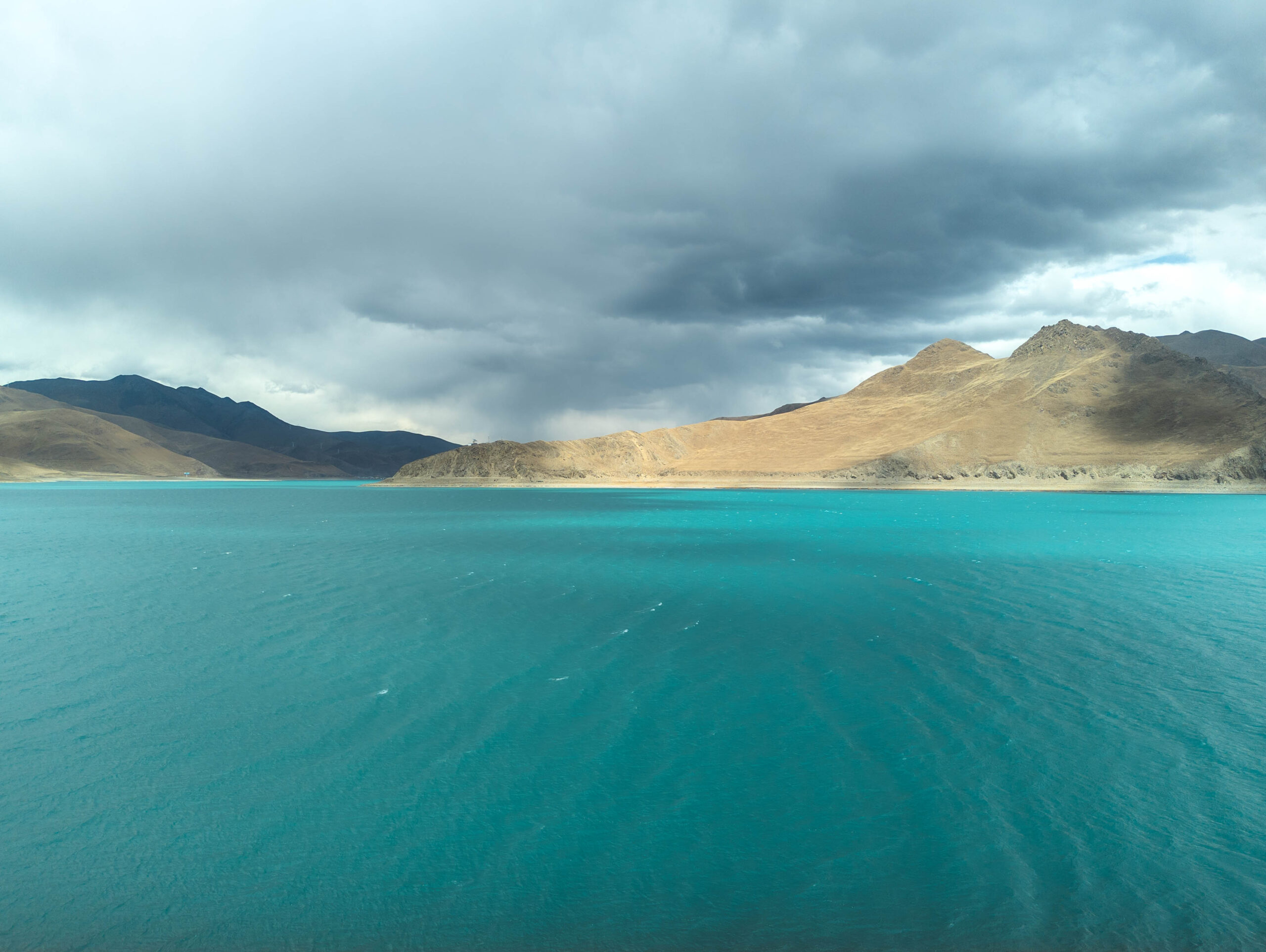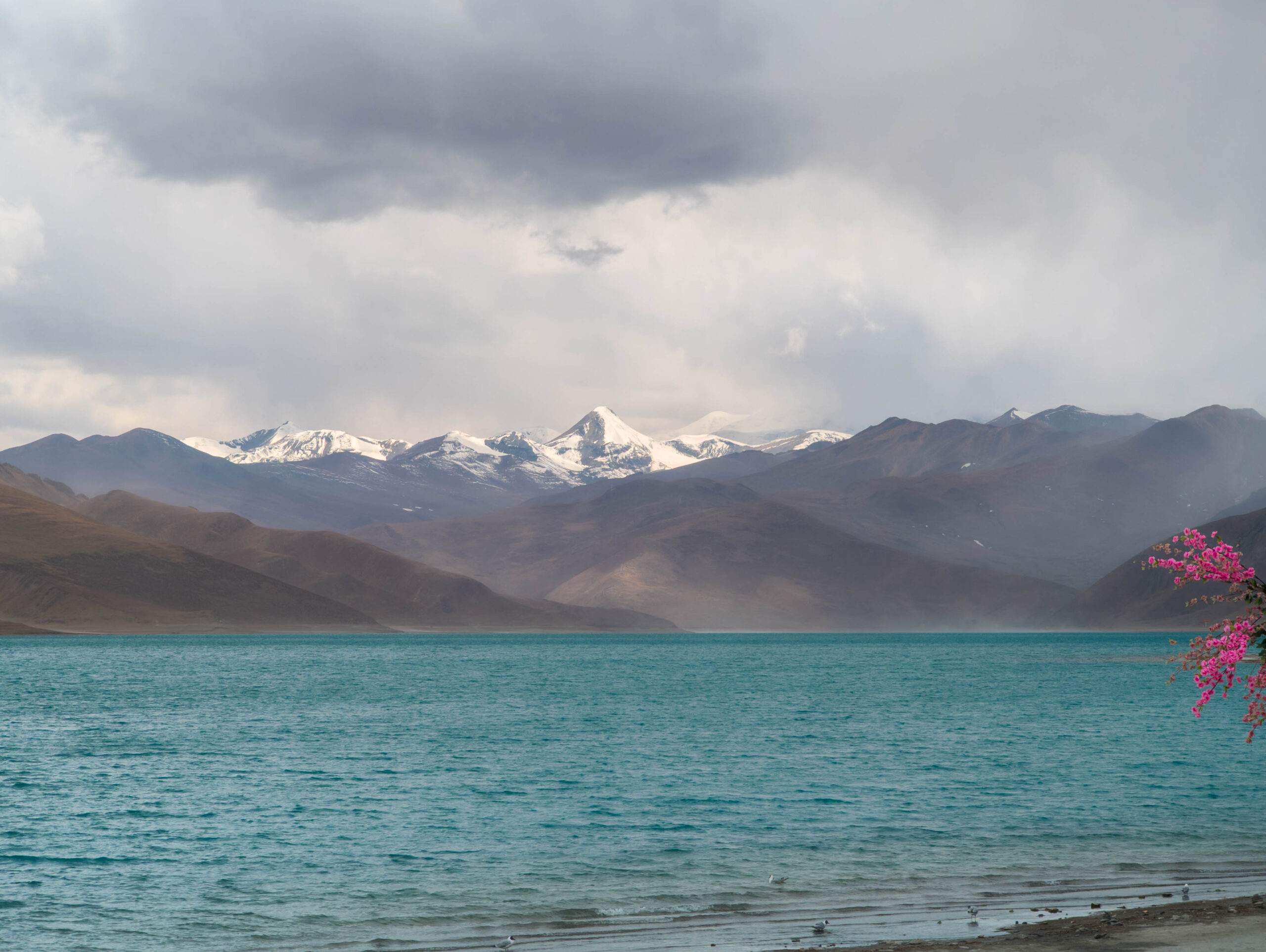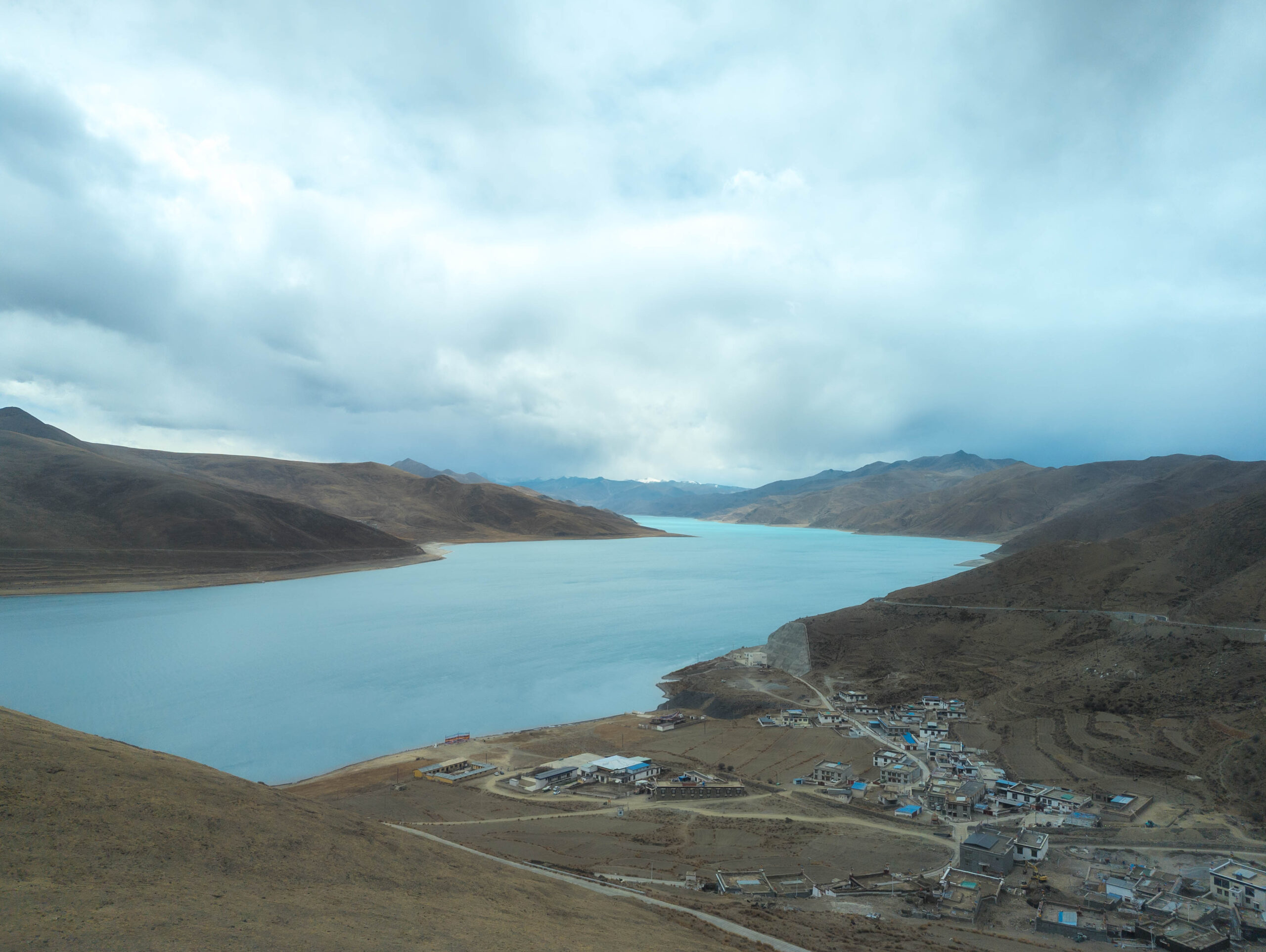Tibet
April, 2023The Roof of the World
My first attempt to visit Tibet, long in the planning, was abandoned in September 2022 due to – you guessed it – Covid-19. A sudden spike in cases (like, 5 people) meant that the entire province was shut down for tourism. I read about some hairy escapes of tourists who were already there having get across border checkpoints to Sichuan Province before midnight, or else be forced to stay for indefinite periods in dingy hotels.
However, by April it seems the miasma had lifted, and I was once again able to try to tick this off the bucket list. Billed as being eight days, it was more like six (since actually getting to and from this remote place is an adventure in itself). However, it was indeed worth every inconvenience.
Day 1 – Getting There
My mission to get to Tibet involved first arriving in Lhasa. From Xi’an you have two options: flying, or the overnight train.
I had been in Russia for a year, and always thought about taking the Trans-Siberian Railway. Being an easy thing to do from where I was, I – of course – never did it. It’s the ancient mistake of thinking you’ll do the conveniently easy thing later (pro tip: you never do).
Thinking I’m the kind of person who doesn’t repeat mistakes, I opted to take the train. The website showed impressive-looking locomotives barrelling through Tibetan tundra, and there was the promise of sit-down toilets and endless hot water. I was also persuaded by the argument that it gave my body some extra time to adjust to the altitude, as you get an extra twelve hours or so of gasping for oxygen while sitting around doing nothing, as opposed to doing it all at once in the Arrivals hall.
The train, the Z265, starts in Guanzhou on Friday and arrives in Xi’an on Saturday morning. By the evening it is in Xining, and then loops around towards the Tibetan Plateau. By the middle of the night you are several kilometres above sea level. You then have all Sunday to watch the scenery and cope with your headache, before you pull into Lhasa that afternoon.
If you’re all out of options, you can buy a seat for a few hundred RMB. But it’s difficult to imagine who would do this if they had any way around it. For a few hundred more, you can get a bed in a “hard sleeper”, which is six to a room. I, being a rich laowai, added a few hundred more to get a “soft sleeper”, which merely packs four into the same small space.
Boarding, I found the room empty and was able to stash my suitcase and bag under the bed, and claim my spot: the lower bunk on the left. I was soon joined by my travel mates who were also getting on in Xi’an: “Allen” from Hong Kong, who spoke a little English, and Susu and Yang, a pair of young ladies from Lanzhou who spoke none at all.
And so, we pulled out. Time passed. There was only one charging plug, and a diversity of devices with different cables, which required some negotiation using the international language of gesturing. I had packed a book, Iain McGilchrist’s The Matter with Things, which I had been reading on the plane to China a year before. Even at the time of writing, I’m still not finished with it, but trust me when I say it’s been worth the effort.
There was a flurry of tannoy announcements. Between them, Allen and Yang managed to convey to me the idea that we’d be changing trains in Xining, ostensibly to get a more modern, air-tight one the better to breathe.
We passed through river valleys, where roiling brown water carried sediment from Tibet to fertilize the soils of the middle kingdom. A woman in uniform wandered by hawking books filled with pictures. She latched onto me, and flicked through them, showing me yak and ibex and stations at 6000m above sea level. I naively thought she was just enjoying educating the foreigner, until I saw the space where my mugshot could be photoshopped onto the commemorative stamp. 500 RMB for the book. Susu puffed her cheeks, scandalised, and shook her head at me surreptitiously. “Hen gui” she said. Expensive. Not wrong. No thank you. Bu yao.
Changing trains in Xining was seamless – a sprint to the train directly opposite. The usual palaver of showing passport, ticket and Tibet permit to three different people who all ask questions I don’t understand, and then decide they don’t need the answer when they realize it won’t be forthcoming easily.
By now we’d bonded as a team and the four of us made light work of heaving suitcases into the small space available. The light outside was fading. Yang bought a lot of fruit from the trolley lady, and we passed an enjoyable evening teaching each other vocabulary for cherry tomatoes and cucumbers: there are many different types, it transpires.
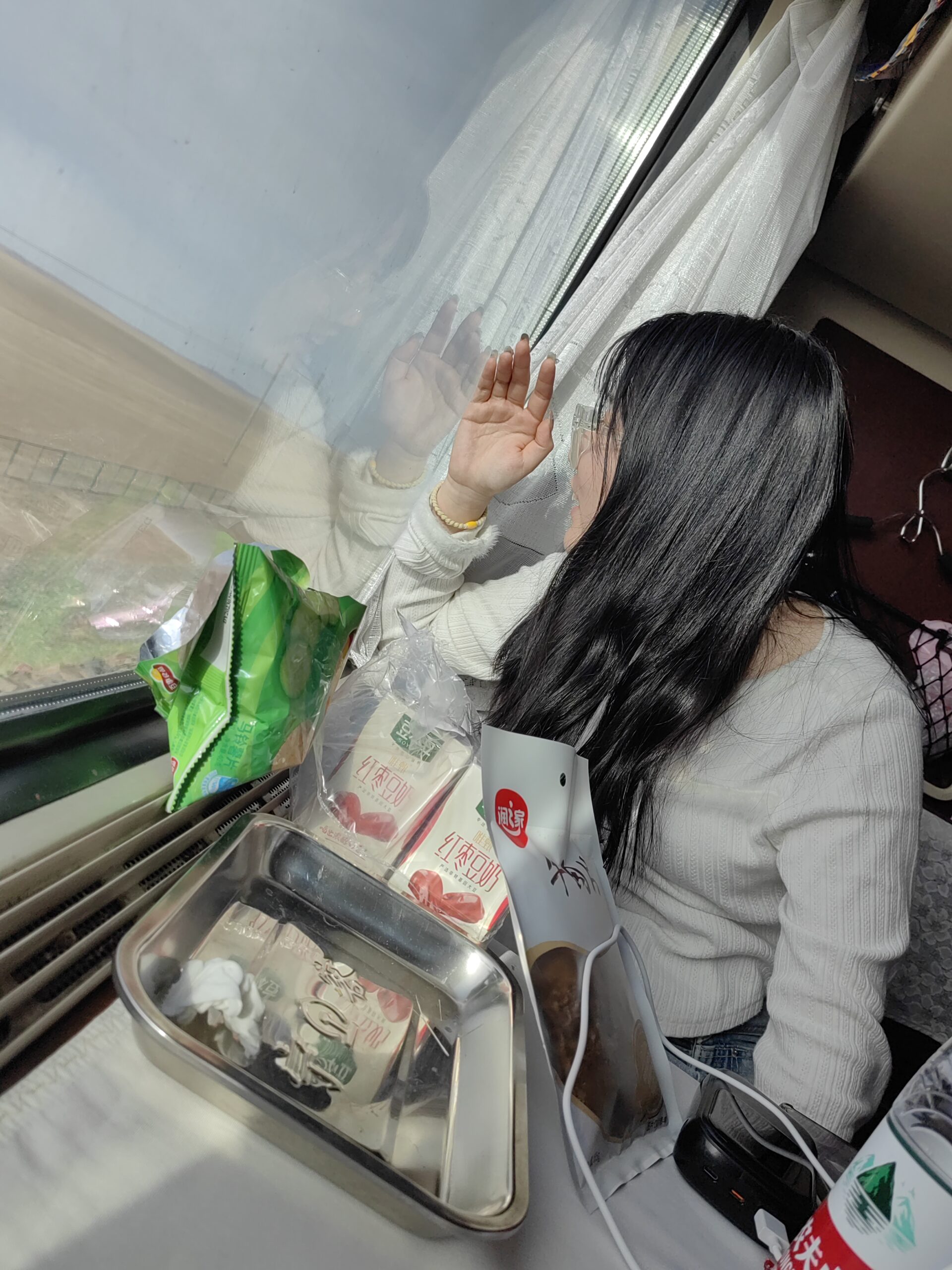
A young guy holding a map of China and a marker pen came around, asking us all to sign it. His girlfriend held out her phone with her Weixin QR code for us to scan, so we could all join a WeChat group dedicated to train car 10, Z265 to Lhasa, today’s date.
It’s a feature of life here to create Weixin groups and introduce yourself with one or two amusing stickers you got from other Weixin groups you were once invited to. In such a way the economy of Weixin stickers sustains itself. I grabbed a few more amusing dog animations from others’ introductions to use next time. The groups do not seem to serve any other purpose, but there is something very sweet-natured about them. Their sheer futility is poignant. Put a group of random Chinese people together, and they will self-assemble into a kind of collective identity through a Weixin group. Part of me wants to believe in the importance of this kind of thing.
At night we were supposed to be climbing onto the plateau created when the Indian tectonic plate began crunching slowly into the Asian one, some or other number of million years ago. It’s still pushing its way under Asia, every year raising the mountains a little higher. I remember a very restless night, a pounding headache and a severe stomach ache that originally I blamed on the cucumbers. I was dimly aware of us waiting stationary for an hour or so, then one, then two, then three trains thundering past the other way.
In the morning, on the table, I noticed Yang’s packet of cucumber flavoured Lays had expanded almost to bursting, which put a new perspective on the stomach pain. We must be at quite a pressure differential to wherever this bag was packed.
Outside, silhouetted against the light blue, pre-dawn sky, we could see jagged mountains.
Discomfort forgotten, we spent the morning snapping photos of the passing yaks, glaciers and astonishing, Martian landscape. Barren, brown ground scarred with frozen rivers. Tufts of grass and occasional herds of yak. In the distance on either side, mountains.
At last, increasing signs of civilization. Prayer flags flapping on the hillsides. Broken walls. A school. A group of farms. In the end, a city in a scooped-out basin between the mountains, colourful with flags and gaudy signs written in multiple languages. Lhasa.
Day 2 – Lhasa
Time to meet the group, and see some things around Lhasa.
There’s basically no other way to see Tibet than in an organised tour, so I had no choice but to join a group of others. I had mixed feelings about that: I’m used to doing things by myself, but I was quite enjoying the idea of not needing to figure anything out for myself and just go with the flow. There’s always the matter of whether your group will cohere, or contain one too many badly socialised misfits who spoil the experience. I try not to be that guy.
I was pleasantly surprised to find that there were no such (other) people in this group. A few solo travellers such as myself, and a couple of couples, but no two people from the same country gave a nice blend of experiences and languages around the bus.
Our first port of call was the Nyimathang monastery, perched high on a hill on the outskirts of Lhasa. This was my first time inside a Tibetan buddhist sacred site. I had come to Tibet partly to seek inspiration for my novel,working title: Akallaya’s Song, which features a new religion of my own creation, and this place was a gold mine of ideas.
From the cloth-bound sacred texts to the dazzling, brightly-coloured art on all the walls, there was little respite for the senses. My two biggest takeaways were the books themselves, which serve as inspiration for the book Delevin finds in his library, and the notion that some masters are reborn with memories of their past learning from these books, to be able to add to them later. I liked the idea of an inter-generational collaboration on these divine mysteries. Some of my favourite photos of the whole tour are the monks reading their scriptures on the doorsteps.
From there we descended the mountain a little, to a traditional village where we were able to see some typical time-honoured Tibetan houses. People scratch a living from this dusty soil, living in close proximity to their yaks and cows. We were invited into one family’s home to try yak curry and butter tea.
The final stop of the first day was the Sera monastery where the monks have their famous afternoon debates. We were able to witness this in action, although without much understanding of what was going on. Apparently, according to the guide, they are testing one another’s understanding of doctrine contained in the texts they’d been reading, with different gestures meaning they believe they’d given correct or incorrect responses.
By the evening, the altitude was getting to me and I was tired. I had just enough energy to walk up to the Potala Palace to see the sun set.
The Potala Palace is on the 50 RMB bank note, so it’s a popular tiktok trend to pull the camera back from a close up of the note, to reveal the actual palace behind. The plaza was full of young Chinese doing precisely that, or else pouring mineral water onto the floor in order to get a “Reflection” shot with the palace in the background and reflected in the water below.
Tomorrow we’d be going back, this time to go inside.
Day 3 – Potala Palace
By now, everyone was getting used to the altitude, and feeling a bit brighter and breezier. Just as well, perhaps, because today we’d be yeeting up the stone steps of the Potala Palace to see what’s inside.
The building as it currently looks dates from the 17th century, although at that time they extended the remains of an earlier building which was a thousand or so years older. It was intended to serve as home for the Dalai Lama, who represents (represented) both spiritual and political power in Tibet, a bit like the concept of the Lords Spiritual and Lords Temporal in London. The buildings with a white exterior are supposed to be for political functions, while the dark red ones, the colour of the monks robes, are meant to be the location for spiritual matters.
There was quite the queue to get in, and each section of the palace was controlled by a time limit to prevent people lingering too long and clogging up the arteries of the place.
Taking the stairs you are rewarded with views of the city and its surrounding mountains. Inside there are a succession of rooms, each furnished in dark woods painted with the striking imagery of Tibetan buddhism. One room contains what are alleged to be the palm prints of one of the incarnations of the Dalai Lama, his palmistry showing his unusual fate.
As you progress higher and enter the religious buildings photographs are prohibited. There are large pillared rooms, filled with bronze and gold buddhas and the occasional monk sipping tea and reading books. I saw one sneak a lollipop to a little girl as she passed.
The absence of the Dalai Lama hangs in the atmosphere like incense smoke. No one speaks of it, except to say that this is his audience room, these are his private quarters, this is where he watches the monks debating.
The Potala Palace is an incredible place. No one can doubt its history or its spiritual importance. But something didn’t sit right with me. Many places in China (and elsewhere) feel commodified, as if you just have to walk through a turnstile in order to check it off a list. It no longer feels like a place to grow wise in.
Back downstairs, among the tourists were actual pilgrims doing their “kora” around the site, spinning the prayer wheels. It felt good to be among people for whom this place meant something.
Then for lunch on a rooftop restaurant, where we sat among monks enjoying the view and taking photos of the food on their phones, presumably to post to their WeChat moments, which is not something I expected to see monks doing. But that just goes to show what I know.
Then onto another temple, this time Jokhang, another spectacular but dizzying array of colourful sky kings and stern looking Buddhas of energy.
I had thought there was only one Buddha, the guy who found enlightenment. Once again, it just shows how little I know. There are many of them: angry-looking blue ones, female ones. I should have done a primer on Tibetan Buddhism, in order to understand more of what was going on.
Outside, people were busy prostrating themselves in front of the temple: mostly elderly types going through ritual purification. I didn’t see many youngsters engaged in such things, or even spinning the prayer wheels.
We spilt out onto a busy tourist street, filled with shops selling garlands and prayer wheels. I was in the market for a singing bowl, so went for a browse. Tomorrow was going to be a long drive.
Day 4 – Shigatse
The next day we left Lhasa behind, and followed a dry river valley surrounded by mountains, some of them snow-covered. The river winds its way through the Himalayas, emerging into India as the Brahmaputra.
The mountains seemed made of boulders and rocks packed together only by dust. The blue grey water seemed motionless, except for occasional rapids. Black birds of prey circled overhead.
Running down the sides of the mountains were deep, black crevasses, the tracks of ancient rivers or thousands of years of summer rains, I could not tell.
Occasionally, as the bus turned another corner we could catch a glimpse of a pristine, white-sanded beach next to the river, sheltered by an overhang of rock. A perfect place, almost impossible to reach.
Have you ever wondered how incense is made? Neither had I, until we stopped at a village where this very thing was going on. A bizarre contraption powered by a water wheel was grinding trees to a pulp. The mash was collected and dried into bricks, and scent added, and blocks of it sold on TaoBao and Ali Express.
The shop seemed to be closed, everyone in town was at a wedding so it seems. So back on the road, for a few more hours of the other-wordly scenery.
Finally we arrived in a recognizable city with all the old familiar Chinese brands: Dico takeaways and the like: Shigatse.
Shigatse itself is a small city, dominated by another monastery and a miniature version of the Potala Palace. We walked clockwise around the back of the monastery and below the palace, watching elderly folk engaged in the same ritual, and artisans carving mantras into slate and yak horns.
Shigatse felt less “commodified” than Lhasa, although there were still markets filled with hawkers trying it on in English and a half dozen other languages.
We walked a “kora” – a clockwise walk around the outskirts of another monastery, taking in commanding views of the city and mini-Potala. Artists chipped away at slate, carving prayers and dedications onto them for sale, or for leaving around. Yak horns bore mysterious inscriptions. It was all very ethereal and wonderful. The altitude sickness had gone, at least for now.
After a hotpot it was time to crash for a few hours: another long journey lay ahead, to Everest Base Camp on the Tibet side.
Day 5 – Everest Base Camp
And so an early start, and just taking enough to survive for one night at the Base Camp, we settled in for another long drive. The driver finally allowed some music: Bob Marley, for some reason.
We stopped off at a service station, a landmark on the so-called “Friendship Highway” which stretches across China from Shanghai to Tibet. Cows wandered around the stalls. A few stallholders tried to sell more trinkets. Onwards, and upwards.
The bus kicked up plumes of dust several times as it was forced to go off-road around reconstruction works.
We pulled up a number of mountain passes, the road snaking in long S-shapes. At the top we could pause to take in the view of the distant snow-capped Himalayas, and have weather-beaten hawkers try to sell us singing bowls and prayer flags.
By this time people were getting affected by headaches again, and the guide had to distribute some personal oxygen tanks to reduce some of the nausea.
After another five or six hours of driving we came to a kind of portal where we had to change buses for a more eco-friendly model, the better to approach the Base Camp. Our little tour group were swamped by hundreds of Chinese waiting to board, fleets of green buses snaking through the mountains.
Finally they stopped and we were there, gasping on the thin air.
We had been assigned a couple of tents with a wooden frame, hung with furs. It was perishingly cold: yak dung fires kept the huts warm when close to them. But I wanted to go and see the mountain. Crunching down the gravel we passed the world’s highest China Post office (complete with yak outside) and, coming round the corner, finally saw it: the epic slopes of the highest mountain on Earth.
Unfortunately for me, it was covered in cloud: obviously some terrible snowstorm going on up there. Luckily, climbing season wasn’t yet in progress so presumably no one was up there. It was brain-freezingly cold, so I decided to abandon the attempt at getting a shot of the mountain until sunrise.
It was a cloudless and starry night – deep constellations and shooting stars. The Chinese guests stayed up until late, singing and playing tinny music on their phones. I wanted an early night, the better to wake up early.
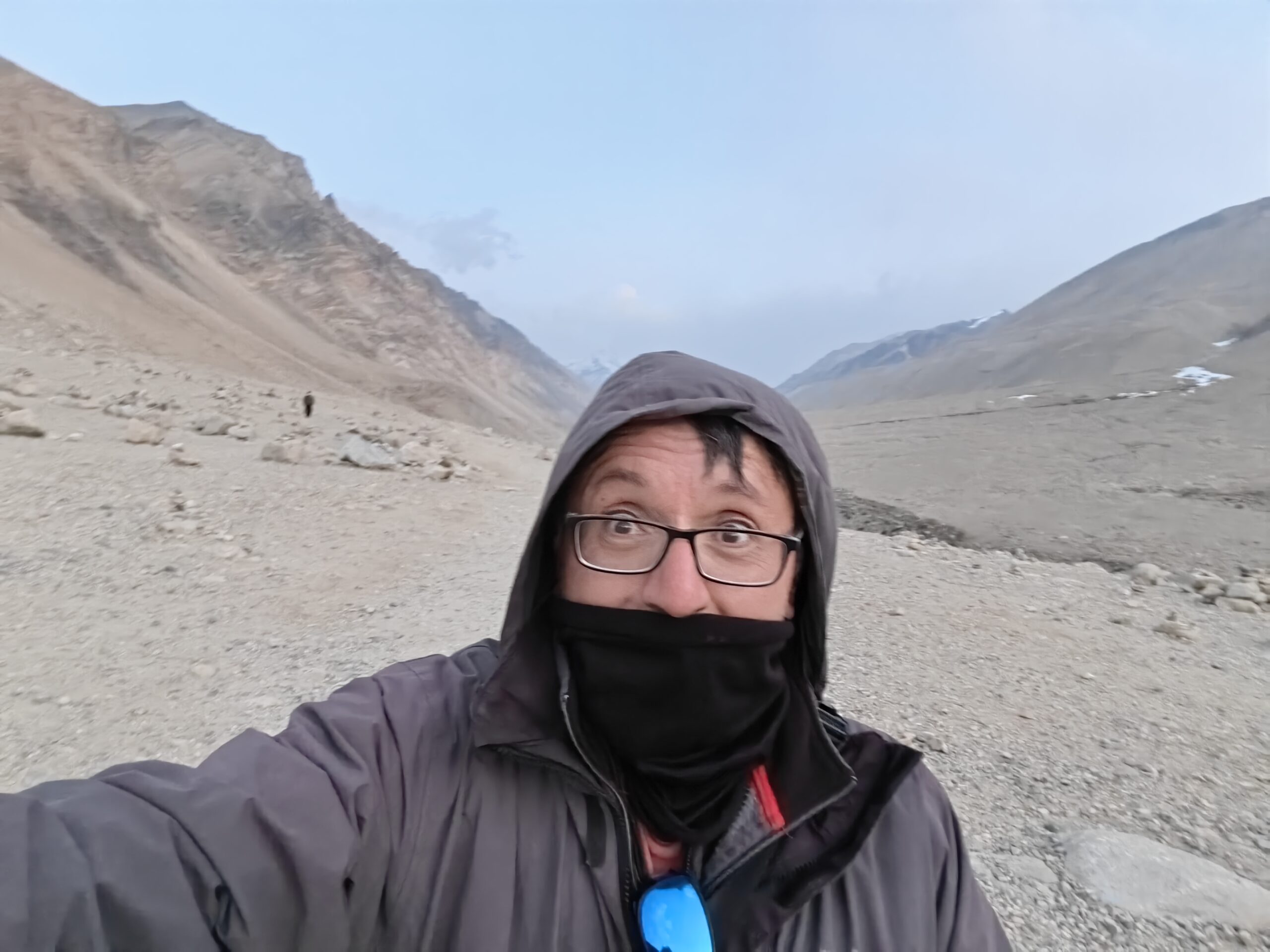
Days 6 & 7 – Yamdrok Lake, Noijin Kangsang
I’d be lying if I said I slept well. The yurt turned out to have a springy bed, and I didn’t discover that my room had a heater until long after the need had passed. I “slept” in about four layers of clothing, listening to the Chinese techno music outside.
I’d set my alarm to alert me one hour before sunrise to give me time to perform my ablutions and then get down to the place I’d been the day before to see sunrise over the mountain. I was awake long before that, though, and ready to go.
Thankfully the clouds had parted and – although it was still hand-and-head-freezingly cold, I managed to find a good spot from where I could see the summit. I set up my GoPro to catch a timelapse.
I couldn’t have wished for a more magical or spectacular view of it. A small dusting of cloud (a “banner cloud”) was forming on the lee side of the peak, a result of the winds whipping around the summit and creating a low pressure zone.
Breakfast, and then it was time to leave.
There was a long way to go, to get back: first to Shigatse and then to Lhasa. One of the party had a flight the following night, so we took a few shortcuts, but still had time to see some more sights.
Crossing back over the same passes we had crossed the day before, we were this time able to see the range of the Himalayas arrayed in the distance, magnificent and capped in snow.
On the road back to Shigatse we meandered through empty roads, close to the border with Bhutan. Apparently the borders with Nepal still had not been re-opened since the Covid-19 pandemic, which caused some difficulties for the local Tibetans, who share family bonds and cultural ties with those on the other side of the mountain passes.
Water levels were relatively low after the winter dry season, but we stopped at Simila Lake to take in some magnificent views of glorious aquamarine. If health was a liquid, it would look that colour.
Then our next stop was the magnificent Noijin Kangsang mountain, beautifully proportioned black rock, capped in white snow under a clear blue sky.
Of all the beautiful mountains I saw here, including Everest, I think this was the most memorable. Perhaps just because from this angle it was standing there in glorious isolation, without the tourist buses.
The buddhist art and the stupas took on a more spiritual aspect than the mere curiosities they sometimes appeared in more touristy contexts: just you and the cold and the wind and the stark beauty of nature.
There was a tourist-y stop too, with a “yak model” dressed up for photos for a fee. While the owner was distracted, I managed to take a snap.
Our next stop was the Kharola glacier, which descends from Noijin Kangsang: a steady hike up to a lake where the ice meets the water.
Our final stop was Yamdrok – an enormous lake, which was as impressive as anything else we had seen here. If anything, we were exhausted by all the natural beauty we had seen over the past few days.
Sadly, it clouded over by the time I could get the camera out, so I couldn’t capture its sparkling blues that I’d seen earlier from the bus. But still, with the white-capped mountains behind, it made for a fantastic subject.
Soon we were back throwing up dust again doing the off-roading to avoid the roadworks coming out of Lhasa: back to familiarity. Lhasa being a few thousands metres lower than where we’d been, this time we had plenty of oxygen.
Early next morning and it was time to go. This time I opted to fly: probably a wise decision. Another 35 hours of looking at the scenery might not have left me wanting more, but as it was I felt like I had seen plenty, just not enough.
I don’t know if life will ever bring me back to Tibet. I doubt it. I’m glad I did this tour, which was magnificently well organized, and which gave me the chance to witness such things first hand. Thank you Luki at Yellowbird, for making it come true!
